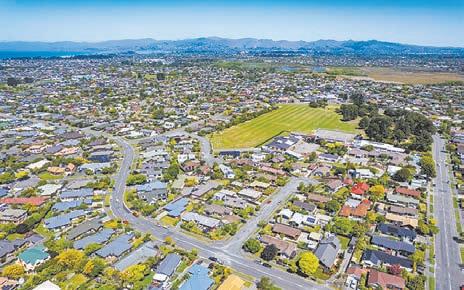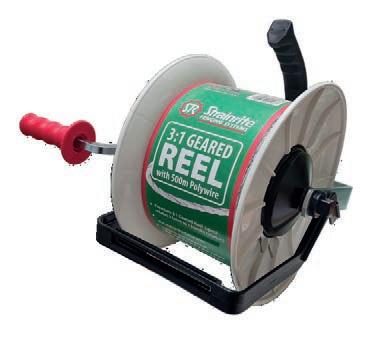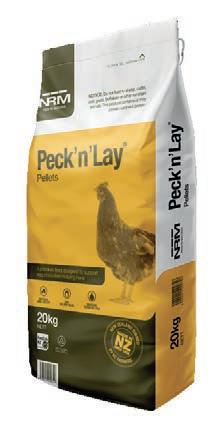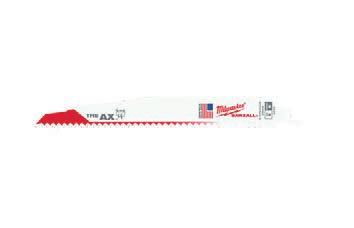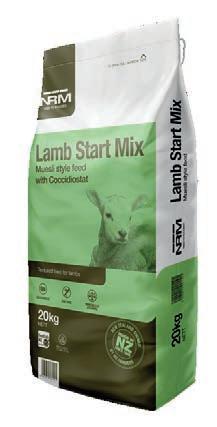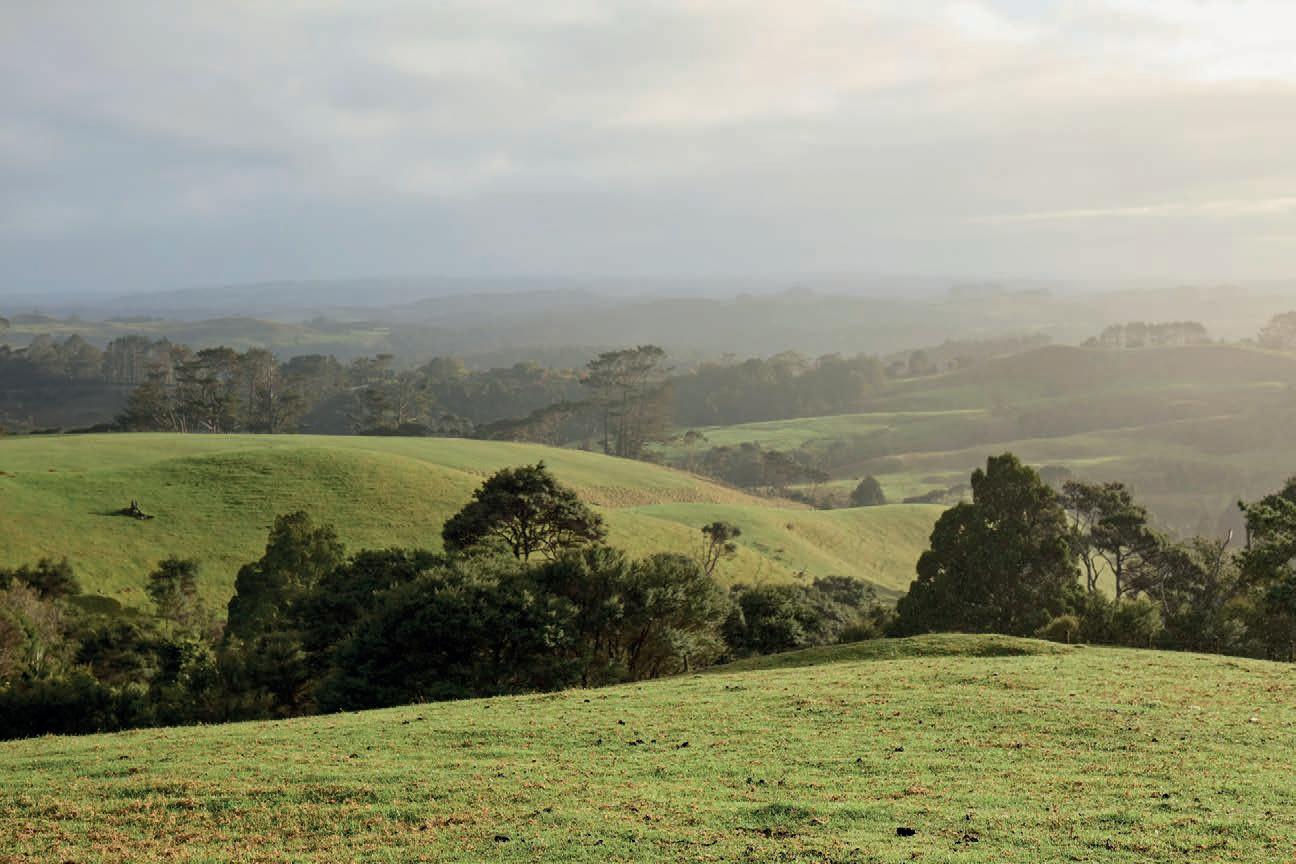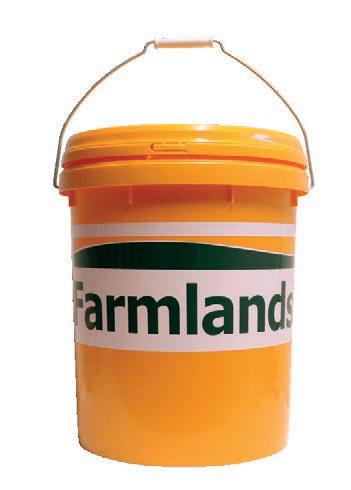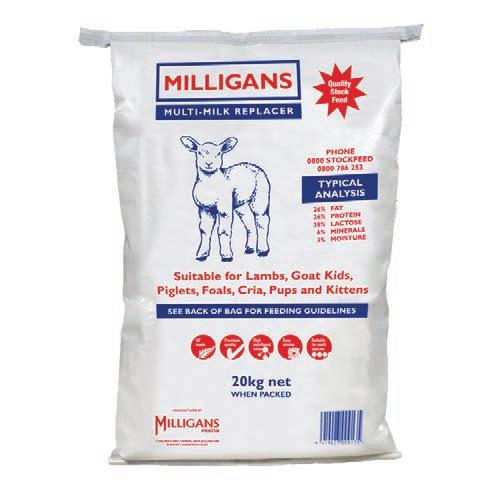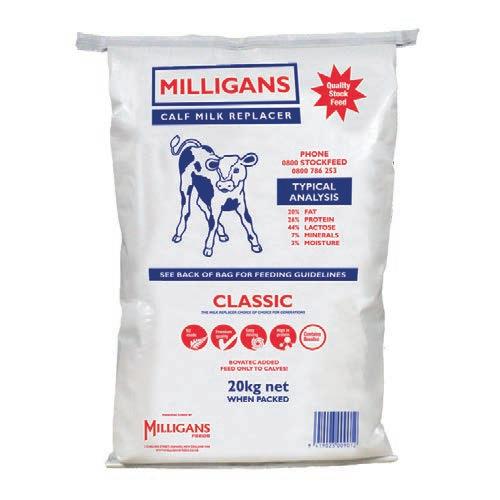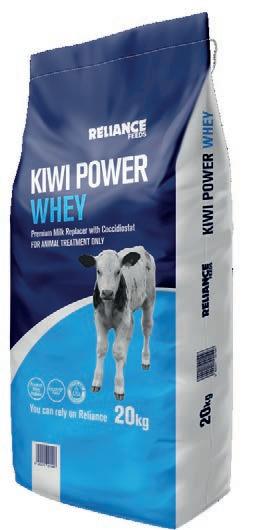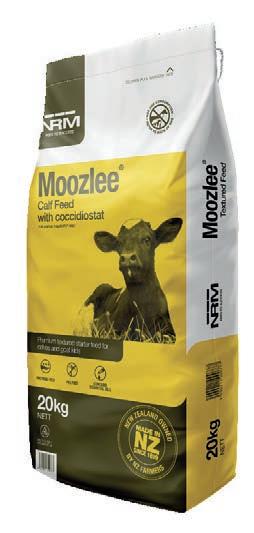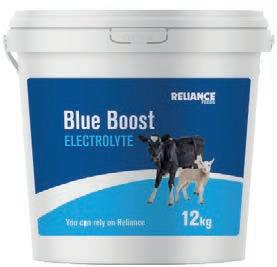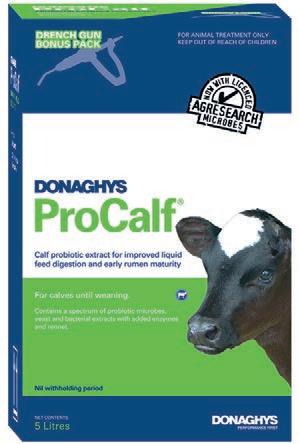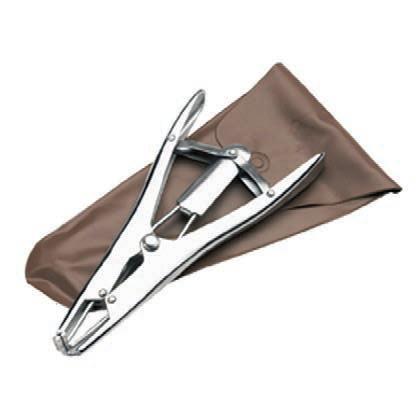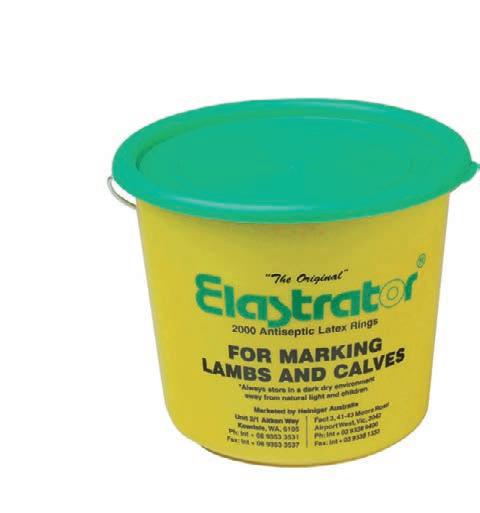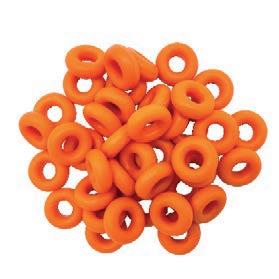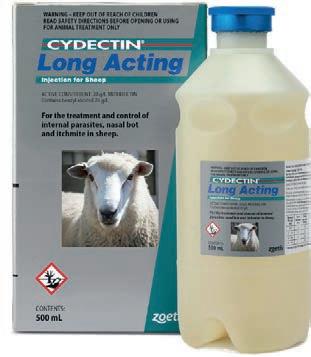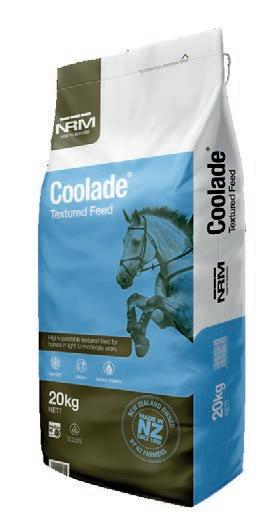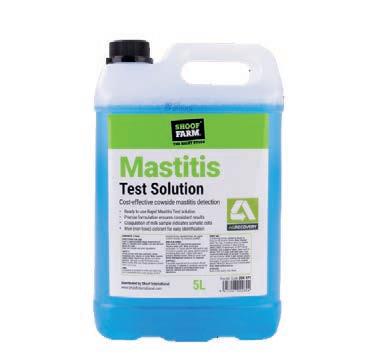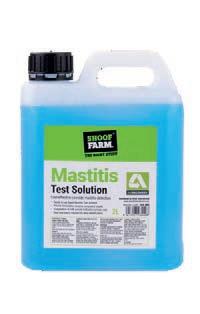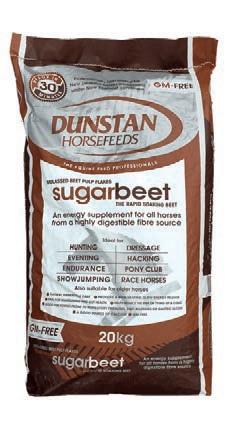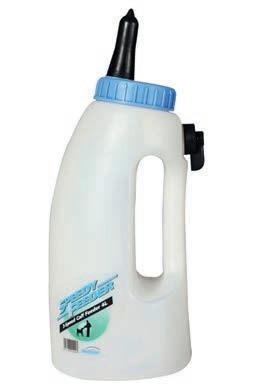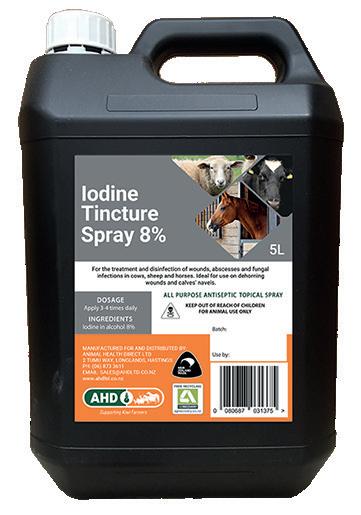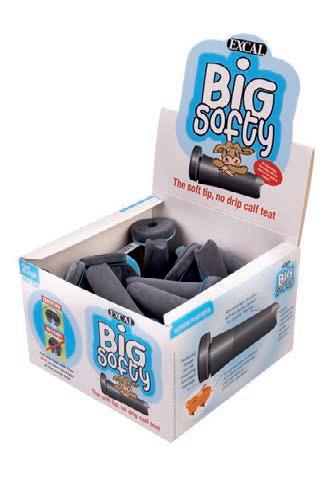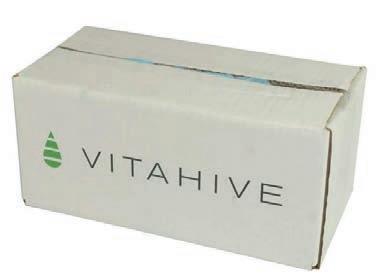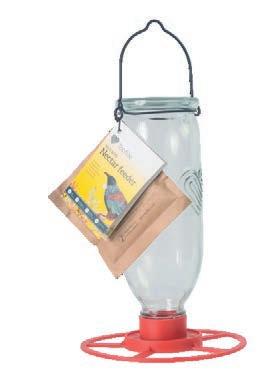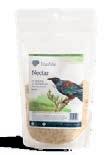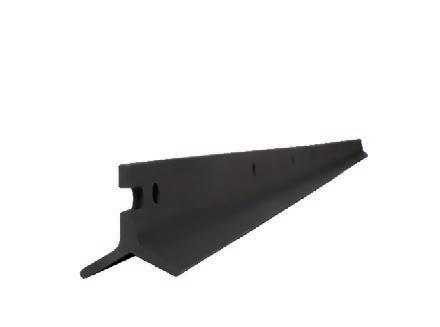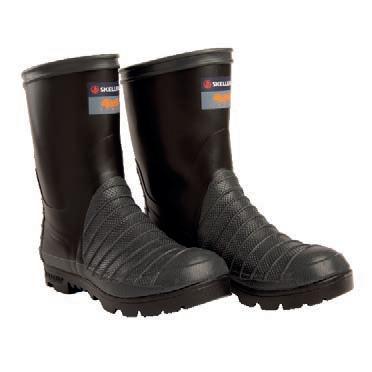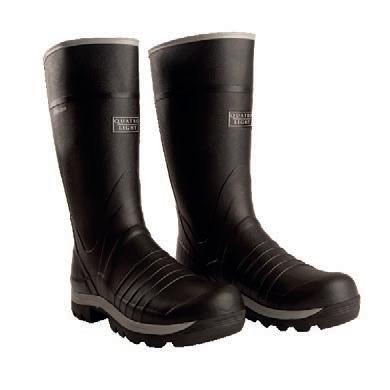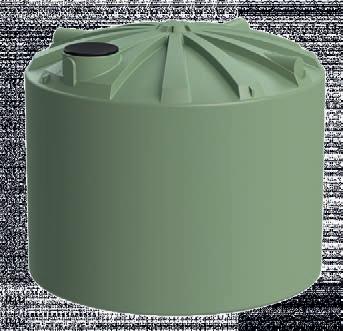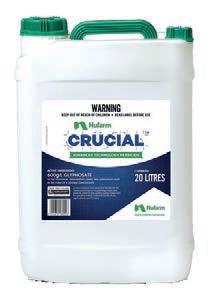



E n t e r t h e a w a r d s t o
h e l p c e l e b r a t e o u r
f a r m e r s , g r o w e r s
a n d c o m m u n i t i e s . 2 0 2 5






“ We ’re re a lly ha p py to have a s u cce s s i o n p la n fo r t h e yo u ng e r m e m b e rs of t h e fa m i ly ”






E n t e r t h e a w a r d s t o
h e l p c e l e b r a t e o u r
f a r m e r s , g r o w e r s
a n d c o m m u n i t i e s . 2 0 2 5






“ We ’re re a lly ha p py to have a s u cce s s i o n p la n fo r t h e yo u ng e r m e m b e rs of t h e fa m i ly ”


TNigel Stirling NEWS Markets
HE long wait for exporters for a Middle Eastern free trade deal looks to be nearly over.
Frustrated by the Gulf Cooperation Council’s (GCC) refusal to finish a deal largely completed in 2009, the Labour government in September last year began exploring the possibility of a separate agreement with the United Arab Emirates, the second largest economy of the oilrich club’s six members.
Formal negotiations began under the National-led government in May, and after just two rounds of talks, an agreement is now in sight.
Trade Minister Todd McClay picked up where officials left off when he met his opposite number in the UAE on his way home from the G7 meeting of trade ministers in Italy last month.
“There are just a couple of issues where each side has a different approach to things, where ministers engaged to find a way through,” McClay told Farmers Weekly.
“We have mandated negotiators to pull out all the stops and I am optimistic we can get there by the end of the year.”
McClay said there is nothing to suggest market access for dairy and meat will prove to be
stumbling blocks for the UAE as they so often are in New Zealand’s trade negotiations.
“It is approach and language rather than anything significant.
“In some cases we have been able to say we can accept some of the way they do things and others ours or let’s look for new ways.”
While its population of 10 million people is not large, significant oil revenues and earnings from its sovereign wealth funds make it the 19th richest country on the planet on a per-
We have mandated negotiators to pull out all the stops and I am optimistic we can get there by the end of the year.
Todd McClay Trade Minister
capita basis.
Exports to the UAE from NZ rose 8% in 2023 to $1.04 billion, dominated by dairy products.
Dairy Companies Association of NZ executive director Kimberly Crewther said the UAE is the industry’s 10th largest market.
Tariffs on dairy imports are bound at 5%, which if applied across the $744 million of dairy products imported into the UAE in
Continued page 3

Sunburn, blisters and a lot of hard graft earned New Zealand fencers Mark Lambert, left, and Jeff Joines the top fencing title at the National Sheep Association Sheep Event in Malvern, England.
NEWS 5
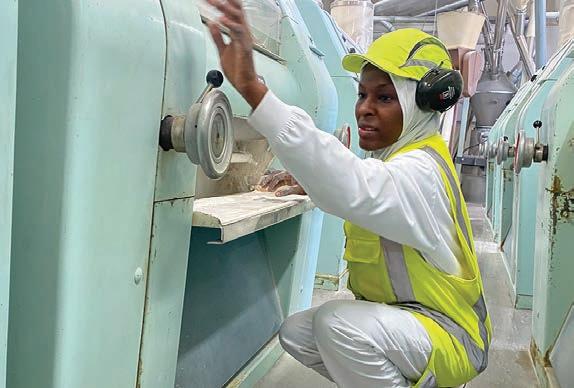
ORC given a serve by govt for delays in revealing the cost of its proposed water plan.
NEWS 3
Huzeinat Shidi from Nigeria has made history by becoming the first female miller to be employed in New Zealand, working for Champion flour manufacturer.
ARABLE 16-19
Choosing where and how to compete will help athletes and exporters, Phil Weir says.
OPINION 13
Elisa Harley is the brains behind a range of biodegradable plant pots –at the age of 17.
TECHNOLOGY 15


Bryan Gibson | 06 323 1519
Managing Editor
bryan.gibson@agrihq.co.nz
Craig Page | 03 470 2469
Deputy Editor craig.page@agrihq.co.nz
Claire Robertson
Sub-Editor claire.robertson@agrihq.co.nz
Neal Wallace | 03 474 9240
Journalist neal.wallace@agrihq.co.nz
Gerald Piddock | 027 486 8346
Journalist gerald.piddock@agrihq.co.nz
Annette Scott | 021 908 400
Journalist annette.scott@agrihq.co.nz
Hugh Stringleman | 09 432 8594
Journalist hugh.stringleman@agrihq.co.nz
Richard Rennie | 027 475 4256
Journalist richard.rennie@agrihq.co.nz
Nigel Stirling | 021 136 5570
Journalist nigel.g.stirling@gmail.com
PRODUCTION
Lana Kieselbach | 027 739 4295 production@agrihq.co.nz
ADVERTISING MATERIAL
Supply to: adcopy@agrihq.co.nz
SUBSCRIPTIONS
0800 85 25 80 subs@agrihq.co.nz
PRINTER
Printed by NZME
Delivered by Reach Media Ltd
Andy Whitson | 027 626 2269
Sales & Marketing Manager andy.whitson@agrihq.co.nz
Andy Whitson | 027 626 2269
Auckland/Northland Partnership Manager andy.whitson@agrihq.co.nz
Jody Anderson | 027 474 6094
Waikato/Bay of Plenty Partnership Manager jody.anderson@agrihq.co.nz
Palak Arora | 027 474 6095
Lower North Island Partnership Manager palak.arora@agrihq.co.nz
Omid Rafyee | 027 474 6091
South Island Partnership Manager omid.rafyee@agrihq.co.nz
Julie Gibson | 06 323 0765
Marketplace Partnership Manager classifieds@agrihq.co.nz
Andrea Mansfield | 027 602 4925
National Livestock Manager livestock@agrihq.co.nz
Real Estate | 0800 85 25 80 realestate@agrihq.co.nz
Word Only Advertising | 0800 85 25 80 Marketplace wordads@agrihq.co.nz
Dean and Cushla Williamson Phone: 027 323 9407 dean.williamson@agrihq.co.nz cushla.williamson@agrihq.co.nz
Farmers Weekly is Published by AgriHQ PO Box 529, Feilding 4740, New Zealand Phone: 0800 85 25 80 Website: www.farmersweekly.co.nz
ISSN 2463-6002 (Print) ISSN 2463-6010 (Online)
. 24-25
26-27
27
28-33

Otago Medical School’s Acting Dean, Professor Tim Wilkinson, says
Whole milk powder prices lifted the Global Dairy Trade price index 0.5% in the latest auction.
After a three-week gap, the GDT platform produced a mixed bag of price movements for different dairy commodities. WMP was up 2.4%, lactose 16.1%, butter milk powder 3.4%, cheddar 1.3% and anhydrous milk fat 1.2%. The falls were skim milk powder, down 2.7% and butter, down 2.4%.
John Rae has been named the new chair of Pāmu and Sarah Paterson a director.
Rae replaces the late Warren Parker, who died in December. Deputy chair Nigel Atherfold has been filling in the role while the shareholding ministers make their appointments.
New Zealand red meat exports fell 7% to $9.9 billion in the year to the end of June, reflecting lower prices in China. The value of exports to China fell 32% to $2.86bn. It took 29% of our meat exports for the year, well down on the 39% it took in 2022-23. Total sheepmeat sales increased 3% for the year to 389,509 tonnes, but weakness in the Chinese market saw its overall value fall 9% to $3.59bn. Total beef exports increased 3% to 511,736t but fell 4% in value to $4.42bn.
The Overseas Investment Office has approved Inghams Enterprises’ purchase of Bostock Brothers’ organic chicken business.
The $35.3 million purchase by the Australasian poultry giant was first announced by the company in March. Established in 2014, Bostock Brothers Limited is the only certified organic producer of poultry in New Zealand. Its operations are in Hastings.


Neal Wallace NEWS Environment
THE Otago Regional Council has been given a serve by Environment Minister Penny Simmonds for continual delays in revealing the costs of its proposed Land and Water Regional Plan.
The plan, which is being progressed under freshwater management regulations that the government is about to rewrite, has been roundly criticised by farming groups and district councils.
They are angered by policies prohibiting the mixing of water between waterways, 5m fencing setbacks from waterways and prioritising discharge to land over water.
Council chair Gretchen Robertson said this criticism is premature as final decisions have not been made and the council is still open to submissions.
Robertson said some district and city councils have calculated the cost of the proposed Land and Water Regional Plan (LWRP), but an economic impact report, required by the Resource Management Act, is being done.
The Clutha District Council has calculated the cost of upgrading its water infrastructure at $611 million and the Central Otago District Council $110m for upgrading Alexandra and Clyde alone.
In a letter to Robertson, Simmonds requests detailed costs of the proposed LWRP and its impact on ratepayers once the National Policy Statement on
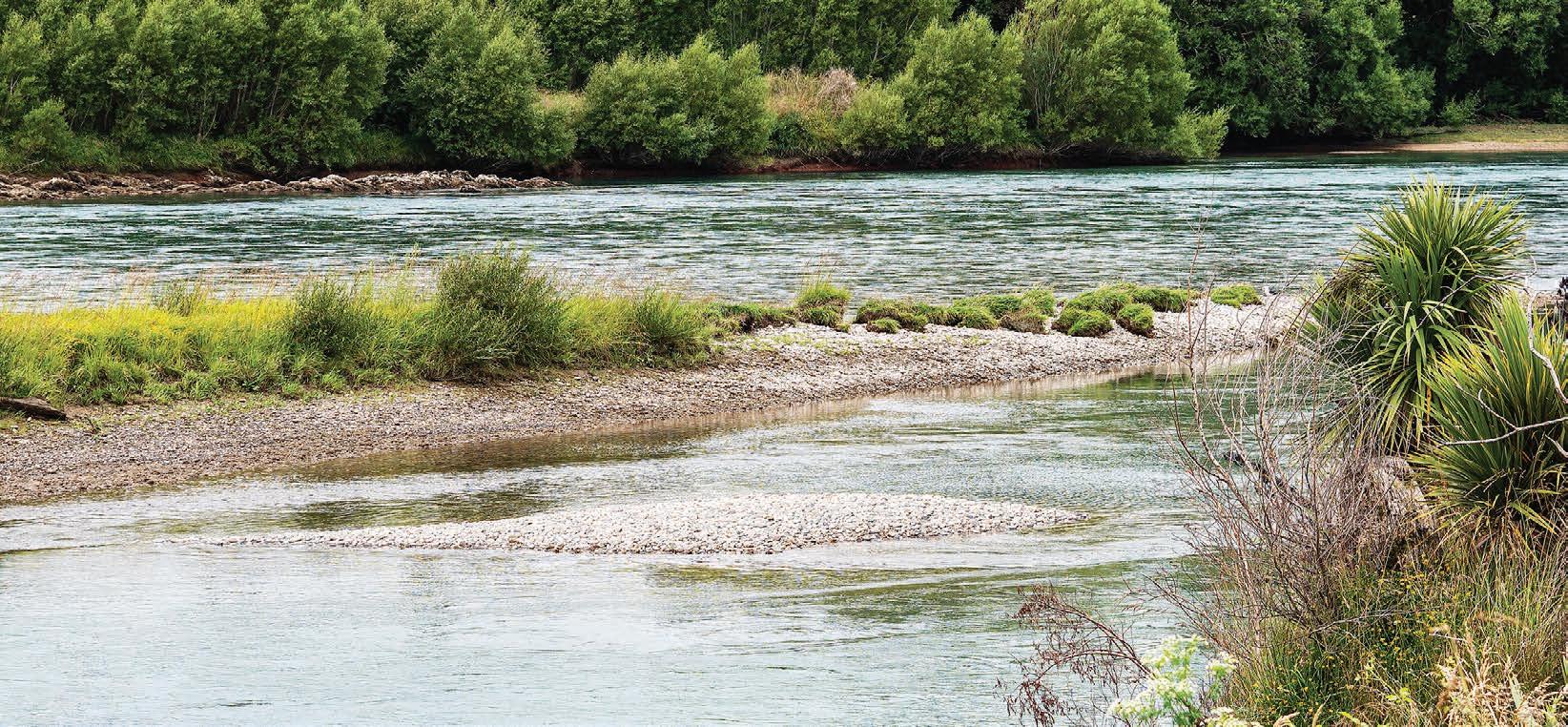
COSTS: ORC chair Gretchen Robertson said some district and city councils have calculated the cost of the proposed Land and Water Regional Plan (LWRP), but an economic impact report, required by the Resource Management Act, is being done.
Freshwater has been reviewed and replaced.
“Given I specifically requested information on the costs I would have expected such information to have been made available to me,” the minister writes.
“I also expect it to be made available to Otago ratepayers.”
Otago Federated Farmers president Luke Kane described the minister’s letter as a strong directive, noting it is not the first she has sent.Kane said once the LWRP is notified the only way to make changes is through the courts.
This seems to be a giant waste of money for the sake of six to nine months, when the new policy comes out.
Luke Kane Federated Farmers
“This seems to be a giant waste of money for the sake of six to nine months, when the new policy comes out.”
He described the debate as destructive.The plan as proposed restricts the mixing of water between water bodies. While not banned, such practices will be phased out.
Kane said this is the council’s interpretation of Te Mana o

REFORMS to the way water infrastructure and services are funded, unveiled last week, will reduce pressure on council finances, says Local Government New Zealand.
The government’s Local Water Done Well programme establishes council controlled organisations (CCOs) that can borrow more than currently from the NZ Local Government Funding Agency (LGFA) for investing in water services.
“LGFA has confirmed it can immediately begin lending to water CCOs that are financially supported by their parent council or councils,” said Local Government Minister Simeon Brown.
“LGFA will support leverage for water CCOs up to a level equivalent to 500% of operating revenues – around twice that of existing councils – subject to water CCOs meeting prudent credit criteria.”
Brown said by using debt to
spread the costs of long-term assets, councils can invest for longterm growth and pay back their debts across the lifetime of new assets.
It also means the costs of those assets are paid for by those who use them, rather than pushing costs onto current ratepayers. Brown wants councils to work together to achieve greater efficiency and access those borrowing channels.
Our expectation is that councils will now use this certainty and the additional borrowing capacity to reduce pressure on ratepayers.
Simeon Brown Local Government Minister
“Our expectation is that councils will now use this certainty and the additional borrowing capacity to reduce pressure on ratepayers while being able to invest in the critical water infrastructure NZ needs.”
Local Government New Zealand (LGNZ) vice-president Campbell Barry said the news would be welcomed by councils that are financially constrained.
“Without reform, the pressure on council finances and on our essential infrastructure would continue to be completely unsustainable.”
However, even with these changes, CCOs will still be constrained by consumers’ ability to pay for water services, he said.
Commerce and Consumer Affairs Minister Andrew Bayly said the structure ring-fences water revenue for water services, preventing councils from siphoning those funds for other priorities or pet projects.
He said the Commerce Commission will oversee the regulations and be given regulatory tools, including mandatory information disclosure.
An LGNZ-commissioned report by Infometrics in March found that sewage systems are 30% more expensive to build and water supply system are 27% more expensive to build than they were three years ago.
Te Wai, the freshwater quality element of current regulations that are being reviewed.
Robertson said the draft policy limits future cross mixing of water as does the current regional water plan.
A proposed 5m fencing for livestock, except sheep, on waterways 1m in width, will require existing fences that are closer than 5m to be moved.
The original proposal was for 10m fencing setbacks.
Kane described this as policy by the stroke of a pen that lacks supporting evidence justifying why fences should be set back 5m.
The policy also favours discharges of treated wastewater
Continued from page 1
the year to March, would have cost exporters $34m. The actual level was likely to be lower, however, as the upper limit was not applied to all products.
Crewther said while the UAE’s dairy tariffs are low by global standards, it would be valuable to formally lock these in at zero.
Meat exports to the UAE were $47m in 2023, making it the second largest GCC market after Saudi Arabia.
Of this, $31m was chilled beef, making the UAE the fourth largest market globally for the high-value category behind the United States, China and Japan.
Chilled beef and lamb currently pay no tariffs, and it is hoped the impending free trade agreement will extend that privilege to frozen beef and lamb, according to industry spokespeople.
The UAE has signed a dozen free trade deals since 2021, five of which are already in force.
This is in contrast to the GCC, where progress continues to be slow going.
Negotiations there have resumed but McClay said there is no certainty of success.
When he was in Opposition, McClay blamed the Labour government for inserting its
to land but Robertson said it acknowledges the practicality of discharging to water when land discharge is not feasible.
“New systems will be held to higher standards.”
She said the council’s 20-yearold current land and water plan is not fit for purpose, a point noted by an independent investigation.
She said the council is following the government’s directive and has been working on a replacement plan for five years
The government has told councils they have until 2027 to notify their plans which will include changes it intends making to the National Policy Statement on Freshwater.
sustainability-focused Trade for All objectives into the negotiation for stalling talks that had first begun in 2007.
McClay’s predecessor, Damien O’Connor, rejected the claim, saying GCC kingpin Saudi Arabia’s growing ambitions for its own dairy industry were behind the club’s reluctance to complete a deal.
McClay most recently met GCC ministers in May. He said dairy self-sufficiency wasn’t raised with him.
“It is not an issue that has been raised with me but there are a number of things they want to produce that we will be sensitive to as is always the case.
“One or two of the countries do have a dairy industry of sorts but ultimately the others do want to import so it is just a matter of the GCC getting the balance right.
“It is more than 17 years that we have been talking to them and I just said to my negotiators and their ministers that we should put every effort into concluding and if we can’t then we shouldn’t waste any more time on it.
“But I am optimistic at the moment because both sides are looking for solutions to any issue they had as opposed to sticking to their positions.”

ENVIRONMENTAL
policy decision-making needs to get back to grassroots, Parliamentary Commissioner for the Environment Simon Upton says.
Speaking to a packed Tauhei Memorial Hall in Waikato, Upton told the audience of mostly farmers that policymakers have to get closer to regions because the regions are so different when it comes to making policies.
It was one of the conclusions he found from a report he released in May on land use change on catchments in Southland and Northland.
That same month, he released Going with the grain: Changing land uses to fit a changing landscape, which examined how New Zealand can respond to the environmental challenges while looking after the economic, social
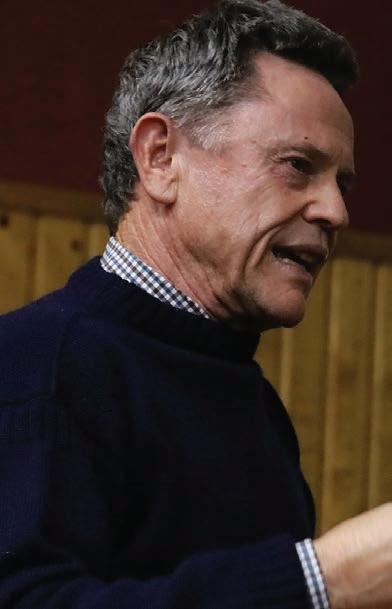
and cultural life of the regions.
“The reason I’m here tonight is that if I’m going to tell Parliament, ‘You need to rethink this, you need to get back to the grassroots more,’ I’d better walk the talk and talk to audiences like you.”
The event was organised by the PCE with assistance from the Waikato Regional Council.
As well as more local involvement, Upton said quality information about the environment has to be more easily accessible to landowners. It is an investment that has to be made by the government as a public good.
“I keep saying to politicians, if you want to make good quality decisions, you have to have much better information.”
Having that information will allow politicians to focus on the worst areas that need progress.
A great example of where it could be invested is the Māoriowned marginal land on the east coast, which is predominantly in forestry, he said.
Upton also reiterated his stance on stopping tree planting to curb carbon dioxide emissions and to manage methane emissions differently.
While he called the previous government’s call to put agriculture into the Emissions Trading Scheme “nuts”, an ETS solely for methane emissions made sense with trees being used as an offset.
Upton said there are four problems New Zealand cannot walk away from when it comes to the environment: the way land is used needs to change if environmental progress is to be made; the impact of climate change; the siloed nature of government policy landscape and spending; and the emphasis of property boundaries in policy.
For the latter, environmental management have to go beyond this because landscapes do not recognise such boundaries.
“What goes onto your property

and leaves it, is not all under your control. When governments want to do things, where do they go? The first place they go is the landowner.”
Local dairy goat farmer Richard Cookson told Upton land use change was the biggest trend he had seen in his lifetime. He said the recent financial struggles the goat milking industry had found itself in have seen some exit the industry.
This was a real-life example of the roadblocks to change farmers faced. These farmers, having converted their farms to cut and carry systems now find themselves with limited options, he said.
“They can’t go back, the door has been slammed behind them.
“They can’t go back to dairy, which is what these farms used to be.”
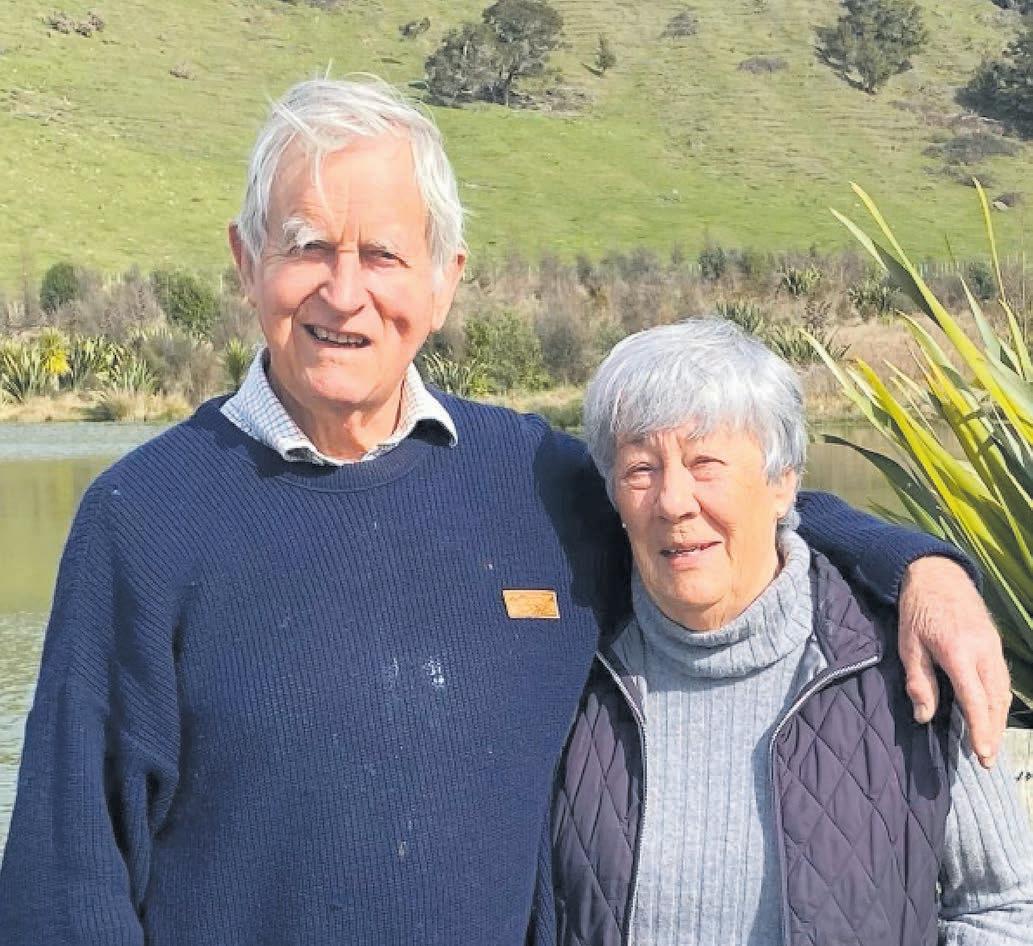
Cookson said catchment groups only work if there is a burning issue that unites them, which Upton agreed with.
One audience member asked him to comment on the environmental impact of urban New Zealand to which Upton replied:
“What worries me most – and this is a global issue – more and more people are living in cities, they have never been more concerned about the environment and they know less about living in it.”
Reon Verry, who chairs both Waikato Federated Farmers’ meat and wool section and a local catchment group, agreed with Upton’s call for better environmental information being made available.
Verry also supported his view on pine trees, saying it is a massive
issue in King Country, where he farms.
“Those settings, they are hurting our community. We’re losing a lot of jobs because of it.”
Verry told Upton he was one of the few people who had raised the discussion of how catchment groups could be funded.
“Catchment groups are voluntary by nature and if they are going to be set up to do a whole lot of tasks then that’s not voluntary – that’s a job.”
Upton urged the audience to speak to their elected representatives if they want change, saying NZ has very significant environmental problems that have been a long time coming.
“You can’t fix them alone, but collaboratively, we can do a better job.”

Richard Rennie NEWS Regulations
WHILE welcoming the government’s announcement that it will be overhauling and streamlining key regulations for crop and animal treatments, an industry expert is wary about the direction and how far the changes may go.
Dr Julia McNab, director of regulatory consulting company EpiVets, said in general the announcement to streamline the Agricultural Compounds and Veterinary Medicines (ACVM) and Hazardous Substances and New Organisms (HSNO) Acts is a good thing.
She is at the sharp end of helping corporate clients get approval for products including sprays, drugs and treatments, and has witnessed increasingly costly delays in getting their approvals over the line.
This includes getting approval on cutting edge methane mitigation treatments, a vital tool for farmers facing increasing processor demands to prove they are reducing their livestock emissions.
McNab said complex regulatory requirements have made New Zealand less attractive to some large corporations seeking approval for their products here.
“There are various areas the review can look at, with different issues in different sectors.
“For crop treatments, it is much more influenced by the Environmental Protection Authority (HSNO Act agency) and their pace, compared to veterinary medicines which are more affected by the ACVM.
“This is a good opportunity to check back and ask if we have the balance right between ability to provide innovative products and the ability to manage risk.”
She said issues she has raised include allowing for more selfassessment on chemistry and manufacture of new products where risks are lower.
They do well with what they have. But there has also been a creep in the amount of information sought over time.
Dr Julia McNab EpiVets director
“This would certainly free up resources at ACVM.”
She noted that a lack of human resources at the EPA has been an issue, and something the agency itself has confirmed it has been trying to address.
“We only have a small talent pool in NZ, and they are a small team trying to do the same job as overseas regulators with three or four times more staff.
“They do well with what they have. But there has also been a creep in the amount of information sought over time.”
Come 2030, the European Union’s Green Deal will be in play.
This is destined to have a material impact upon the types of crop and animal treatments NZ farmers can and can no longer use.
“The Green Deal puts more urgency around the need to overhaul the regulations. Given the time taken to get them sorted, we are already up against it. There are new families of treatments

Neal Wallace NEWS Processing
LEAN Meats Oamaru has reduced the number of proposed job losses from an initial toll of close to 100 to 65 after discussions with workers.
New Zealand Meat Workers Union national secretary Daryl Curran said the employers have also agreed to extend by two days the two-week period of consultation before a final decision on job losses is made at the plant, which processes ovine, goats and bobby calves.
Chinese-owned BX Foods operates the Oamaru plant.
BX Foods managing director, Haoran Wang says the restructuring comes after a difficult 18 months and is needed to ensure the long term sustainability of the business.
Following consultation with employees and engagement
with better safety profiles likely to be coming through that require approval.”
She said methane inhibitors have proven particularly problematic to get approval for.
“At the moment veterinary products are either registered by ACVM or exempt. We need a middle ground for lower risk products like feed additives, one that is streamlined.”
She noted many methane inhibitors are feed additives that comprise innocuous compounds but have to go through the same processes as products with more potent, complex compounds in them.
“Maybe a bit of a lighter touch would be good here.”
At present farmers could theoretically buy a methane inhibiting product here but it would not have an assessed label claim, meaning it would not be valid for use on a farm supplying a processor that would require a label claim.
McNab has had a distinct sense some companies developing methane inhibitors are focusing on markets other than NZ due to the complexities here.
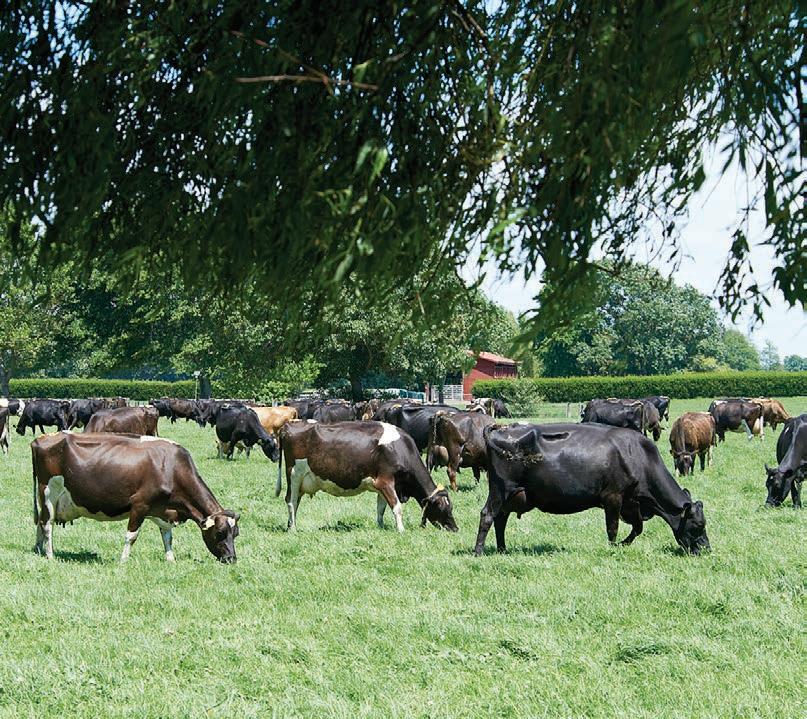
AVOIDANCE: Dr Julia McNab believes some companies developing methane inhibitors are focusing on markets other than NZ due to the complexities here.
In Australia and the EU, an essential oil product called Agolin that mitigates methane is being sold widely.
“It is a low-risk product we should be able to sell here.”
with the NZ Meat Workers Union, it is proposed to shed 65 jobs, more than 20 less than initially proposed.
“We understand that this restructuring will affect not only our employees but also their families.”
Wang says he has been heartened by the number of local and regional businesses who have offered roles to impacted employees.
Curran said recent capital expenditure and reduced stock numbers has caused the company to cut costs.
About half those who will potentially lose their jobs are migrants on work visas, attracted here by the promise of three years’ employment.
Sorting out their status and their visas will be complicated, he said.
Immigration NZ and Work and Income NZ will be on site in the coming weeks to assist those workers who may lose their jobs.
She said any changes to the two Acts could still take time, and the speed of change would depend on whether they required a Parliamentary overhaul, or simply tweaks to operational processes.


A NEW Zealand fencing duo have beaten the best that the United Kingdom and Ireland have to offer.
Mark Lambert and Jeff Joines beat 11 other teams at the Tornado Wire Fencing Competition held at the National Sheep Association Sheep Event at Malvern, south of Birmingham, in July.
Competing under their business names, Agri Fencing Development and Jeff Joines Fencing, the pair won the right to compete in the UK after winning the Silver Spade doubles fencing competition at Fieldays last year.
Lambert said the format for the contest is very similar to the Silver Spade, where pairs of fencers have to construct a fence and are judged according to speed, quality and wire tension.
The UK contest had more emphasis on quality and time, and they had to construct a 70m fence of the course in around three hours, requiring nine to 12 posts to complete.
Lambert said the biggest challenge was adapting to the summer conditions, where the ground was a lot harder. The Fieldays contest takes place in the middle of winter when the ground is soft and easy to work.
Competing in 32degC heat on hard summer ground was not easy, he said.
“There were a few blisters by the end of it.
“A lot of hard graft had to go into it. There was a lot of rock.”
There was also a learning curve in terms of how the contest was judged, with the judges displaying a higher tolerance for slight inaccuracies.
It was the first time a New
Zealand team had competed in the UK at such a competition. Apart from Lambert and Joines, there was a team from Ireland and the remaining teams were from the UK.
The trip was facilitated by industry body NZ Fencing Competitions.
Lambert said it was hopefully the first of many such international exchanges with plans underway to send next year’s Silver Spade winners to the United States to compete in a fencing contest.
The runners-up from the Tornado Wire Fencing Competition will travel to New Zealand next year to compete in the finals of the Silver Spade Competition at Fieldays.
“Going forward, the whole thing they want to build to is having an international competition at Fieldays and have different teams from different countries.”
We know that Kiwi farmers rely on fast growing , reliable year-round forage
That's why we're working with industr y-leader Cropmark Seeds.
Their high-per formance forage cultivars combined with our soil exper tise can help you get better livestock per formance – and a stronger bottom line
Stamp ede CM142 – Latest high p er forming p erennial r yegrass from Cropmark Seeds With th e inn ovative n ew CM142 n ove l e ndophy te, St amp e d e CM142 provid e s improve d animal s afet y again st r yeg ras s st ag ge r s and h eat stre s s with a strong tole ran ce of in s e c t p e st s D eve lop e d and trialle d in N ew Zealand in real farm condition s, St amp e d e CM142 provid e s year-round p e r forman ce and strong p e r siste n ce
Chico Chicor y – Strong heat a nd d roug ht tole ra nce for a n ex tra su m m e r p ro duc tion b o o st Fast e st ablishing , hig h yie lding and ve r y hig h in e n e rg y and min e rals, Chico provid e s strong live sto ck p e r forman ce p ote ntial A nd with a on e -m etre -long t ap ro ot you c an a chieve go o d h eat and droug ht tole ran ce to fill summ e r fe e d d e fi cit s, m eaning hig h e r animal p e r forman ce again st th e o dd s
Proteor Kale – Hardy, quality winter feed.
Prote or s hig h leaf to ste m ratio (+/– 50% leaf ), sle nd e r ste m and hig h fe e d utilis ation e nable s it to provid e top qualit y fe e d Couple d with it ’s hig h yie ld p ote ntial you have a hig hly d e sirable Kale to maximis e winte r pro du c tion on farm


Hugh Stringleman MARKETS Livestock
THE meat industry is at the peak of the bobby calf processing season, with some 120,000 expected to be slaughtered this week for veal, pet food and special byproducts.
The peak kills over a few weeks in August follow late winter calving on dairy farms in the North Island and usually drop away in September.
Around 1.8 million calves in total are killed over the whole season, from autumn through to mid-spring.
That number is dropping as the dairy cow herd gets smaller and farmers use more sexed semen over cows to favour heifer calves, and beef semen to generate more dairy-beef calves worth rearing and finishing.
Dairy farmers do not get much revenue out of bobby calves that go direct to slaughter.
Major meat companies are offering schedule prices for three weight grades of bobbies very similar to each other and to last year. They are 55-60c/kg for calves between 9 and 13.45kg liveweight, $1.50/kg for 13.5 to 18.45kg and
$2/kg for 18.5kg plus.
A Northland farmer who supports AFFCO said the Moerewa works is booked up by farmers using the company’s notification app.
NZ Farmers Livestock (NZFL) agency manager Bill Sweeney said the slaughter space at the works used for bobby calves is at capacity, even though it is greater this year because the lamb kill is down.
NZFL traditionally does well out of contract veal processing, generating a profit for parent company Allied Farmers.
NZFL gets calves killed at Te Kuiti Meats and Ovation at Feilding and the veal is marketed with the help of ANZCO and other exporters.
“Our agents work with their farmer clients to get processing income from dairy-beef crossbred calves.
“More calves are being reared and the prices in the yards for feeder calves have been good,” he said.
Dairy farmers are aware of the more suitable beef bulls to use over the lower half of their cow herds, but Sweeney hasn’t noticed a big swing in that direction as yet.
Nor has the number of calf rearers increased markedly.

NORTHLAND dairy farmers have a new outlet for light, non-replacement calves, fostered by Fonterra and Federated Farmers in the province.
NZ Harvest Foods has been killing and processing these calves since the beginning of autumn and is gearing up for a much larger influx during late winter and early spring.
The company is based at the Marua abattoir near Hikurangi, where specialty processing of cattle hides for collagen fibres was carried out and is currently suspended.
The plant is owned by Scott Massey and managed by Jared Eady, both directors of NZ Harvest Foods.
The boutique abattoir has been considerably extended with mincing machines, chillers, freezers and holding pens to be able to offer the calf service, Eady said.
After killing, the hair is removed from the carcase with a method that has a patent pending. The whole frame is then minced into the meat-and-bone ingredients of pet food and frozen into blocks.
At present killing is two days a week and processing five days, with eight fulltimeequivalent staff members.
The carcase yield is 80% compared with under 50% from heavier bobby calves boned out by large meat processors, Eady said.
He expects to gear up to 400 calves a day during spring, possibly six days a week, and will recruit more part-time workers.

However, he has seen greater competition for store cattle as various sheep and goat options on hill country have faltered. Finishers are competing for the better genetics in dairy-beef cattle at 100kg, so the demand messages are slowly getting through to dairy farmers and the calf rearers, he believes.
AgriHQ senior analyst Mel
Under the terms of supply, from the 2023-24 season onwards Fonterra farmers must ensure all their non-replacement calves enter a value stream, being either beef, calf-veal or pet food.
On-farm euthanasia is permitted only for humane reasons.
Federated Farmers Northland president Colin Hannah said meat companies want only the heavier calves at four days old and at peak calving times of the year.
Animal welfare regulations prevent trucking of calves on longer journeys to Auckland and beyond to existing petfood plants.
Autumn calving in the north has in previous years happened without a calf pickup and processing option, which had meant on-farm enthanasia.
“Harvest Foods and the Marua plant have stepped up this year and it seems to be working.
“We told Fonterra about the problem stemming from its new non-replacement calves requirement and they have responded.”
Calves delivered to Marua attract a $10 payment and if Harvest Foods organises the pick-up the farmer gets nothing.
Eady said he wants to be able to pay more and that may be possible next year when the value chain on the Marua site can be extended with more chillers and the ability to make finished pet foods.
“Fonterra approached us last year to tackle this issue of non-replacement calves.
“It is no longer a waste product with the super yield, including all the hides and offals, and a very good composition for cats and dogs.”
Croad said the four-day calf prices in the yards show there is some redirection of calves towards higher-paid uses.
“The reduction in beef cow herds and the feeling that sheep farming is too hard is growing demand for dairy-beef animals on the hills,” she said.
“We desperately need more dairy-beef calves on the ground as
the beef cow herds disappear from hills that have gone to forestry.”
The combination of sexed semen and beef on dairy genetics could potentially eliminate bobby calves and boost beef production.
Bobby calf kill figures are four weeks in arrears but going on last year’s statistics, the peak weekly kill numbers are dropping, Croad said.
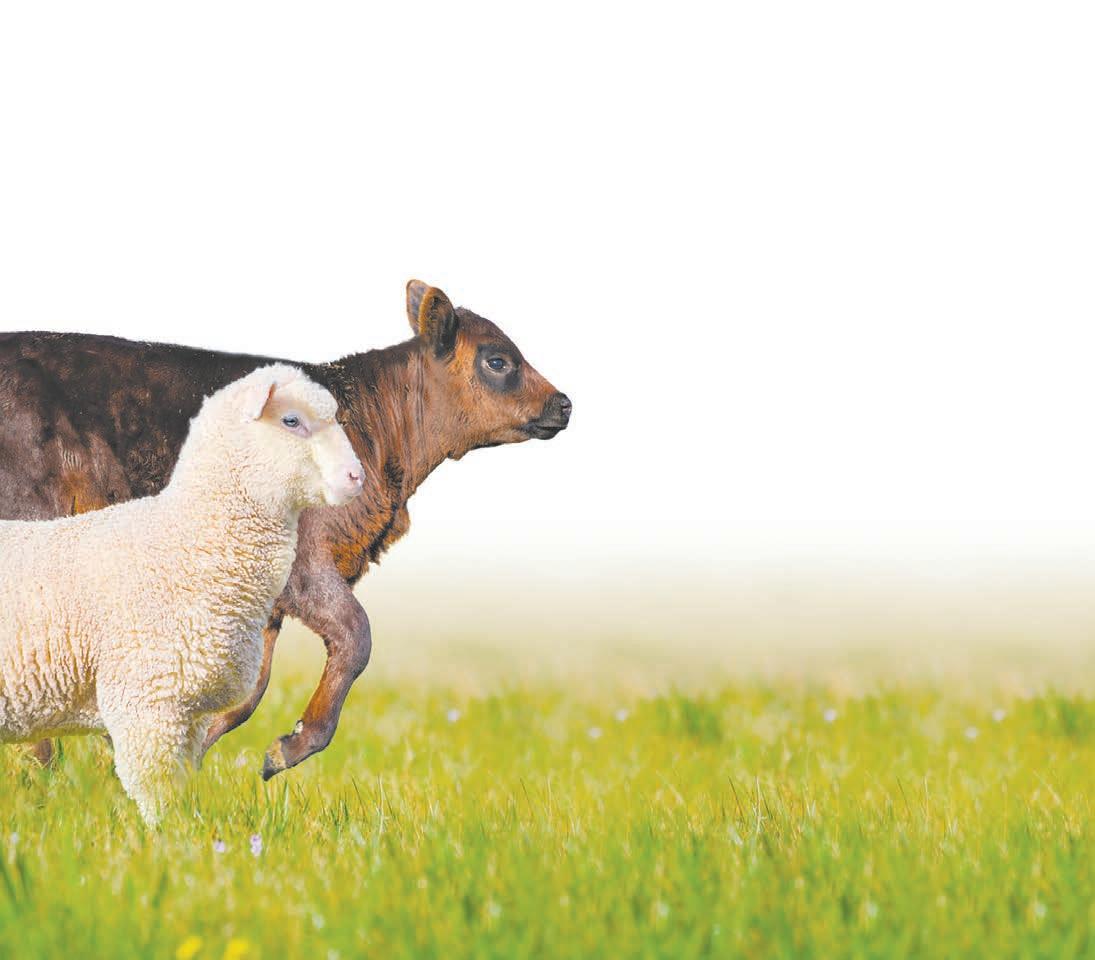



Neal Wallace NEWS Education
INCREASING by 300 the number of graduate doctors trained by the two existing medical schools will help address the rural doctor shortage, says the University of Otago Medical School’s Acting Dean, Professor Tim Wilkinson.
The country’s two existing medical schools say they have capacity to train 889 students –300 more than currently – within four years or so. This would be sooner that could be managed by establishing the third medical school that is being considered for Waikato University, and would not need the capital investment. All it needs is government funding.
The coalition agreement commits the government to a cost benefit analysis of establishing a third medical school at Waikato.
The university proposes training existing graduates but with a focus on specialist rural doctors. It claims it can take a first intake of 120 students in 2027.

means more will have an interest in working in rural medicine.
A recently released PwC NZ report looking at the state of medical education for the universities of Otago and Auckland shows they can immediately increase student numbers and could do more cost effectively than establishing a new school.
This year’s budget provided funding for an additional 25
student places split between Otago and Auckland next year, but the report says they could train a further 100 in 2026, increasing the total annual intake for doctor training from the current level of 589 to 714.
From 2027 onwards, capacity could then be increased incrementally up to a combined intake of 889 across the two universities.
“This is 300 more than the current intake of 589 annually,” the report says.
Wilkinson said increasing the total number of medical students means more will have an interest in working in rural medicine.
Half of medical students are undecided on their eventual career when they graduate but Wilkinson said many become more receptive to working in general practice than at the start of their medical training, which could benefit the rural health workforce.
It costs about $60,000 a year to train a medical student, of which about $16,000 comes from student fees.
Wilkinson said both medical schools have teaching facilities and regional placements in

Eric Frykberg MARKETS Dairy
THE Cabinet has decided New Zealand should opt out of joint Australia-New Zealand standards on infant formula.
This is in response to failed talks in Sydney late last month, Food Safety Minister Andrew Hoggard said.
“After discussions, Cabinet has decided not to adopt the Australia-New Zealand joint infant formula standard.
“New Zealand sought a review of new labelling requirements, but my Australian colleagues were not in a position to support it. As a result, we will now implement a New Zealand standard over the next five years.” The issue arose when Food
Standards Australia and New Zealand (FSANZ) sought to restrict the amount of promotional material allowed to be put on packages of infant formula. This was being done for health reasons, to promote breast feeding.
So long as the claims on labels are not misleading, consumers should be allowed to make their own informed choices.
Andrew Hoggard Food Safety Minister
New Zealand has long concurred on the breast feeding, but argues that people who need infant formula for a variety of
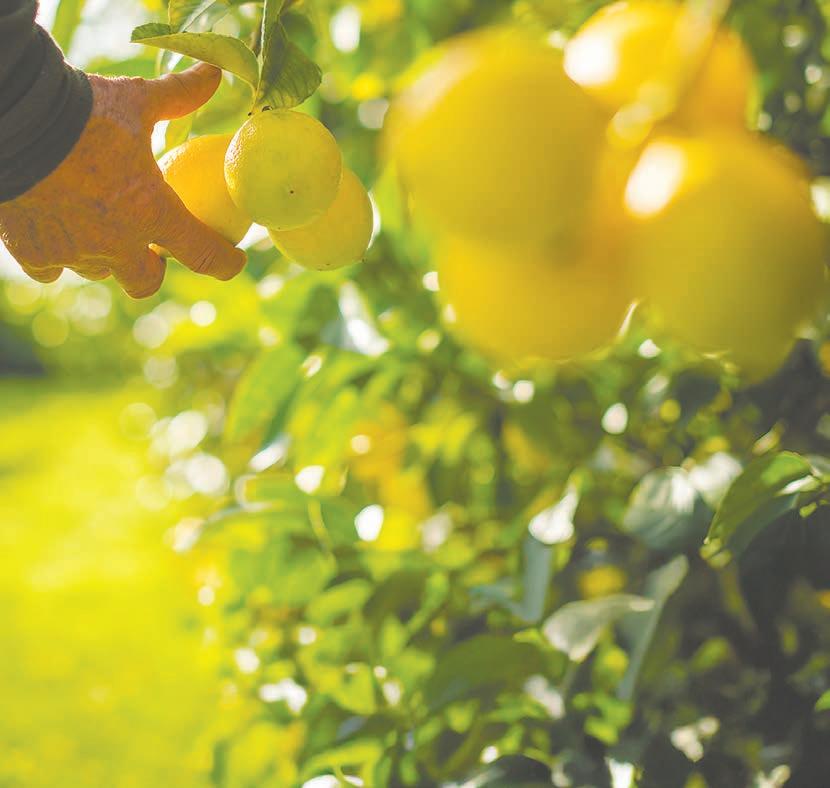
regional and rural programmes in more than 100 different cities, towns and centres.
The Dean of the Faculty of Medical and Health Sciences at the University of Auckland, Professor Warwick Bagg, said a shortage of placements in year-long immersion training programmes is a barrier to training regardless of whether there is a new medical school.
The programmes are expensive, students require a level of supervision and need facilities such as consulting rooms, and any increase in student numbers requires funding and capacity for such placements.
“The country’s biggest problem is not about education facilities.
“It is about funding more students to study medicine and ensuring sufficient clinical placements around the country for them to learn on the job,” said Bagg.
Both Auckland and Otago universities are ready to step up and begin training extra doctors.
Bagg said another solution to the doctor shortage is to retain those who are educated in NZ. A third of students trained here moved
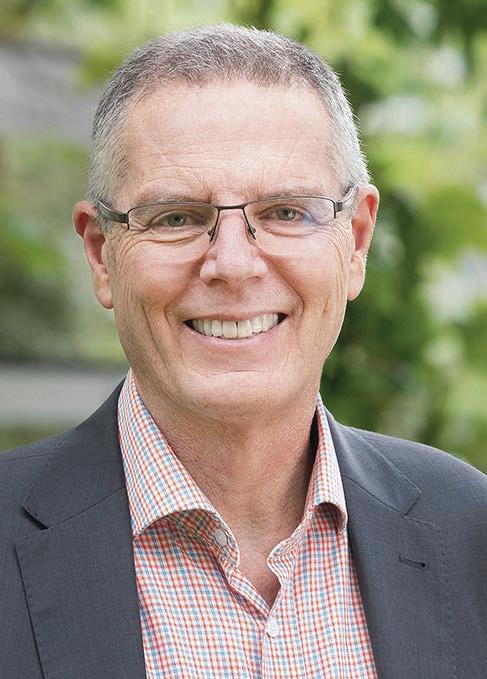
overseas in the past 10 years.
Allison Bennett, the Ministry of Health’s manager for health system settings, said the report will be considered during compilation of the business case and cost benefit analysis on a third medical school.
reasons should be able to know the nutritional details of the product from information on the packaging.
“So long as infant formula is safe and the claims on labels are not misleading, consumers should be allowed to make their own informed choices,” Hoggard said.
He pushed this line at a meeting with ministers of the Australian states and the Federal Government, but was not able to win the argument. As a result, New Zealand will develop its own standard. It remains committed to FSANZ in principle.
The problem is that FSANZ rules are accepted in principle by China under its e-commerce practices. China does the same with European products endorsed by European Union regulators.

But because EU rules are more liberal, Chinese consumers would be exposed to far better marketing from European products than
would be permissible under FSANZ rules – and that would put New Zealand exporters at a disadvantage.







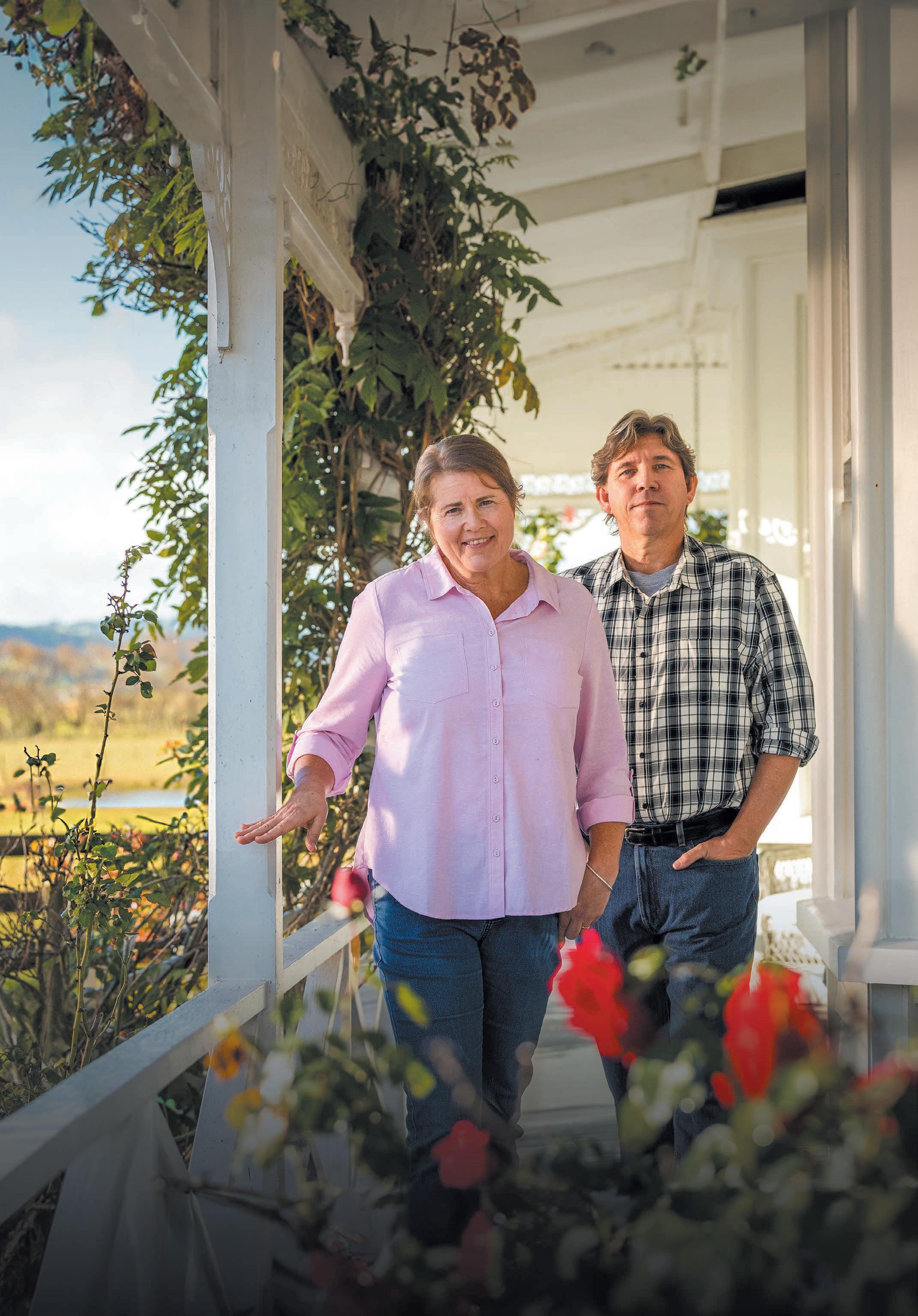

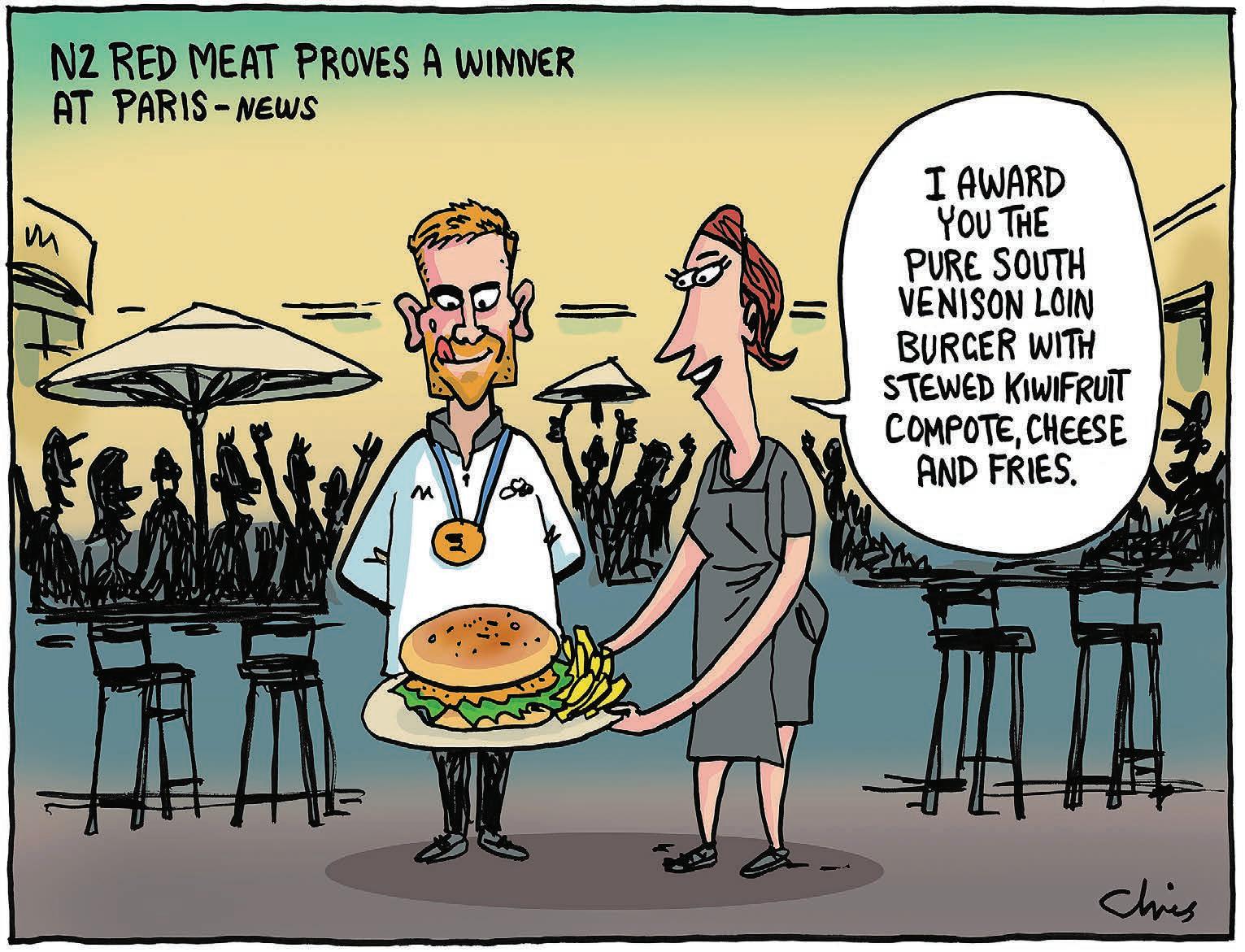

Neal Wallace Senior reporter
MEAT processing capacity has been relatively stable for a couple of decades, so there will be much interest in news this week that up to 65 meat workers in Oamaru could lose their jobs.
Despite the continual erosion of sheep numbers in particular, there hasn’t been a corresponding reduction in processing capacity due in part to productivity improvements.
But as BX Foods, also known as Oamaru Meats, has found, the decline in stock numbers is starting to bite.
The company is not speaking publicly but the New Zealand Meat Workers Union says that a shortage of stock is behind the staff layoffs.
The last export plant to close was Silver Fern Farms when it shut its Fairton works
near Ashburton in May 2017 with the loss of 370 jobs.
At the time SFF noted that in 2010 Fairton had processed more than 1 million lambs but by 2016 that had halved, and had then fallen further, to 325,000 lambs in 2017.
The regions are littered with closed plants, but three periods stand out for the size and scale of the closures.
In the late 1980s the exit of Waitaki International meant the closure of Islington and Burnside and in 1991 Ocean Beach and Kaiapoi closed while Mataura and Makarewa were scaled back.
In 1994 the collapse of Weddel took out plants in Tomoana, Feilding, Aotearoa, Whangārei and Kaiti.
There were subsequent chain closures, but for much of the past 20 years productivity gains and shifting supply patterns to a more year-round flow have provided some insulation amid the continual decline in animal numbers.
Then forestry companies started shopping for land.
Since 2017 an estimated 175,000 hectares of sheep and beef farmland has been planted in trees, with Beef + Lamb NZ calculating this has removed about 1 million stock units, primarily breeding ewes and cows.
NZ breeding ewe numbers are now comparable with those in the United Kingdom.
Compared with four seasons ago, the
annual lamb kill has declined by about 1 million, a not insignificant number that must impact processing capacity.
The challenge is how they will respond and which company will move first.
The social and emotional issues of people losing their jobs aside, plant closures are also costly and the loss of geographic advantage is another factor to be considered.
Land use change is driven by economic considerations: willing seller, willing buyer and an assessment of the best returns on investment.
But as we have seen this year, it can have unintended consequences.
Lower lamb numbers and weak pricing earlier in the season have disrupted the normal winter prime stock flow, with the lamb kill down 30-40% compared to last year.
Ominously, NZ’s erosion of lamb numbers could see us lose to Australia our influential position as it becomes the dominant supplier to many markets.
For decades NZ has been the market leader by virtue of the volumes exported, but Australia has now overtaken us and we could be exposed more to the pressures of Australian pricing.
Economic reality can be cruel but you cannot argue with basic arithmetic, and that is the brutal truth facing the meat industry.
Ian Strahan Provincial President Manawatū-Rangitikei Federated Farmers
RATHER than confronting, it was disappointing seeing the lazy and tired narrative from Casey Cravens of the Federation of Freshwater Anglers, in “A moral and political failure” (Letters, July 22).
Last year, Greenpeace was widely lambasted for preying upon people’s fear of cancer by spreading harmful misinformation about a link between nitrates in water and colorectal cancer from one isolated Danish study. The World Health Organisation, our prime minister’s chief science adviser and health experts are better qualified to assess any risk.
Bowel Cancer NZ is very clear: “It is highly unlikely that nitrates in drinking water or the diet present an increased risk of cancer.”
Craven, and Gord Stewart in “We have to get serious about nitrates” (July 8), do their credibility no favours in regurgitating this misinformation.
Freshwater solutions won’t be found by this type of polarised mud-slinging. Craven gives no acknowledgment to decades of work by farmers facing up to the challenges of freshwater quality and the ongoing efforts to improve environmental outcomes. Take a few minutes and look through the DiaryNZ and Beef + Lamb NZ websites to see a snapshot of what is happening.
The very presence of trout (often to the detriment of our native freshwater species) is an indicator of high water quality and Kiwis have widespread access to some of the best fishing in the world. Let me put this in perspective.
Public health is often raised as an issue with regards to how we manage our environment. This leads to a wider discussion. We all want better outcomes, but at what cost? Our health system is in crisis. Anyone who has been to a hospital lately comes away stunned by how overwhelmed they are. While attending a family member last week, a nurse from our local hospital told us some people were waiting up to four

my view ...
Colin Jacobs Jacobs is executive director of Lewis Tucker and Co.
ATYPICAL forest takes 30 years from planting to harvest. That’s 10 election cycles. Up to 10 different governments and ministers of forestry – the previous government had three in eight months – and policies that impact outcomes over the 30-year investment ... and that’s for just one harvest cycle.
Forestry generates $7 billion per annum and creates 40,000 jobs. The ability to plant forests and register them in the Emissions Trading Scheme (ETS) provides valuable diversification choices for farmers and landowners struggling with economically marginal land, high input costs and depressed prices for sheep and beef.
Revenue from registering a forest in the ETS is now essential to meet the much higher costs of actively managing a forest
through to harvest.
New Zealand cannot meet its international climate change commitments without a sustained contribution from exotic forestry.
Our forests are New Zealand’s only bridge to a low carbon economy, buying emitters time to decarbonise by 2050.
Forestry could double its economic contribution through developing domestic wood processing and finishing prior to export. Currently, we are in the crazy position where we export raw logs and then import valueadded timber products.
We should be doing this ourselves and meeting the world’s growing demand for highquality, sustainable products. The juxtaposition between timber that absorbs and stores carbon and the emissions-intensive production of cement and steel supports timber as the building material of choice in a low carbon global economy.
New Zealand is also facing an energy crisis as we transition to an economy based on renewable
electricity. Natural gas is the best transition fuel to support this energy and economic transition, but we are rapidly running out. There are now mature technologies that use wood products to generate electricity at scale, as well as to generate process heat and electricity for industrial applications.
We can and should be producing alternative energy products with our timber resource and building new clean industries around it.
There’s no argument around the massive potential for our forestry industry and its ability to contribute more to our economy, environment and communities. But unless we stop continuously fiddling with forestry policy settings, we are now at real risk of collapsing one of the pillars of our economy.
Lewis Tucker operates approximately 30,000 hectares of rotation forestry – for timber and carbon – on economically marginal land across the country. Most of these blocks have been
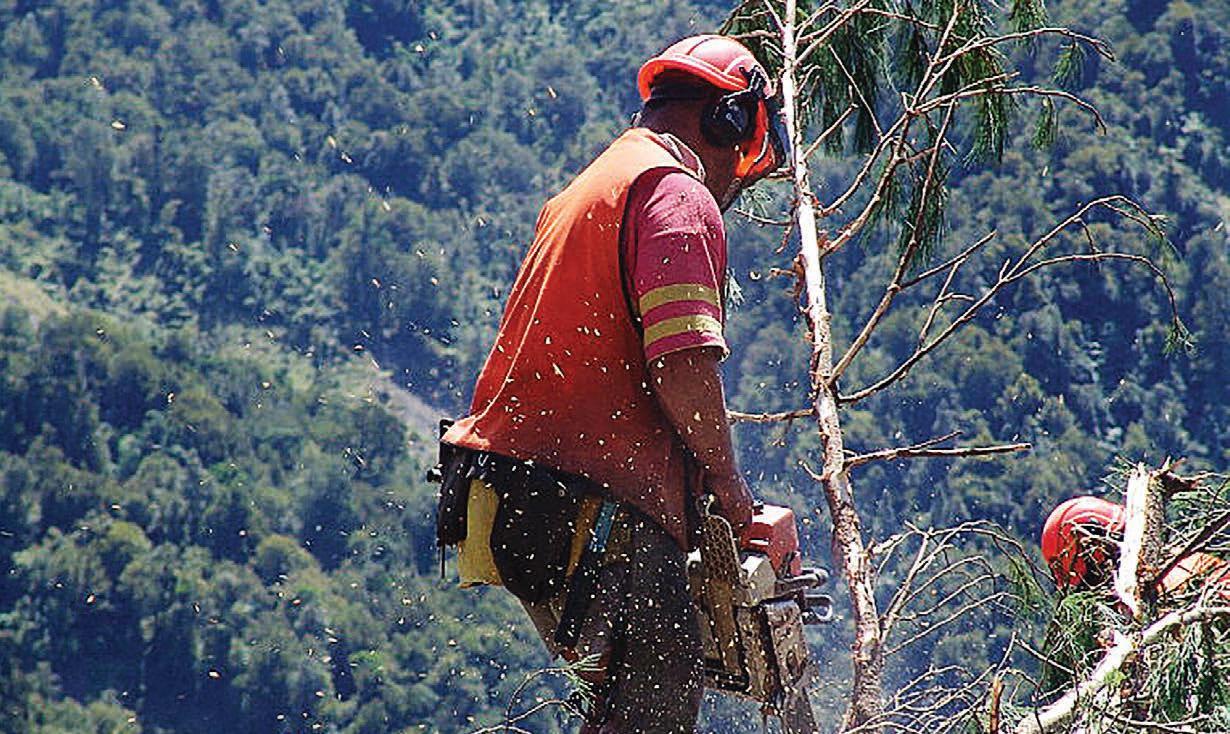
Continued from previous page
days in the ED corridor to be seen. We are in decline currently, not only in health, but education, and cost of living.
The country’s credit card is maxed out and we are more reliant on the primary sector to maintain our living standards than precovid. Is calling for crippling our biggest industry, the $35.6 billion pastoral sector, going to help public health or the environment? It is a sector that itself is struggling more than most realise and more regulation will be the end for many already in survival mode. There is no free lunch here, someone has to pay to keep doctors and nurses here and fund the ever-increasing
demand. Go and have a look at how developing countries treat their environment and you will see where economic decline will take us.
The reality of the situation we find ourselves in in 2024 requires us to have a much wider perspective of where we are as a country. We simply do not have the luxury of indulging ideological agendas as we have in the past –now at the expense of our overall health and prosperity. There is a conversation to be had where the sweet spot is, but we now have less wiggle room than we used to have. There is a growing belief from some quarters that we need to go backwards to restore our ecosystem to some sort of utopia. I’m not sure if Craven (or Stewart) are in this camp, or simply have no idea of the real consequences of their demands.
While out enjoying a fish this
subdivided away from productive farms – farmers have sold the steep hill country out the back that is unprofitable and tough to farm. This land – typically Land Use Class 6 (LUC 6) – is perfectly suited for forestry. These subdivisions provide farmers with important cashflow and diversification options, including growing the more productive parts of their operations.
We must protect the right of farmers to make the best land use decisions for their farms and families.
But we are now at a crunch point in the policy process. The government’s recent Emissions Reduction Plan (ERP) contains a proposal to prohibit forestry on LUC 6 land from being registered in the ETS, with only a small amount of LUC 6 land allowed to be planted and registered.
This possibility is beginning to paralyse the sector. Planting has dried up and the government’s forestry forecasts look well overstated.
If implemented, this policy will restrict choices for farmers around what they can do with their own land at precisely the time they need as many options as possible. It also runs the risk of wiping significant market and option value off their properties.
In the ERP this possible policy outcome is couched in the context of needing to “protect highly productive land”. Yet much LUC 6 land is not highly productive; it’s economically marginal. Generally, on its own, LUC 6 land is not profitable to farm.
It is the land many farmers are choosing to subdivide or plant into forestry.
While a large proportion of LUC 6 land is poor for pastoral farming, it does lie at the heart of a healthy, sustainable forestry industry.
Up to 10% of the country’s 5 million hectares of LUC 6 land needs to eventually end up in trees, for both economic and

Lewis
and
says the government’s recent Emissions Reduction Plan has brought the policy process to a crunch point.
environmental reasons.
Adopting the potential policy will mean more permanent pine forests – with no intention or capability to harvest – are planted on LUC 7 and 8 land, setting up future generations for a lost opportunity.
We share the government’s concern around planting highlyproductive land. However, limiting ETS-registered forestry on LUC 6 land is drawing the line in the wrong place. Drawing the line on productive LUC 1-5 land makes more sense: it would enable continued growth in pastoral production as well as the rotation forestry that will assist us to meet our climate obligations.
We also support a requirement that any forestry planted on LUC 6 land must be maintained for timber harvest.
This approach represents the best outcome for the country: for farmers and rural communities, our energy and forestry sectors, our global climate change commitments, and our economy.
weekend, please spare a thought for the tough reality we now face: that there are people actually dying because we cannot afford to adequately treat everyone we need to in this country. The real moral and political disgrace is that we have destroyed our once proud ability to get things done, and in doing so have reduced our options and choices.
Jeff Morton MortonAg
MARK Shepherd and I, both retired soil scientists, have written a response to the contention [by Dr Graeme Coles and Dr Jacqueline Rowarth] in a New Zealand Institute of Agricultural
& Horticultural Science newsletter article that downplays the prominent role of the urine patch as a source of N leaching to groundwater. We did this in association with several environmental scientists from AgResearch. Unfortunately they chose not to publish it.
No one disagrees that the nitrogen load in a cattle urine patch is 1000 kg/ha. Nor is it always 200-300 kg N/ha because the load varies with several factors including the area affected by the urine patch.
But no matter what the nitrogen load in a urine patch is, it is a global scientific fact that the urine patch is a significant source of nitrogen leaching. That includes field studies by Dr Stewart Ledgard and Dr Ross Monaghan and systems trials by Dr Mark Shepherd and Dr Dave Chapman. Focusing solely on the nitrogen
load of the urine patch and ignoring all the science on the fate of urine nitrogen is just a red herring designed to deflect the facts on the environmental impact of dairy farming.
What the whole dairy, science and extension community should be more usefully doing is extending the proven mitigation practices such as duration-controlled grazing, reducing nitrogen inputs and rate of nitrogen leaching while maintaining profitability, sowing Ecotain plantain and putting out hay for cows to lie on in the summer.
If I was a Crown Research Institute scientist I would also take umbrage at Dr Coles’ questioning of their integrity due to work pressure. They are certainly under pressure to find funding, but in my experience this has never affected their research.

Alan Emerson Semi-retired Wairarapa farmer and businessman: dath.emerson@gmail.com
THE news last week that INGKA Investments, part of the company that owns furniture retailer IKEA, had purchased Waikareao Station in Hawke’s Bay for just over $13 million is of concern.
The 1000 hectare “breeding and finishing farm” brings INGKA’s total forestry interests in New Zealand to almost 24,500ha.
That is a lot of land taken out of food production. It also represents a loss of control for NZ.
It comes on top of a recent Statistics NZ report that tells us that from 2011 to 2023 the total area of grassland excluding tussock fell by 12% or a massive 942,000ha. In my view that is unsustainable. Over the same period the total number of sheep fell by 22% or 6.8 million to a total of 24.4 million. That’s a far cry from the heady days of 1982 when we had 70 million sheep.
New Zealand can’t continue to be the prosperous nation it is if we keep removing good land from food production.
The number of beef cattle fell by 5% or 192,000 to 3.76 million. The total number of dairy cattle peaked in 2014. Since then the numbers have fallen by 12% or 813,000.
The land loss over that period of 942,000ha is equivalent to 15 Lake Taupōs. That loss can’t continue.
In addition, if you consider the loss of productive land between 2002 and 2012 the figure is 800,000ha, so in the past 21 years we’ve lost far too much productive land. Land that supports our economy.
If we add the number of sheep and beef cattle lost over the period 2011 to 2023, counting beef cattle at five stock units then we’ve lost 25.3 million stock units. Averaging a farm at 5000 stock units, that’s over 5000 sheep and beef farms. For dairy my estimate is 2500, so in a 12-year period we’ve lost around 7500 farms.
That’s around 7500 families plus farm workers, shearers, fencers, stock and merchandise agents, truck drivers, teachers, vets and doctors. It isn’t a complete list but
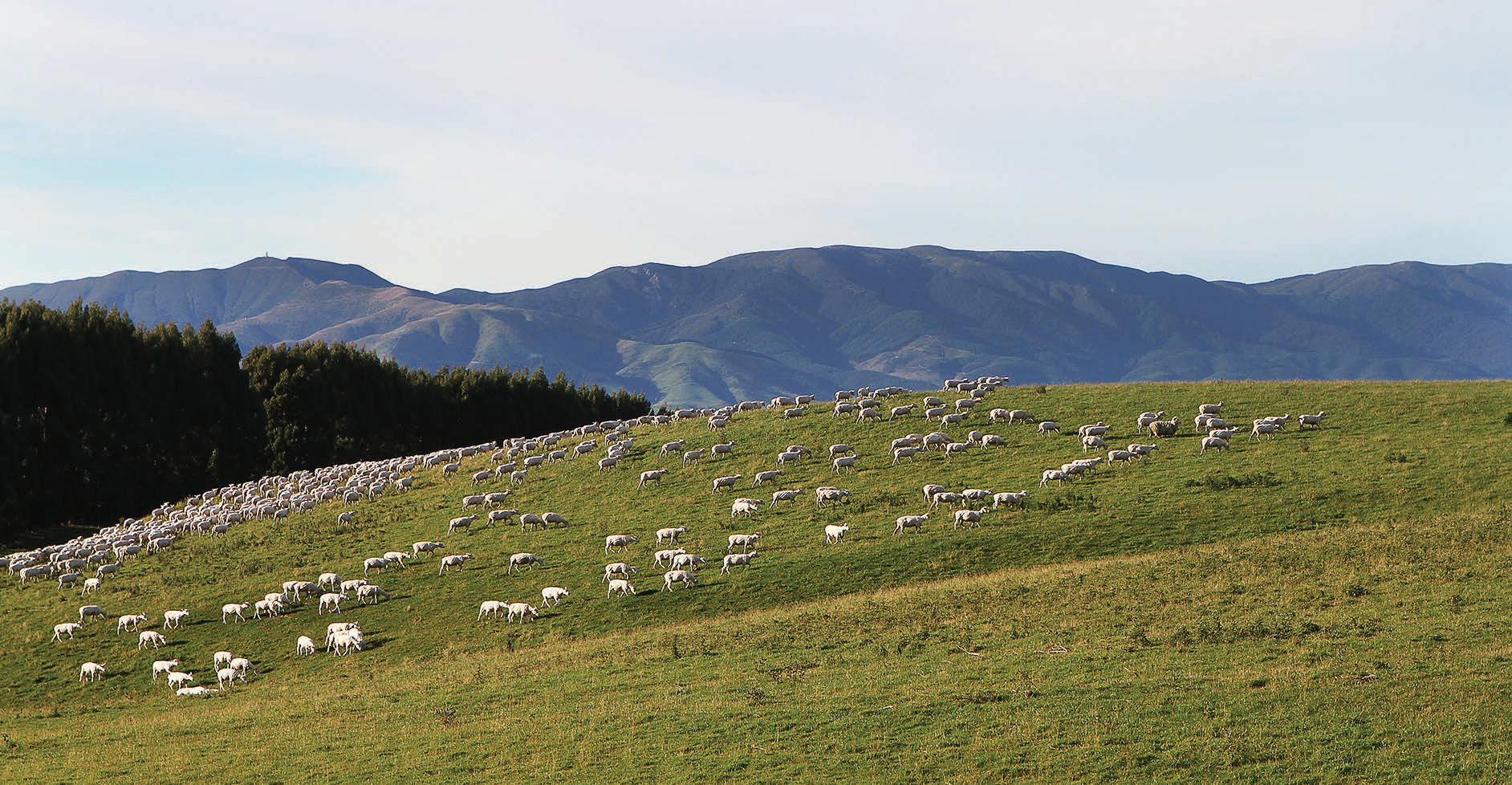
it does outline the problem.
In addition we hear that between 2002 and 2019 land counted as highly productive but removed from food production increased 51%, from 225,394ha to 340,764ha. In Auckland the increase in urban sprawl into productive farmland increased 81% to 77,971ha.
Amazingly, in my view, Pukekohe horticulturalists aren’t able to afford to keep farming, such is the price of land there. That will have a major effect on the price of vegetables, particularly in Auckland.
If the crisis I’ve outlined is bad enough in itself, the reality is it’s worse when you incorporate the land purchased for forestry, specifically for carbon farming.
According to a Beef + Lamb report the amount of sheep and beef country lost to forestry over the past seven years is a staggering 175,000ha. I believe that figure is conservative.
My position is simple: New Zealand can’t continue to be the prosperous nation it is if we keep removing good land from food production. Our economy survives largely on the primary sector, which requires that land to support food production.
My concern is that the horse may have bolted. Once land has been removed from food production it is gone forever.
So what needs to be done?
There is a National Policy Statement (NPS) on Highly Productive Land that came into force in October 2022. Simply it covers Class 1, 2 and 3 land.
land for housing includes “if rezoning is required to provide sufficient development capacity to meet demand for housing or business land”. It then suggests that land can be rezoned if there are no other practical or feasible options for development. It then suggests that “the environmental, social, cultural and economic benefits of rezoning outweigh the status quo”. That’s just crazy.
Hardly cast-iron guarantees that good land will remain in food production. In addition, according to my reading, Māori land is exempt from the NPS restrictions. Further, as the pork industry pointed out, the NPS talks about land-based production. It believes that the Ministry for the Environment and local councils are saying that pig farming doesn’t qualify, which is ridiculous and confirms the
ignorance of those institutions.
The problem I have is that the issue is here and now and must be fixed immediately for the good of the country.
A woolly NPS, loosely administered, isn’t going to achieve that.
What we need is for our politicians to look at NZ’s longterm future, which is well past the next election.
I’m not holding my breath.
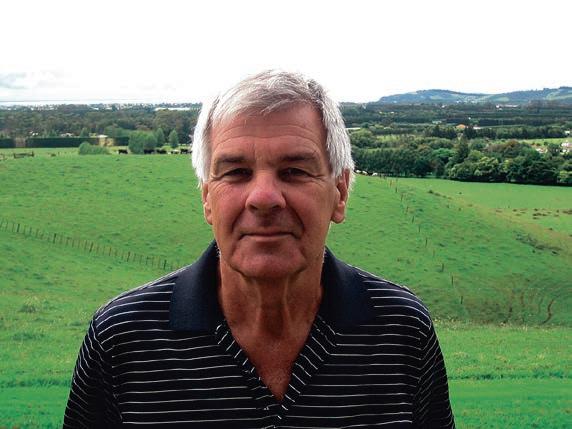
Allan Barber
Meat industry commentator: allan@barberstrategic.co.nz, http:// allanbarber.wordpress.com
While the intention is good, however, I don’t think it will practically make a lot of difference for two reasons. The first is that it is up to local government to administer and, as we know, those processes are fraught.
The second is that you can drive a truck through a lot of the NPS.
For a start the areas where local government can take productive
THE red meat sector has with some justification been blamed over the years for taking a shortsighted approach to market development and competition. In recent years, though, exporter processors have worked constructively with their supplier base to improve understanding of the product standards and specifications the customer expects and is prepared to pay for.
At the same time the companies have co-operated with each other
to ensure farmers have the same farm assurance programme across different processors, replacing paper documents with electronic forms and common data entry requirements.
The New Zealand Farm Assurance Programme (NZFAP) has been operating in one form or another for over 30 years, but has gained enormous momentum since the formation of the Red Meat Profit Partnership, which was a joint Primary Growth Partnership initiative between the red meat sector and the Ministry for Primary Industries, with Beef + Lamb NZ taking the lead in coordinating the programme on behalf of farmers.
NZ Farm Assurance Incorporated (NZFAI) was formed in 2021 to own and operate NZFAP and NZFAP+ as voluntary programmes that have the stated purpose of providing customers worldwide with confidence in the authenticity and safety of NZ-grown meat and wool. Certain markets now require accreditation to NZFAP, while NZFAP+ remains an entirely voluntary programme.
Nearly 9000 farms are now
accredited to NZFAP, which guarantees production to specified standards of origin, traceability, food safety and animal welfare. NZFAP+ began three years ago and is designed to build on those criteria with the introduction of a set of environmental, social and biosecurity standards that are especially relevant to larger properties with a focus on quality over quantity.
While the majority of farms are now audited for compliance with the NZFAP standards, a much smaller percentage are participants in the more demanding, higher level NZFAP+ programme.
The establishment and governance of NZFAI has been a great example of cooperation in an industry that has traditionally not been noted for that particular quality. As Greg McSkimming, Silver Fern Farms’ strategic business manager, notes, “processors leave their company brand at the door” when they come together to discuss how best to proceed.
Continued next page
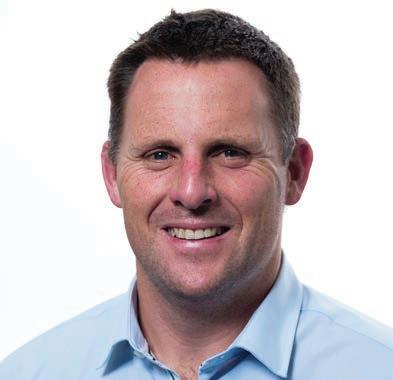
Phil Weir
Phil Weir is a Waikato sheep and beef farmer and AgFirst agribusiness consultant. eating.the.elephant.nz@gmail.com
In this series, the team reflect on what
for NZ ag.
SITTING down with a cup of tea and a Superwine biscuit (time’s too poor for baking and too tight for toffee pops) and surfing the Olympic channels, it is hard not to get caught up in the Olympic movement.
Every four years and despite all the very real conflict and turmoil in the world, we come together and compete.
As New Zealanders, the Olympics reminds us that we do a number of things very well, like rowing, pastoral farming, canoeing and women’s rugby. We are reminded that while we are a little fish in a
Continued from previous page
One very significant feature is that the cost of the programmes is borne proportionately by the participating members, not by the farmers who sign up to be part of the audit scheme. This single fact explains why uptake has been so impressive.
A notable example of progress has been the decision to set up a membership structure that provides for a broad range of members, including not only meat processors, but also wool companies, software providers and catchment groups, all with the capacity to communicate with their farmer clients and members. Last year the management committee made the decision to engage QCONZ as the programme auditors because of its track record with the dairy industry and its ability to increase the speed and efficiency of the audit process. Its systems and data management expertise has made the whole compliance process for farmers quicker and easier.
The QCONZ farm audits are in turn monitored and audited by JASANZ, which is a not-forprofit trans-Tasman accreditation body certified to international standards.
McSkimming and ANZCO’s Grant Bunting are at pains to point out that neither NZFAP nor NZFAP+ is designed to comply
big pond, we can move fast and bite back when the contest and conditions are to our favour.
On a per capita medal basis, we punch a long way above our weight – sitting alongside our pastoral pals Ireland and Australia but, as expected, behind the places where our exports mostly go: China, the United States and Europe.
It’s the variety of the nations (and possible export destinations) competing that excites me as a farmer. Despite the Olympic Village’s attempts to promote a plant-based diet, I am sure the 10,500 Olympic villagers would have a strong interest in naturally produced beef, lamb and dairy products, in addition to the fruit and veg on their plate.
Our great Kiwi missions –diversifying our markets and winning more golds, silvers and bronzes – share some similar traits. Medals in the easy-tounderstand and well-traversed sports, like track and field’s 1500m or the marathon, bring significant kudos but won’t be where our future medals are won.
Looking ahead to the Los Angeles Olympics in 2028, we’ll naturally keep our grip on rugby sevens, cycling, canoeing, sailing and rowing excellence. But an increased haul will likely come from small pivots to the obscure and the niche sports.
The addition of cricket and squash will provide opportunity with our heritage and tradition –but to earn more golds, silvers and bronzes, we should aim our effort
and high-performance investment at the niches.
BMX and mountain biking could be a start, and Emma Twigg has suggested already that ocean sprint rowing could be her next venture – an obvious low-hanging niche for a nation of oarsmen and -women.
To reap the benefits we will need to do more than make an armchair effort to understand judo over three late nights of tea and biscuits.
In looking to these niches, we will need to remember that the medals count, even where there is little hype or superstardom. While we may aspire to the sports that attract global pop icon Snoop Dogg donning an equestrian suit carrying an Olympic torch (in a parody of his love of smaller cylindrical things that burn), actually competing in these arenas will likely be a long way out of our depth. We are still a small fish, after all.
Our bling in new niches will likely come from the sports we have hardly heard of. And to reap the benefits of these sports or markets we will need to do more than make an armchair effort to understand judo over three late nights of tea and biscuits.
To compete in new sports, and new markets, we will need to immerse ourselves, we will need to
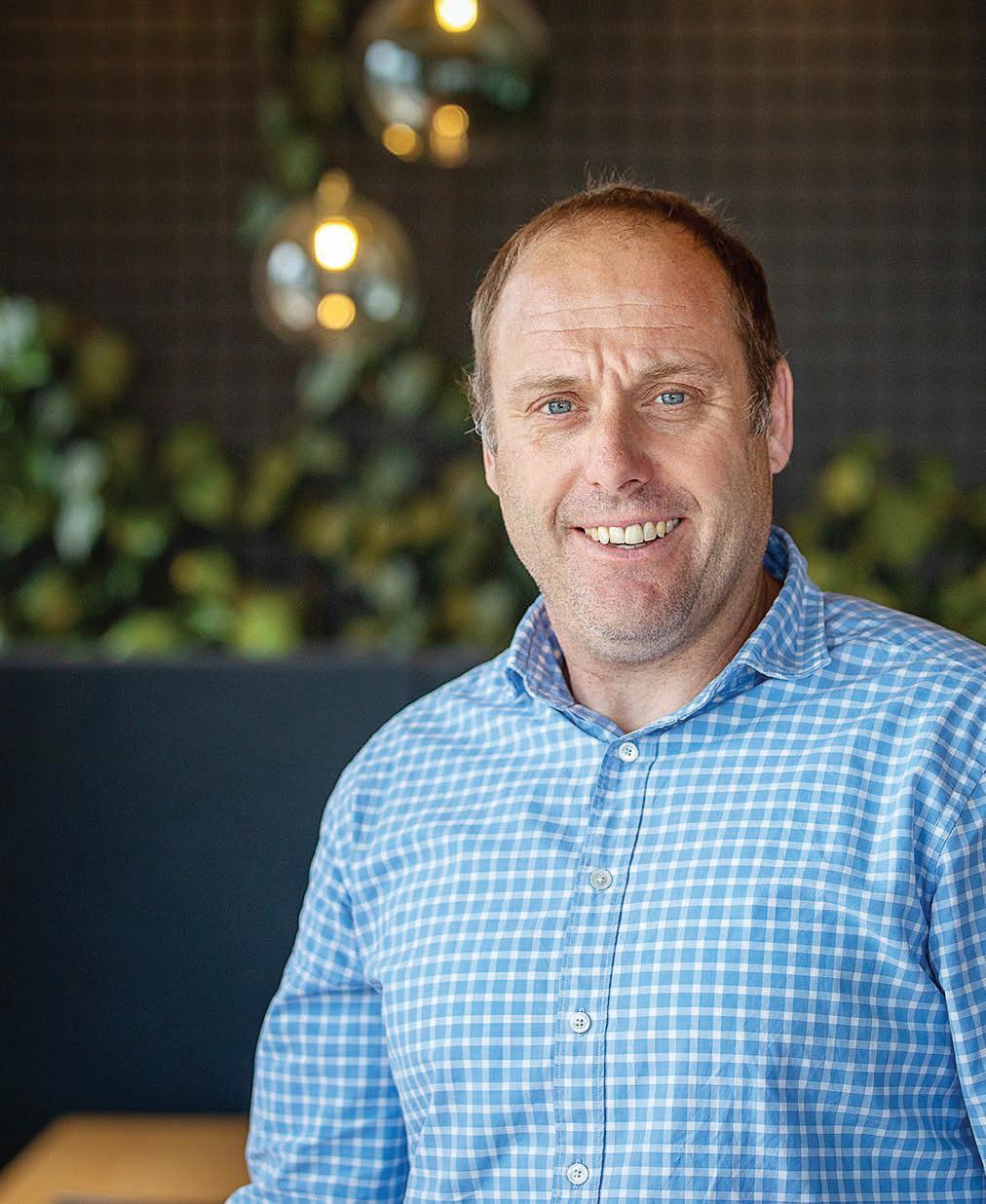

understand deeply the culture and customs that might initially seem peculiar but which provide the life force to the sport and any trading relationship.
In learning these disciplines and the art of the new sport or business culture, we will have invested the time and earned the right to compete for gold. It will be this discipline and respect for the custom that will keep us out of an
government agencies to negotiate on New Zealand’s behalf, although B+LNZ and the Meat Industry Association provide advice.
ANZCO’s position is for NZFAP and NZFAP+ audits to be as relevant as possible to market requirements, citing a reluctance to progress beyond this in case an unnecessarily demanding standard becomes part of the access regulations.
Processors leave their company brand at the door.
Bunting says it is preferable to evolve slowly instead of getting ahead of an acceptable pace of change on farm and makes the point that the assurance programme has a value to ensure market access, but does not yet carry a premium.
However, in time the assurance programmes will enhance New Zealand’s country brand, which will provide the opportunity to achieve a higher value from which all farmers can benefit.
MMA cage or a race-to-the-bottom commodity auction, where we can certainly make a dollar but no Olympic medal will be won. Let’s not be distracted and flick to Snoop at the gymnastics. Let’s focus on the small pivots that can yield better results. Let’s continue to do what we are good at, playing where we can win, and be brave enough to take a calculated risk and enter news fields of play.
This helps processors to procure livestock that achieves this goal with NZFAI providing a neutral environment for compliance with a designated set of standards.
Silver Fern Farms is looking to the farm assurance programmes to futureproof meat supply that keeps up with market trends and satisfies customer requirements in the first place. The longer term goal is to find ways to unlock greater value that can be shared with suppliers.
As part of the company’s commitment to achieve this, SFF has five staff dedicated to working with farmers to comply with NZFAP standards. The ultimate objective is to target quality over quantity with a focus on larger properties.
with the regulatory standards and non-tariff barriers that are applied in many markets, although they may on occasion provide proof of
compliance.
Compulsory regulations are a separate trade access issue that remains the responsibility of
McSkimming emphasises the processors are not the regulators, but want to set meaningful standards that enable farmers to meet market requirements.
There is no doubt NZFAP and NZFAP+ have already resulted in an improvement in livestock quality with the ability to meet market specifications, while providing assurance on such critical factors as traceability, food safety, animal welfare and, progressively, environmental management and biosecurity. It is particularly heartening that an initiative of increasing benefit to the reputation and value of our red meat and wool exports has been driven from within the sector instead of by external consultants. Sometimes the best ideas start with those who know their industry.
hectares of grazeable land. Much of which had washed down the valley, causing devastation along the way,” added Hamish.
THE night of the 13th February, 2023 was a memorable one for all the wrong reasons.
Cyclone Gabrielle had brought intense rainfall to the Thomsen’s Patoka property and turned Lindholm Farm into a swathe of slips and debris.
They woke to more than 5km of farm roading out of action, access to town eliminated by a bridge wash out and an immeasurable amount of work ahead to get the farm back on track. Brothers Hamish and Greg Thomsen talk about their experience of Cyclone Gabrielle, the insurance claims that followed and what they have learnt along the way.
Three generations live at Lindholm Farm in Patoka. Hugh Thomsen, son Greg and grandson Rupert, now 18 months old. There are two houses, about 4km from each other and a significant piece of roading infrastructure that snakes its way through the property joining Hugh’s house with Greg and his wife Emma’s place.
Greg’s brother Hamish lives in Napier. As an accountant, he is pretty good at adding things up, but he did not factor the repair of more than 20km of fence lines into his plans for 2023.
“I phoned Dad first thing the next morning and asked how the night had been. The whole hillside had come down, travelled over the road and landed in Dad’s garden, blocking the driveway. We were lucky the house was untouched but I was quickly worried about what Greg’s place and the rest of the farm might look like.
“The hills quite literally gave way under the weight of the rain. We lost an estimated 40 to 50
Access became a real problem for Greg who took two hours to make the usual 5-minute journey to his Dad’s house.
The two-wheeler was the only vehicle capable of safely navigating the new terrain.
Greg said they were lucky and that things could have been much worse but the workload ahead was a daunting prospect.
“We had no power and no access to town after the bridge over the Mangaone River was wiped out. The main bridge through the farm was also gone, meaning we had to travel via neighbouring farms taking up to half an hour one way to access what would have previously been 5 minutes. With fences down, cattle were everywhere. It was chaos,” he said.
Stock can go without feed but they can’t go without water. We were able to get gates open that allowed stock to move through paddocks to the dams for water.
Greg Thomsen Patoka farmer
Greg and Emma’s son Rupert, 6-months-old at the time, was blissfully unaware of the chaos unfolding around him
From his home in Marewa, Napier, Hamish quickly became the conduit between town and country for the Thomsens.
“I would drive out to the Rissington where the previous bridge was with jerry cans of petrol to keep the generators going. They would then be rafted across to Greg on the other side. It was a

rigmarole, but it worked. We would have one ute on one side of the river for running supplies from town – and then another on the Patoka side for getting to and from the farm. Eventually a temporary ford was built which made coming and going easier.”
With Greg occupied on farm, Hamish took on the job of navigating insurance claims associated with the damage. The big-ticket items were the land slip that had arrived on Hugh’s lawn, four out of the farms five water systems out of action and fence lines lost to land slips.
“Once the hillsides gave way, so did the fences, water troughs and pipes,” said Hamish.
Hamish said there was no mucking around when it came to their claims for the water system, fencing cover and other incidental damage on farm.
“They checked our account, lodged our claims, we sent through pictures and the money was in the account”.
The EQC claim associated with the landslip at Hugh’s has taken a bit longer. The cons that sit alongside the pros of having an insurance system for covering damage to land Hamish reflected.
When asked what some of the hardest parts of the process were Hamish mentioned the roadside fencing.
“These were 7-wire fences and it took about six months to get on top of these. We constantly had cattle getting out which becomes a real nuisance and hazard when roadside.”
And as for lessons along the way – Hamish said this was a kick in the butt to review and make sure the family fully understood what they had insured and what that would look like in any future event.
“I went through our policies – line by line. We had our water
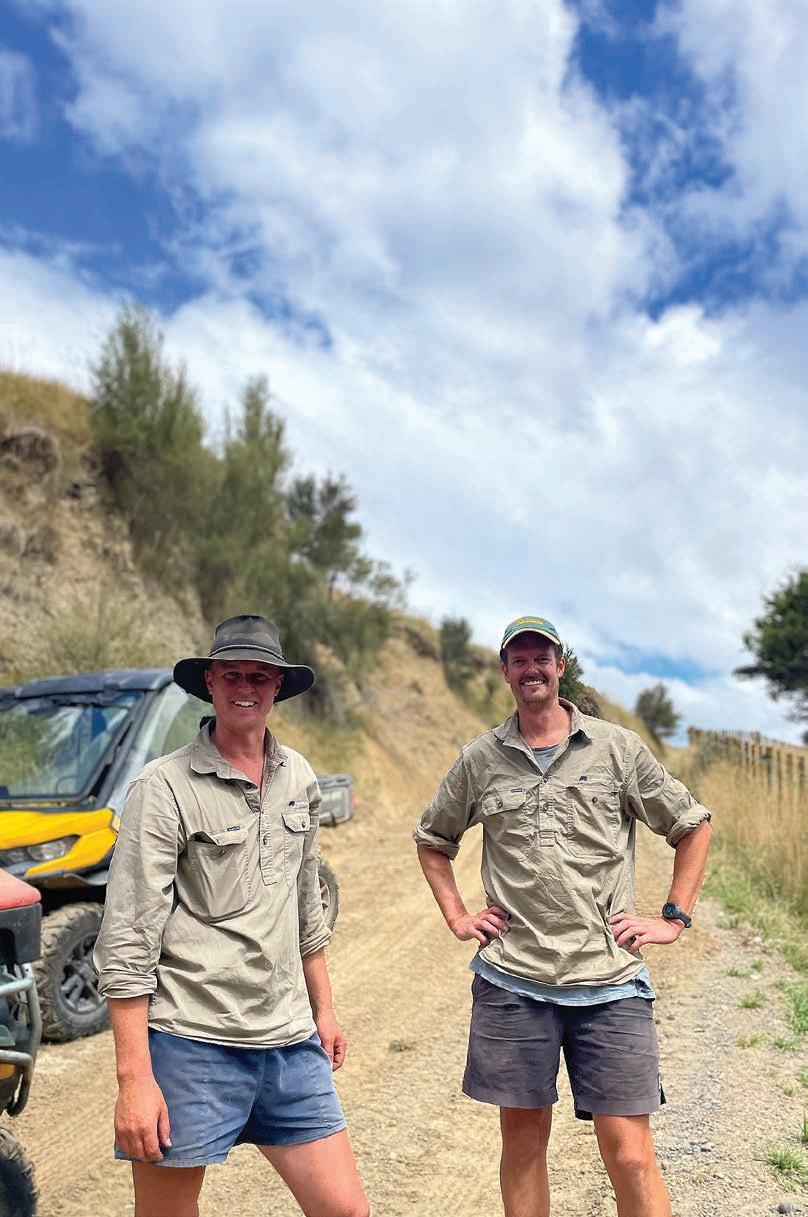
system insured for $5000, when the damage sustained took a $30,000 bill to replace. That is a big shortfall.
“We had also renovated a shed but not actually adjusted that value in our insurance, so that was another hit for us and a wake-up call to stay on top of those smaller details, year on year. Don’t just pay your bill and move on – reflect on the year that has been for your business and ask questions if you want clarity.”
It was a year to be remembered for first time Dad Greg, and Hamish is looking forward to
hanging up his hammer when the final fence is nailed.
“At the end of the day, we feel like we got off pretty lightly. FMG has taken the brunt of the financial losses off our shoulders and helped us navigate the claims process and as a family we have come together to get the farm back on track,” concluded Greg.
Now well stocked on generators, jerry cans and fencing gear, the Thomsen’s have just purchased a digger and bulldozer…just in case.


• This story was produced in partnership with FMG.

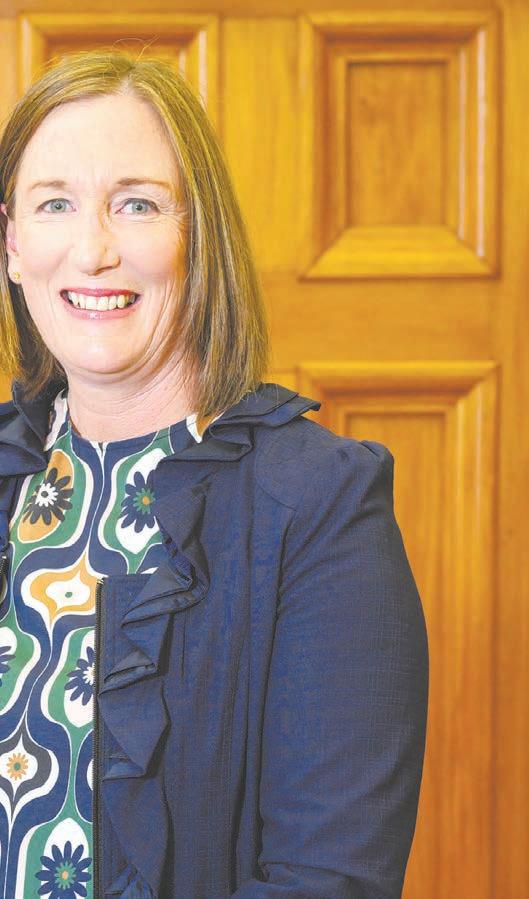
Elisa Harley is the brains behind a range of biodegradable plant pots – at the age of 17. Cheyenne Nicholson reports.
SEVENTEEN-year-old Elisa Harley has had a whirlwind of a year. Television interviews, speaking engagements at events like E-Tipu BOMA, numerous meetings with lawyers, scientists, business mentors – the list goes on.
But in a recent interview her mind was also on the term ahead, NCEA exams, all seemingly normal things on a high schooler’s to-do list. She said she had a few grant applications she needed to get done and needed to prepare for a meeting with a scientist and lawyer later in the week – perhaps not so normal for a high schooler. Harley is the founder and brain behind Enivo Pots, a solution she’s developing to solve the problem of the 350 million plastic plant trays and pots used every year in New Zealand.
Inspired by the opportunity to take part in the Lion Foundation Young Enterprise Scheme, Harley got thinking about what problems she saw that she could solve. An existing love of our native flora and fauna and a small business selling native plants connected her with local nurseries and she very quickly saw the problem she wanted to take on.
“I thought if I could find a biodegradable solution to plastic pots that might be worth looking into,” she said.
With support from the Young Enterprise scheme, AGMARDT funding and Scion, Harley got to work developing a prototype that uses waste from primary industry, primarily forestry, to make biodegradable pots. The pots, which last six months above ground and degrade within a year in the ground, are currently being tested in large-scale nurseries.
“The pressure of being in this entrepreneurial space has definitely been overwhelming at times. It went very quickly from an idea for the Young Enterprise scheme to something that’s starting to get legs of its own.” The most challenging part
for Harley was entering an industry with no experience commercialising a business. She has since had many opportunities to go out and understand the industry, and learn the ins and outs of building a business, and she feels more supported in this space.
“It’s a privilege to be learning what I am at my age. I can try things, make mistakes and learn from them for the future. I’m not making Enivo Pots for the success or profits, I’m aware it might not be [a money spinner], but the learnings I get from this will stay with me for life.”
She recounts the story of getting
It went very quickly from an idea for the Young Enterprise scheme to something that’s starting to get legs of its own.
up early the morning after her school ball to send emails and look over business paperwork.
“I think anyone would have the odd moment of feeling like they are missing out on being a ‘normal’ high schooler. A lot of what that entails isn’t me anyway though. I still get to hang out with my friends and do all the things I want to do. My friends keep me grounded and ultimately, I’m still me. They allow me the space to not be in the business mindset 24/7.”
Harley knows all too well the ramifications of being in the business too much. Between her Enivo Pots, school and generally being a teenager, she placed a lot of pressure on herself to excel across the board in those early days and quickly found herself dealing with burnout.
“Navigating that was hard, getting my ‘circle’ around me was really crucial to coming through that. I was working so many hours trying to do it all myself. I really had to reprioritise what was important to me. I think burnout is

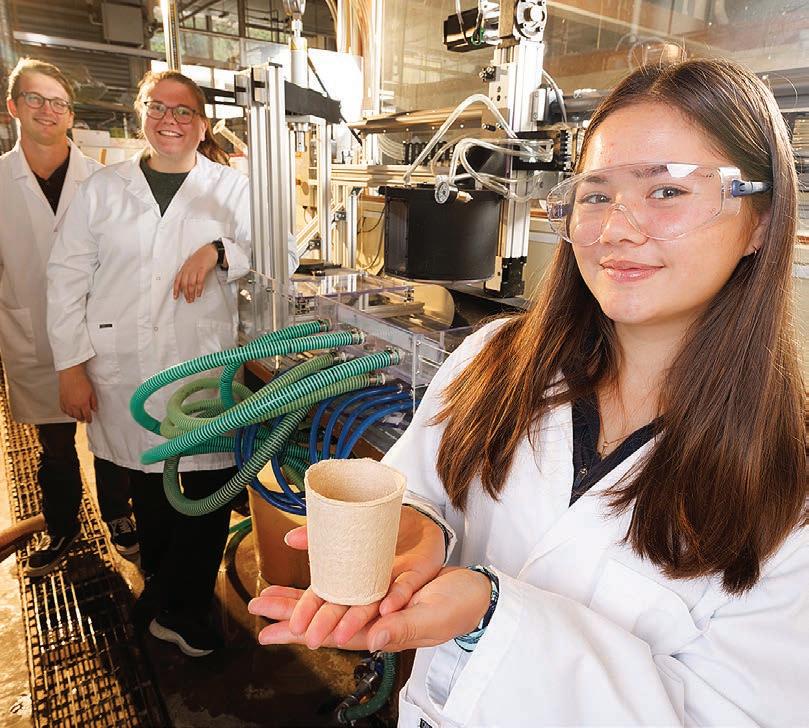
With support from the Young Enterprise scheme,
funding and Scion, Elisa
developed a prototype that uses waste from primary industry, primarily forestry, to make biodegradable pots.
something a lot of teens struggle with.”
Harley was overwhelmed by the willingness of people to help.
“I found that if you ask for help or even for a coffee to ask advice or something, no one has ever said no. People are always willing to help.”
Building a reliable and trustworthy team around her has been the key to kicking the business from an idea into reality. From her mentor through the Young Enterprise scheme she got connected with a co-founder of Sharesies, who is now her business mentor for the ‘big picture stuff’.
“I also have a personal mentor who helps look after me. She’s a young adult at my church who I really connected with, she helps me become the best version of me.
Not the entrepreneur Elisa, but the Elisa who has a whole life and a different set of passions outside of business.
“My parents are involved with the legal side of things, school doesn’t yet teach us how to understand 25-page NDAs! Most importantly, my parents make sure I don’t over-commit at the sacrifice of my school work or wellbeing.”
Harley has been overrun with offers of help, grants and other
support from people, but said the difficulty is not saying yes to everything, and learning to identify what opportunities are worthwhile. After all, this isn’t her full-time job.
Harley is driven in everything she does, she’s a firm believer in rejection being redirection and pushing herself to do the hard things in life, like taking a cold shower or a cold swim every morning. It started as something she did while on Spirit of Adventure but became a challenge she adopted at home, too.
“Before my day has even started I’ve done something hard and overcome it. The rest of the day, if something hard comes up, I know I can tackle it. It helps my mindset a lot.”
While her focus right now is on taking every opportunity that comes her way, Enivo Pots is not what she plans to spend the rest of her life doing. She is keeping her options open and on the lookout for other opportunities, like study, to continue developing herself and give her options in years to come.
“I want to live a purpose-driven life that pushes the boundaries and inspires other young girls to create a better future for the planet, themselves and the generations to come.”

• Granulated products for precision farming
• Targeted soil nutrition
• Easy application with starter fertilizer and/or seed
• Trusted quality for optimal results



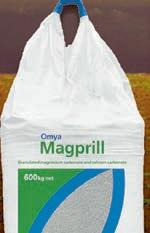






THE New Zealand arable industry is geared up, ready to celebrate its innovators and heroes and reward excellence in the sector’s annual showcase awards.
Federated Farmers arable group chair and event spokesperson David Birkett said the industry is excited to bring the NZ Arable Awards to life in an event put together for industry, by industry.
“It’s the time to recognise and reward all that’s good in our arable sector, the innovation, commitment and achievements of the best of us.
“These awards are about celebrating achievements and inspiring others. We are really proud of our people, a lot whom are very humble and like to go under the radar.
“This is arable’s time to shine, promoting and celebrating what our people do – really great work,” Birkett said.
Federated Farmers, the Foundation for Arable Research (FAR), United Wheatgrowers (UWG) and the Grain and Seed Trade Association (NZGSTA) band together to make the NZ Arable Awards a showcase of the sector’s people and products.
A total 21 finalists across seven sections of the 2024 Arable Awards have been announced, with the awards function set to celebrate industry excellence in Christchurch on August 15.
Working Together Award –sponsored by BASF
New to the awards this year, this recognises a group of growers that has collaborated to gather, document and share information aimed at improving the long-term viability of their arable businesses. The finalists are:
• Weed Control Group. This South Canterbury group has helped participating growers develop strategies to control herbicide-resistant grass weeds on their farms. It has created an environment where there is openness to discuss challenges, admit to knowledge gaps and collectively create solutions and build capability in managing an on-farm challenge.
• Liquid Injection Group. The group has widely shared knowledge gained on biological products and non-standard seed treatments. Failings are shared openly, and collective knowledge is developed. By working together and sharing trials across farms, learning has been accelerated. This project has given individuals in the group the encouragement and support to try new things and get out of their comfort zones, creating paradigm shifts in the
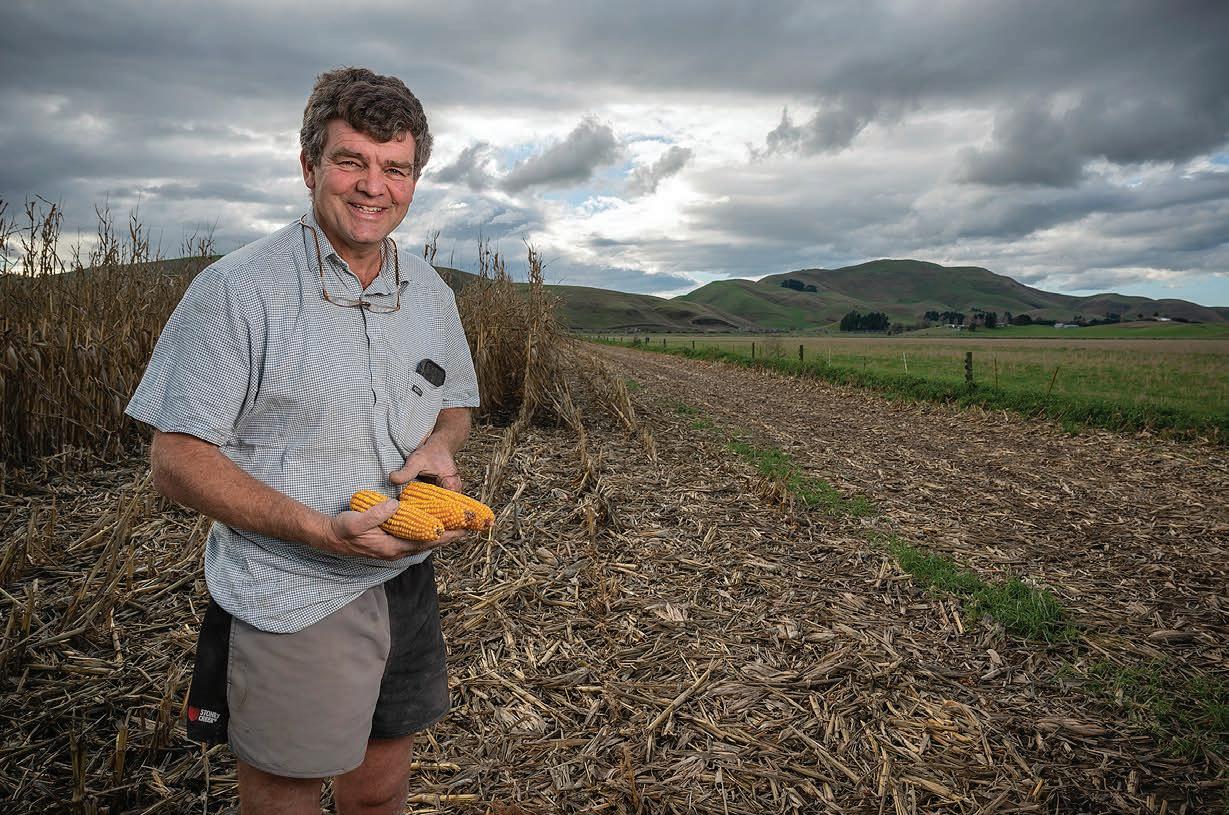
way they think about their farming systems.
• Oilseed Monitor Farms. This is a collaboration between a private company (Pure Oil NZ), a research organisation (FAR) and growers. The group has achieved impressive yields of oilseed rape while reducing nitrogen usage. It has made real yield gains across the monitor farms while also decreasing nitrogen usage. Benefits from the trials are spilling over with good large-scale trial methodologies developed and replicated across other crop types.
Agronomist of the Year –sponsored by NZGSTA
The judges are looking for someone who has up-to-the minute knowledge of crop options and agronomy and goes above and beyond to help growers to solve problems and produce high quality profitable crops. The finalists are:
• David Weith, who has been involved in the arable industry for over 30 years. He’s been involved in helping get two world wheat records and a world barley record with his knowledge, involving other like-minded people in the attempts. He’s also involved in helping train young agronomists and farmers and challenging them to grow and reach new goals.
• Nicola Pace, who is a people’s person and very heavily involved in local community through helping organise the Methven, Mayfield and Ashburton A&Ps wheat competition, and mental health support within the agricultural community. She is also very involved with Mt Hutt College’s agriculture programme, mentoring young people wanting to get into agriculture.
• Sam Sturgess, who is the founder of a north Otago arable
focus group. He has always wanted to be involved in agriculture and is 100% committed to seeing farmers grow and try new ideas. He is involved in helping the training of staff and challenging them from current status quo market to have a go at new ideas.
This is arable’s time to shine, promoting and celebrating what our people do – really great work.
David
Birkett Federated Farmers
Positive Environmental Impacts Award – sponsored by FMG
The award recognises an arable farmer who has addressed an issue of environmental concern within their business. The finalists are:
• Tim Gorton. The judges were impressed by the breadth and scope of the environmentally driven initiatives on his farm. He clearly considers how in-paddock management, such as soil cover and nitrogen management, impacts his environmental footprint. In his words, “I do not call myself an environmentalist, but I just want to do a good job, and this requires being open to pivoting and learning as you go.”
• Daniel Finlayson. The judging panel commented that Finlayson clearly regards environmental stewardship as a farming foundation principle as opposed to a “nice to have”, and noted his genuine iwi engagement and continuous efforts to find solutions that work, such as developing an anaerobic system for chicken manure to reduce volatilisation.
• Angus McKenzie. He has demonstrated a broad range of environmental initiatives, from installing wetlands to cutting back on fungicide use. He has a wide reach of influence, putting time and effort into communication.
The judges were impressed with his commitment to carrying out visual soil assessments in eight paddocks a year and his attitude in general that sees him happy to be jokingly called a tree hugger in his community.
Innovation Award – sponsored by Barenbrug
The award recognises researchers, plant breeders, farmers, either individual or team, whose development of innovative research, technology, product development or marketing has added value to the industry. The finalists are:
• Dr Soonie Chng, who is dedicated to understanding arable crop diseases and transferring that knowledge into practical solutions for growers. Her research findings are available to everyone in the arable sector as she shares information through the Cereal Performance Trials booklets and other FAR channels.
• Anna Gillum, who has spearheaded PGG Wrightson Seeds’ cereal fungicide research for eight years. She is passionate about learning and adapting technologies from NZ and overseas and introducing them to agronomy packages for farmers.
• Brent Austin, who is at the cutting edge of arable farming. He is involved with three FAR Grower Leading Change groups and often hosts on-farm demonstrations. He has been a leader in experimenting with nitrogen-fixing faba beans to see how much nitrogen these are providing following cereal crops.
Maize Grower of the Year –sponsored by Pioneer
The finalists are:
• Alan Henderson, Cranleigh Agri-business Trust, Waikato, who has continuously grown maize on the farm for over 50 years. He pays close attention to management of the soil biology and fertility, which is seen as the foundation of consistently high yields. Crop residues and cover crops together with the use of manure and dairy shed effluent contribute to building organic matter and crop resilience. A servant of the industry, he has served long stints in various capacities on the Maize Research Committee and FAR board.
• Mark Shera, Parkfield Farm, Canterbury, who grows around 100 hectares of maize grain yielding 14t/ha. He has developed a continuous flow dryer and storage for up to 1900t and actively promotes the use of maize grain in the South Island. He actively uses precision planting and irrigation scheduling to optimise root development and water use efficiency. Crop rotations are designed to enhance soil quality, minimise inputs while optimising productivity.
• Simon Nitschke, Marton, who grows up to 200ha of maize grain, along with 100ha each of wheat and barley. Yields achieved are extremely high by industry standards. Paddock yields range from 13 to 17t/ha depending on soil quality while yields higher than 20t/ha achieved in strip trials. High yields are the result of careful cultivar selection, soil fertility, Ph and residue management, minimising compaction and the number of passes required, targeted fertiliser application with split timings and rates, tissue sampling and the analysis of yield maps to feed back into the management of the next crop.
Cereal Grower of the Year –sponsored by Bayer
The finalists are:
• Peter Hewson, Canterbury, who farms 475ha at Esk Valley, south of Timaru, and is described by the judges as a very good thinker who adapts to the season and the conditions. He uses a range of cultivation and drilling techniques depending on the crop and the season, using both minimum tillage, direct drilling and strip tilling. His average winter wheat yield is 10t/ha, with yield range from 8-11t/ha and barley 8-9 t/ ha. He is chair of the Sutherland arable group and FAR ARG, FAR Leading Change and shares widely on social media.
• Brad Lindsay, Otautau, Central Southland, who runs a 225ha sheep and arable property, with 150ha cropping, wheat, barley,
Continued next page

Annette Scott PEOPLE Awards
LEADING New Zealand flour manufacturer
Champion has made history in the industry as the first to employ a female miller.
Champion has confirmed the appointment of flour miller Huzeinat Shidi, who joins the milling team from Nigeria.
Emigrating from Nigeria, where Shidi was also the West African country’s first female miller, she brings a wealth of knowledge to Champion’s Mt Maunganui site.
A graduate of the prestigious Swiss Milling School, renowned for its world-class grain milling training in Switzerland, Shidi will have a leading role in ensuring
Continued from previous page
peas and sometimes grass seed, as well as 1000 breeding ewes. Yields are consistent and reliable, winter wheat average is 12t/ha, barley range 8-10t/ha.
He impressed the judges with his extensive nitrogen testing and monitoring carrying out both soil mineral nitrogen testing that has ensured very good nitrogen efficiency and reduced fertiliser nitrogen especially on spring barley following green feed, while also incorporating herbage testing to fine tune his crop nutrition.
• Morgan and Keren Horrell, who run a dryland mixed farming arable business at Wendonside in Northern Southland. They run a no-till farming system in which soil health and looking after the environment are high priorities. The farming system is
Champion continues to meet the needs of customers and consumers with worldleading grain-to-table solutions.
Champion Flour Milling country manager Chris Anderson said: “Huzeinat is an exceptional and passionate miller who is a positive addition to the Champion team.
“At Champion, we develop ourselves, peers, and teams, to
As the first female miller in NZ, Shidi has established herself as a milling expert and brilliant mentor.
Chris Anderson Champion Flour Milling
be better every day, which she encompasses.
“As the first female miller in NZ, Shidi has established herself as a milling expert and brilliant mentor.
“She has a bright future ahead of her at Champion where we value diversity and inclusion, and we are honoured to be a part of it,” Anderson said.
Shidi is excited to be in NZ.
“I am so grateful to have joined the Champion team here in NZ,” she said.
“Champion excels in baking the future from flour all thanks to its diverse and expert team.
“It is wonderful to witness the gender diversity across the site from female assistants in milling to women operating forklifts, and I am excited about my career here,” Shidi said.
simple to maximise profitability and minimise on farm expenses and labour requirements, without compromising yield. They run a diverse crop rotation to maintain yields and farm sustainability. While celebrated as a finalist,
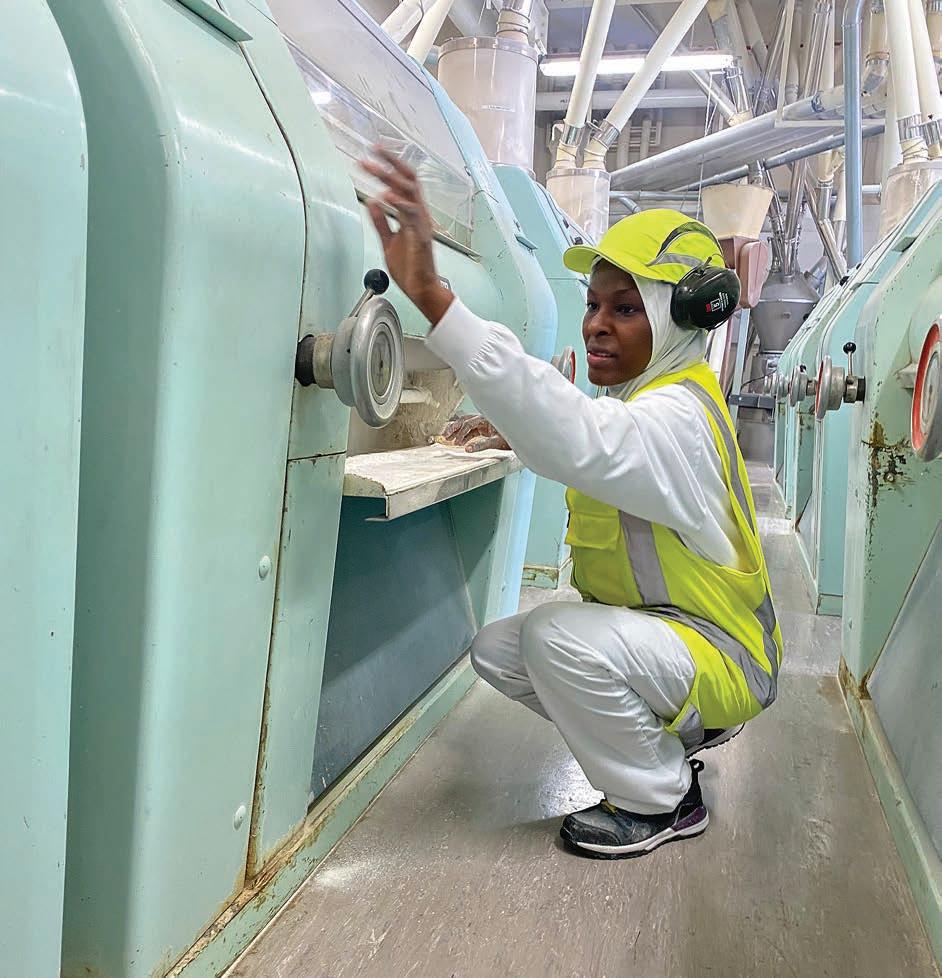
the Horrells have pulled out of the awards for personal reasons.
Seed Grower of the Year –sponsored PGG Wrightson Seeds
The finalists are:
• John McCaw, Methven. As
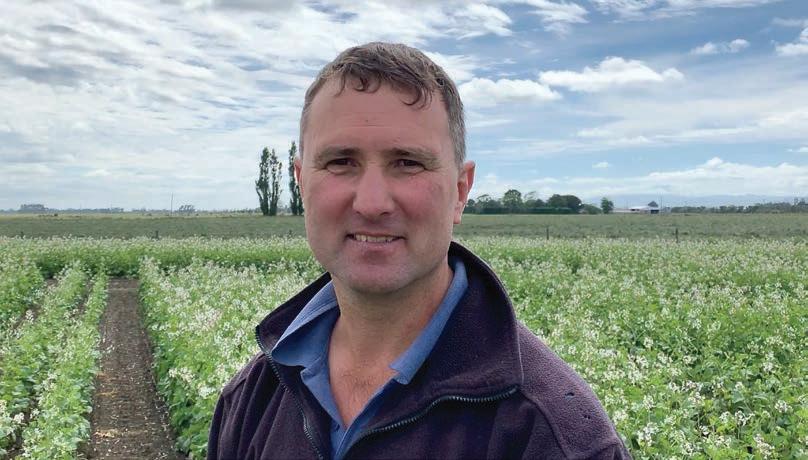
is excited to bring the arable awards to life in an event put together for industry, by industry.



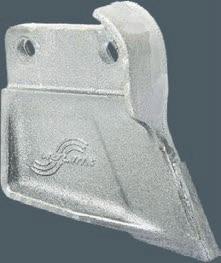


well as growing cereals, this family operation specialises in ryegrass and cocksfoot seed production, and vegetable seeds. They run their own commercial seed dressing plant. Since 2022, McCaw has chaired the Federated Farmers herbage seed subsection and in this role was a key driver in development of a tool that growers can use to assess the true cost of ryegrass seed production, including rates, insurance and other overheads.
• Scott Rome (and family Steve and Helen), Southland. Scott impressed the judges with the way he has adapted in a very short time and steep learning curve to change the farming operation into prioritising seed production, utilising variable rate applications, drones and other technology in a region where that is not the typical model. He is heavily involved in a local catchment group and is
the Southland representative on Federated Farmers herbage seed group.
• Tim and James Robinson, Methven. This father-son operation has produced high yielding ryegrass and chicory for the past five seasons, showing great attention to details with spraying and managing the harvest. They support arable research and have no hesitation in sharing their knowledge.
Arable Farmer of the Year
The Arable Farmer of the Year has been tweaked to now be judged from the three winners of the seed, grain, and maize grower of the year categories.
The overall winner will be the arable farmer who best represents the NZ arable industry’s characteristics of productivity, adaptability, sustainability and collaboration.
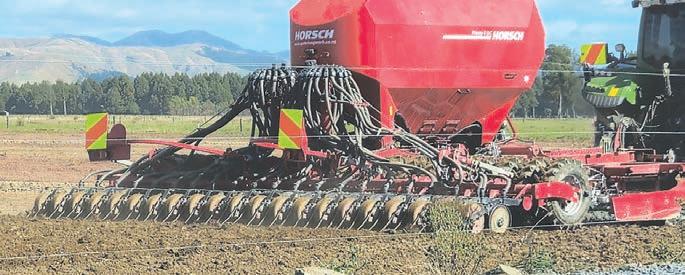

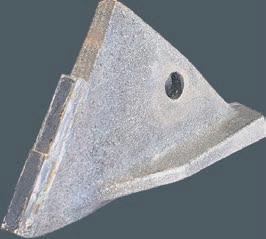

Richard Rennie NEWS Arable
WITHIN western Brazil’s massive landscape, a cropping revolution is taking the country’s food growing ability to another level of productivity, helping lower farm carbon emissions and improving farmers’ profits.
Farmer, agronomist and consultant Paulo Ascunção’s 2000 hectare cropping operation highlights some of the major advances the country is making in its agricultural cropping practices.
His 2000ha farm is relatively small in a state four times the size of New Zealand, where his neighbours farm 600,000ha.
But Ascunção also has an expanding farm consulting business that extends in an 1000km radius from his own property in a state where it is often preferred to take a light plane rather than drive to visit clients.
Collectively, his clients have enough buying power to order fertiliser by the shipload, direct from its manufacturer.
Taking his skills as a farmer and as an agronomist, he is specialising in helping his clients – whose land holdings total 420,000ha – to incorporate corn into their cropping calendar as a second crop, or safrinha.
The practice of planting a second crop as corn after soybeans have been harvested in the late end of the wet season in February is a relatively new one.
However, it is already starting to lift Brazil’s corn production into double digit annual growth rates, driven largely by Mato Grosso growers.
Brazil’s corn harvest in 2023 was 112 million tonnes, almost a 50% lift since 2018, and the country has a projected harvest by 2032 of 177 million tonnes, largely off the back of more farmers adopting the safrinha approach.
Brazilian agri experts can see a further 20 million hectares plus of land that is still underutilised either in cropping or rough pasture that could still be bought on stream to supply the burgeoning demand for corn, underpinned by massive expansion in corn ethanol refineries throughout the region.
Ascunção’s links to corn-sourced bio-ethanol highlight the role the bio-fuel has played in encouraging this major shift in crop change. He is himself one of 24 shareholders in a farmer-owned ethanol refining business, ALD Bioenergy, the first farmer co-op refining model established in the country.
It collects corn from 65,000ha of farmer shareholders’ crops, feeding the co-op’s refinery that processes 1000 tonnes a day of corn. From this comes 113 million litres of ethanol a year and 70,000t of dried distillers grain (DDG) for cattle feed. It is tagged to be expanded by 2026 to process 3000t a day.
The cerrado (grassland savannah) biome with its wet-dry tropical climate may outwardly appear a difficult environment to grow a moisture sensitive crop like corn.
“But once the soybeans are harvested, we have found the dry period is ideal for corn.
“Soil moisture is high at planting, while we then get a long period of dry weather with much lower risk of infections and pests. And more temperate corn growing regions like USA and Canada, they can only grow one crop of any type in a year,” Ascunção said.
Despite the turmoil climate change has wreaked in many crop growing areas, Ascunção has enjoyed 30 years of relative reliability with the wet-dry climate pattern.
More temperate corn growing regions like USA and Canada, they can only grow one crop of any type in a year.
Paulo Ascunção Mato Grosso
“Last year would have been the first time we had less rain than usual, hitting our soya bean crop with a 10kg/ha drop in yield.”
He averages 75 bags a hectare, well above the Brazilian average of 66.
“And you really need at least 66 to break even at 100 reals ($30) a bag.”
Sustainability underpins efforts to also lift per-hectare productivity.
Farmers in the cerrado biome are required to hold at least 50% of their farm in nature reserve, and satellite monitoring will detect any de-vegetation undertaken. Detection will mean a loss of the farm’s right to farm, registered with the national Rural Environmental Registry (CAR).
“To cut down any native tree is virtually impossible,” he said.
The farm’s grain driers are fuelled by short rotation eucalyptus aged six years. Meantime, there is a focus on lifting soil organic matter by incorporating corn into the cropping routine.
Brachiaria grass, a “climate smart” forage grass, is planted with the corn. Thanks to the corn’s
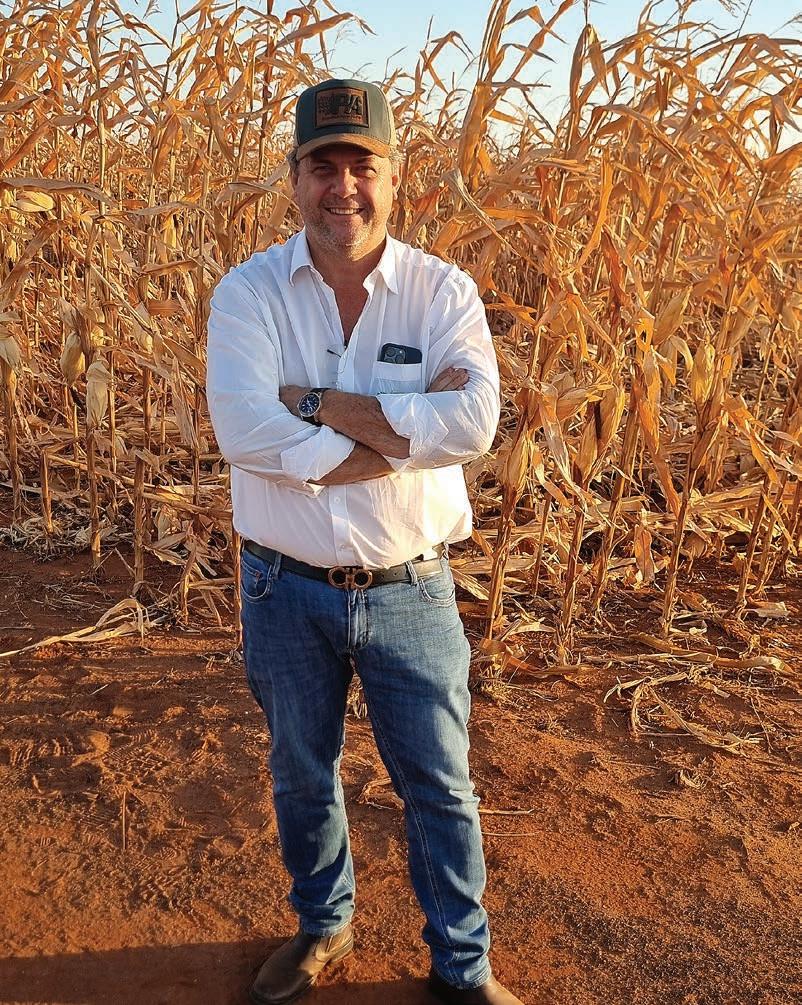
Roundup Ready status, it can be sprayed, killing off the grass, which dies in situ, adding to organic matter. Adding the grass in with the corn lifts carbon sequestration to about four tonnes of carbon per hectare.
A payment scheme for sequestered carbon is being proposed.
Ascunção has taken the advice he gives to his farmer clients a step further, planting a third crop every year now, as irrigated beans including black beans, with
pumping energy provided by solar power.
He said he is optimistic about the potential for a Mato Grosso safrinha corn crop, bringing not only improved production to farmers, but also jobs to very remote communities, thanks to the ethanol refineries processing the corn.
• Rennie visited Brazil as part of an international delegation of agricultural journalists hosted by the Brazilian Association of Corn Ethanol Producers
On the day the government said it would be streamlining regulations for on-farm treatments, the EPA alarmed the arable sector by moving to further regulate treated seed.
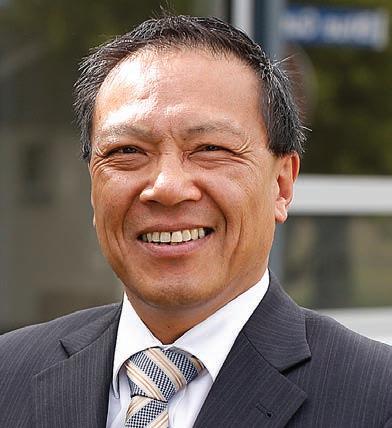
Chin
THE Environmental Protection Authority recently announced a consultation on a new group standard for treated seed under the HSNO Act.
It appears the EPA neglected to inform the minister of regulation that its proposal would generate additional regulations, costs and compliance burdens for the industry and could ultimately impact the supply of seed to farmers and growers.
In a curious turn of events, the minister of regulation announced a review of the approval process for new farming and horticulture products in the morning, and the EPA issued its announcement to regulate treated seed on the afternoon of the same day.
In our opinion, treated seeds are absolutely vital for farmers and growers. Seed treatments themselves protect seeds from pests and diseases, ensuring a strong start for healthy seed.
We now face a situation where the government aims to reduce red tape that hinders farmers and

new and better crop protection products for farmers and industry. As currently proposed they could impact the supply of global seed crops to NZ.
Adding to our frustrations, the EPA claimed it was committed to consulting with key stakeholders. The seed and grain industry last had formal dealings with the EPA in June 2023, and the next interaction was on July 1, 2024, a week before the public release of the proposal.
growers from accessing products approved in other jurisdictions, while one of its agencies proposes more bureaucratic requirements. This is a shambolic and absurd scenario.
While the EPA is tasked with
protecting the health and safety of New Zealand, it seems incredible that it is pushing for more costs and compliance burdens on the industry, contrary to the government’s policy to cut excessive regulations, get economic growth and make NZ an easy place to do business.
The EPA’s prescriptions do not encourage stronger international connections and do not incentivise domestic or international companies to make available
Naively, we believed consultation meant working together to sort out problems and to get solutions, instead of blind-siding industry and dumping on us alreadywritten, poorly thought-out proposals.
Where does this leave us? We believe the Ministry for Regulation’s review of the EPA processes should be sensibly conducted first, before the EPA creates more regulations amid its already overloaded work schedules.
We don’t need more red tape. We don’t need to make NZ harder to do business with.

















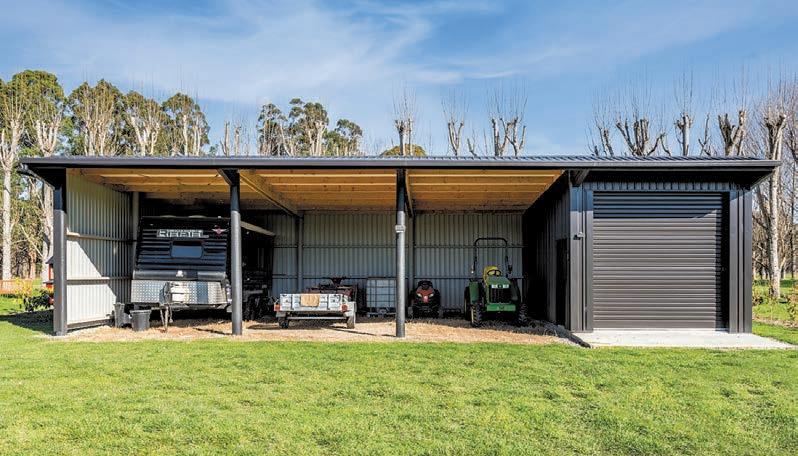

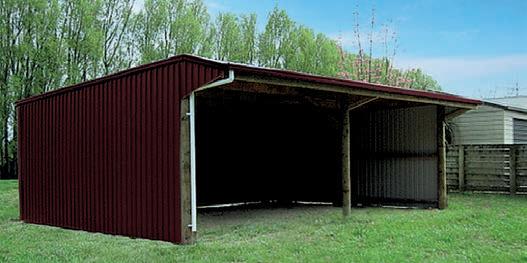






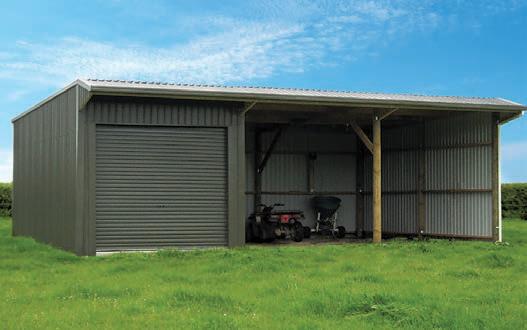











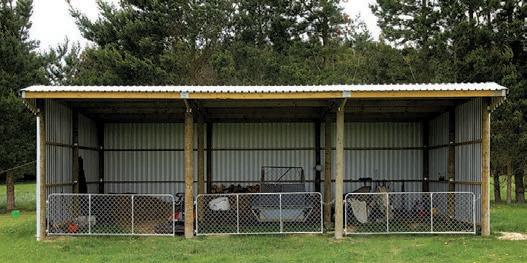











Urgent changes to immigration rules will help relieve some of the pressure on short-staffed dairy farmers this calving season, Federated Farmers say.
Richard McIntyre, the organisation’s immigration spokesperson, says getting staff onfarm has been a massive challenge for farmers this season, especially those in the thick of calving.
“We’ve been working closely with the Minister of Immigration and Immigration NZ to find ways to ease some of that stress and prevent animal welfare issues during calving.
“I’m really pleased our advocacy has paid off, with the Minister agreeing to some limited exceptions for existing visa applications where the applicant is already onshore, which should help them get on-farm as soon as possible.
“This will offer a pressure release for our farming families and businesses.”
Dairy farm workers who have already submitted their visa applications will be temporarily exempt from the requirements to meet the minimum skills threshold, have relevant prior experience, and meet a minimum standard of English.
This will apply to applicants for a Dairy Cattle Farm Worker (ANZSCO code 841512) role who were in New Zealand on 2 August 2024, applied
for an AEWV between 7 April to 2 August, and have not had their application decided.
Minister Standford has also agreed to extend priority processing for dairy farm worker and dairy farmer applications until 1 September.
“Federated Farmers went to Government with some very serious concerns about farmer wellbeing, health and safety, and animal welfare this season,” McIntyre says.
To the Minister’s credit, she’s taken the time to listen, she’s understood the issues, and she’s moved quickly to address them.
Richard McIntyre Federated Farmers immigration spokesperson
“When farmers are short-staffed, it puts a huge amount of pressure not only on them personally, but also their family and farm teams.
“To the Minister’s credit, she’s taken the time to listen, she’s understood the issues, and she’s moved quickly to address them.”
It’s estimated there are more than 140 migrant dairy workers with pending visa applications already on our shores, who should now be able to be cleared for work.
With Immigration NZ staff
swamped by up to 80,000 visa applications to process each month, giving dairy visa applications priority until September 1 is important.
“These changes should relieve some of that immediate pressure people have been feeling and get us through the bulk of South Island calving,” McIntyre says.
“They’re a very positive step, but I’m incredibly conscious that they’re only a band-aid solution to see us through the current crisis.”
He says Federated Farmers will now turn their attention to some of the longer-term challenges with the immigration system.
“The risk is that if we don’t move quickly to address the bigger systemic issues with immigration, we will find ourselves back in this exact same situation next year.”
In April, dairy farmers who had submitted or were about to submit visa applications were caught out by sudden changes to the Accredited Employer Work Visa (AEWV).
The new rules required employers seeking to hire migrants in ANZSCO level 4 and 5 roles to advertise those roles for 21 days, and to list roles with Work and Income so local jobseekers could apply.
All migrant applicants faced a new minimum skills requirement, to meet a minimum standard of English language if applying for an ANZSCO skill level 4 or 5 role.
Federated Farmers went in to
Keen to st ar t your digit al journey ?
Thanks to the Pāmu and ASB Sust ainable Progress

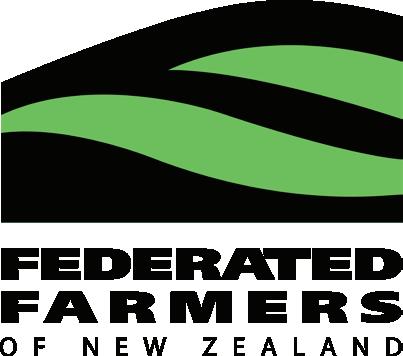
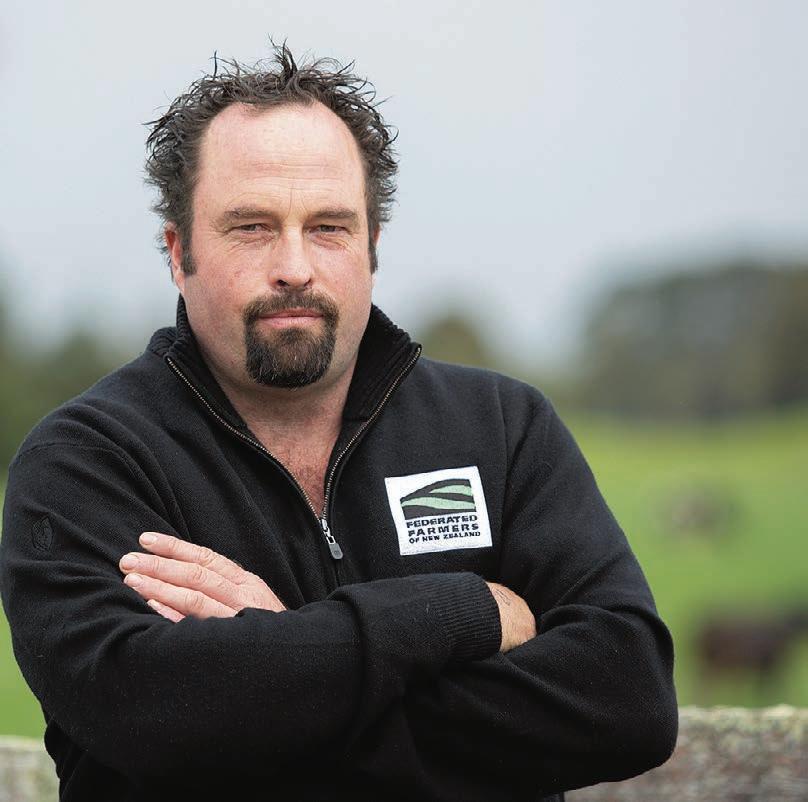
bat for farmers, which saw the Government agree to reduce the standard advertising period from 21 days to 14, and to give priority to dairy visa processing.
“Those out-of-the-blue rule changes in April came as a very unwelcome surprise to farm employers who already had visa applications in the pipeline,” McIntyre says.
“Whatever longer-term settings are agreed, farmers need some certainty.”
Federated Farmers’ July Farm Confidence Survey showed recruiting skilled and motivated
staff is the hardest in more than a decade, with the ability to recruit now sitting at the lowest level since July 2012.
“It’s simply not good enough for New Zealand’s largest export earner to be scrambling to fill roles,” McIntyre says.
“Of course we’d love to be hiring more Kiwis, but we’ve also got to be realistic about this. It’s hard to attract people to live in some of our more remote communities.
“Farmers expect to see efficient, practical – and most of all, stable –immigration settings that recognise this.”
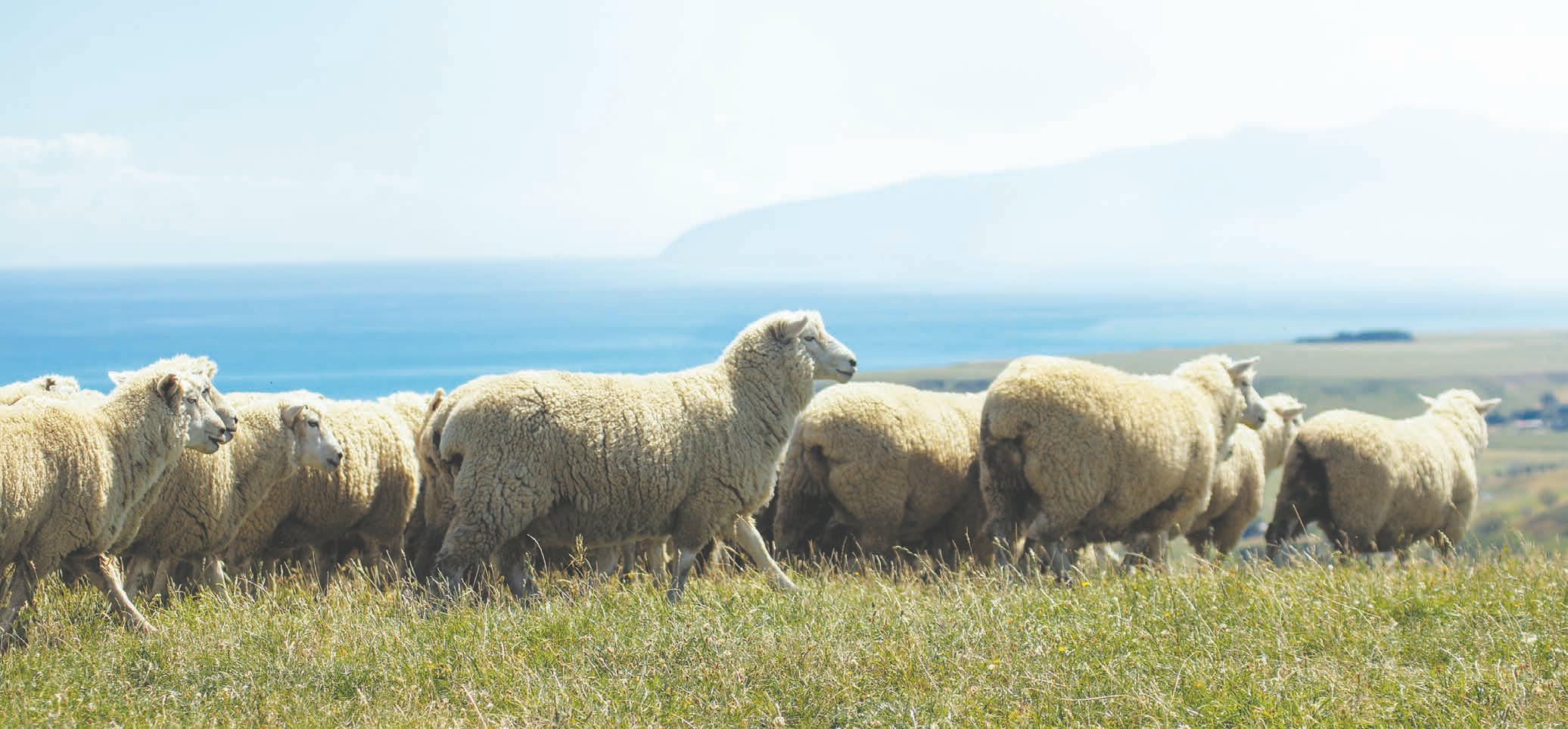


FARMIQ farm management - recording and reporting at your fingertips.




FARMA X decision support - see what's possible in your farm system.


New Zealand policymakers need to stop speaking in confusing academic language if they want to find common ground with farmers, Nuffield scholar Kerry Worsnop says.
Worsnop says major changes are needed to the way we create agricultural policy in this country, including breaking down the barriers between policymakers and farmers.
“The public service has existed in its own world for a quite a long time and it’s developed a language that is heavily academic.
“That’s just become normal in New Zealand – but it’s actually not normal.
“There’s no way you can have common ground if you don’t share a common language.”
Worsnop, whose Nuffield report explores why agricultural policy design is broken and how we can fix it, says baffling policy-speak is a sure-fire way to get farmers feeling resistant to change.
“If you have a policymaker who doesn’t understand farming
language, and a farmer who’s tasked with complying with something and they have no idea what half of the policy-speak means, you’ve got a recipe for pretty terrible engagement.”
As part of her Nuffield Scholarship, Worsnop travelled to see how agricultural policy is made in other countries.
“I sat in a room in the UK and listened to people who are trying to do the biggest reforms in agriculture in 70 years.
“I heard one of their senior executives say, ‘Look, if there is even one page in any of this that a farmer
There’s no way you can have common ground if you don’t share a common language.
Kerry Worsnop Gisborne farmer and Nuffield scholar
can’t read and understand, then we are screwing it up and throwing it out’.
“I sat there in kind of semi-shock because there are entire policy workstreams where farmers would struggle to read a paragraph of it in New Zealand, and that’s just our normal.”
An example of where she’s seen this is in conversations about water quality.
“Academics describe water clarity in terms of ‘turbidity’ – farmers describe it as dirty, silted or muddy,” she says.
“Policy people talk about things like dissolved oxygen levels, macroinvertebrates, and eutrophication, which aren’t terms you’d ever find in farming.
“However, farmers deeply understand concepts like what animals need to survive and thrive, and they’re really good at achieving those outcomes.
“When it’s clear that what the policy wants to achieve is to make the living things in the water as

UNDERSTANDING: Kerry Worsnop says issues like freshwater policy are held back from progressing because of the language used in documentation.
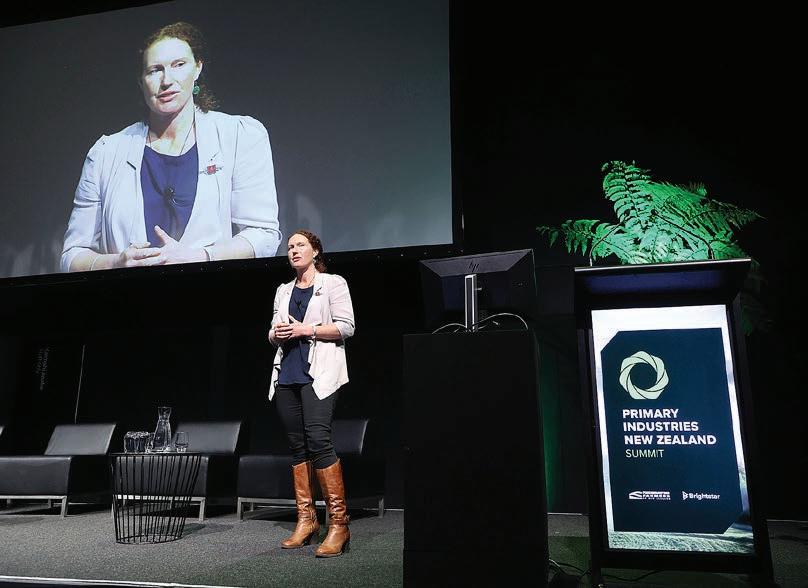
abundant and healthy as possible, then there’s a much higher chance the definition of success can be shared.”
She says, most of the time in New Zealand, policy people “in ivory towers” write in academic language, which then needs to be interpreted for farmers by a consultant or official, to explain how the policy works on the ground.
Another problem is what Worsnop describes as “a linear chain of command”.
She says the way policy is made needs to be much more collaborative, rather than a topdown approach.
“The way we do things here is that the policymakers determine what the problem is and come up with proposals.
“They’ll consult briefly on it and then make you do whatever it’s decided you should do in that linear process.”
That process tends to be highly patronising because it hasn’t started with the people who are actually going to be affected by the changes, like farmers, Worsnop says.
There needs to be more time and resources committed to a collaborative process right at the at the front of the policy-making process, she says.
“Because that often hasn’t been
invested in, what you find is policy people say, ‘We know what’s best for you, and stop questioning us because you just don’t want to have to do change’.
“‘It doesn’t matter that you think this won’t work. Just suck it up and get on with it.’”
Worsnop says it’s only natural that farmers – like anyone else – will switch off if an official is standing there telling them what they think is best.
“If you want to see what people do in that situation, go to a room full of people who are being told what they should do, who haven’t been asked what they think the definition of success is.
“They will have their arms crossed and they’ll have their heads down. A handful of them might have their hands on the hips because they’re ready to fight back.
“The way you want to address complex policy is with open people with open minds.
“There needs to be goodwill, attempting to tackle problems where there’s an agreed definition of the problem and some consensus on what success will look like.”
• Hear Worsnop discuss how to fix agricultural policy in the latest Federated Farmers podcast episode –fedfarm.org.nz/podcast



Bank flexibility and a change of mindset from retiring farmers is needed for New Zealand to avoid more sheep and beef properties being blanketed in pines, Ruby Mulinder says.
“It can be pretty tough for young farmers to get their foot on the first rung of the farm ownership ladder,” the Federated Farmers RotoruaTaupō meat and wool chair says.
“Unless you’re inheriting a farm or there’s some sort of family finance available, it just feels too far out of reach for most young farmers coming up through the ranks.
“The traditional pathways for dairy farmers like sharemilking are still there, but they seem to be getting tougher and tougher each year.
“For young sheep and beef farmers, you really need to buy 300-plus hectares if you’re going to be financially viable, but without an equity partnership or vendor finance it’s hard to get started.”
Mulinder, the 2024 Federated Farmers ‘Meat & Wool Advocate of the Year’, knows this from personal experience.
The farm consultant and her engineer husband Sean Nixon worked long hours in professional jobs off-farm, and were “scroogier than Scrooge” with their spending, to build equity.
They successfully purchased a 142ha farm near Tihoi on the northwestern shores of Lake Taupō in 2020, but getting the deal over the line was far from simple.
“It took some drawn out and painful negotiations with the bank and the willingness of the vendors to leave some finance in,” Mulinder says.
“The previous owners effectively became a second bank. They left in a chunk of money, interest incurring,
that gave us the hand up we needed.
“That’s what it takes: a bank willing to look at different ways to skin the cat, and a retiring farmer willing to give the next generation a look in.
“As an industry, we need to have more honest conversations about this. Out of all our friends, we don’t know anyone else who’s in ownership who didn’t get there via the family farm.”
Mulinder grew up in central Hawke’s Bay where her father managed the Pōrangahau farm of former Cabinet Minister Duncan MacIntyre for 16 years before the family moved to Ongaonga.
The traditional pathways for dairy farmers like sharemilking are still there, but they seem to be getting tougher and tougher each year.
Ruby Mulinder Federated Farmers Rotorua-Taupō meat and wool chair
On a dairy farm down the road, she was milking cows from an early age, then picked up farm work as she paid her way through an agricultural science degree.
After graduation she worked for Landcorp for five years on dairy farm conversions, before she and Sean moved to the UK to try and put more money together.
She worked as senior farm business manager for cheddar cheese makers in Devon, while Sean played rugby and worked for Tetra Pak.
The young family see huge potential in sheep milk and are relishing the challenge of operating

a 100% natural rearing system.
This system enables ewes to rear their lambs for six weeks before weaning, then milking commences. Non-replacement lambs are finished on-farm or sold store.
The first year on their Tihoi property, with 500 ewes to train to be milked, was hard, all with a new baby in tow.
Now they’ve built up to 800 dairy ewes, with 150 beef cattle as well, a mix that works well in the sensitive lake catchment with strict nitrateleaching controls.
“New Zealand milking sheep genetics aren’t quite there yet. They’re soft in the foot and they’re not particularly hardy,” Mulinder says.
“We’re really working on our breeding strategy and starting to see some successes. This season only 8.5% of our hoggets were dry at scanning.”
The couple’s own flock is growing too: Connor is now three, and Mulinder or Sean will have 3-monthold Flynn in a frontpack as they get on with their farm work.
As if raising a young family, running a farm, and juggling busy jobs off-farm isn’t enough, Mulinder also plays a key role working with Chatham Islands farmers.
“Sheep and beef farming is tough enough as it is right now,” Mulinder says.
“When you put 800km of open water between your farm and markets on top of that, it certainly doesn’t make it any easier to earn a dollar.
“Three outages with the ship that brings their stock to New Zealand for processing has created a massive backlog, and because of the distance, the price of inputs is verging on extortionate.”
Mulinder says her role with

ADVOCATE: Ruby Mulinder says her role with Federated Farmers has allowed her to speak with decision-makers in Wellington about the big challenges facing Chatham Islands farmers.
Federated Farmers has allowed her to raise these issues directly with Ministers and decision-makers in Wellington.
“Federated Farmers is all about empowering farmers and creating
opportunities for them to be their own best advocates,” she says.
“They’ve got a seat at the table and they’re providing a true farming voice that otherwise just wouldn’t be there.”


While Colin Hannah is thrilled at news of a four-lane expressway being built to Northland, he’s wary of potential roadblocks ahead.
The Federated Farmers Northland president says he was “ecstatic” at the Government’s recent announcement it would be accelerating work on an expressway between Auckland and Whangārei.
“This is fantastic news about Northland being connected to the rest of the country with a highway, and I’m celebrating as much as other farmers in the region.
“Our region’s growth has for too long been strangled by poor infrastructure, most recently seen with the 190-day closure of
the Brynderwyn Hills, which has cost farmers and the rest of the community hugely.”
However, Hannah says he’s been around long enough to know an exciting announcement from the Government doesn’t mean the expressway is a done deal.
“I’ve been listening to politicians telling us we’re going to get a lifeline for the last eight or nine years.
“Over this time, I’ve attended at least five meetings around the building of the highway, and we’ve had the opportunity to look at possible routes and design work.
“But then we had a new Labour Government come in and someone coined this new road ‘the Holiday Highway’ – and plans disappeared overnight.

ROAD BLOCKS? Colin Hannah says Northland has been strangled by poor infrastructure and the expressway is vital to its success.
“As a region we’ve paid the price of this idealism dearly.”
Hannah says that same risk of political interference exists now.
“Because of our endless rollercoaster of election cycles, we could easily see a new Government come along and scrap the expressway, even if it’s part-way through being built.
“If that happens, my fear is we could see Northland once again left with nothing more than a goat track for a road.”
In Transport Minister Simeon Brown’s announcement last month, he said delivering three new Roads of National Significance for Northland was a large and complex task that would require a significant shift in approach.
That approach would include a progressive public private partnership model, and the expressway would be treated as one project but in three stages: Warkworth to Te Hana; Te Hana to Port Marsden; Port Marsden to Whangārei.
Hannah says it makes sense to split the massive project into three bitesized sections of work, but the only stage he’s confident about is the first.
“What we are sure of from this great announcement is the Warkworth to Te Hana section.
“This is within the current Government’s term timeframe and, because much of this has been consented and could actually start almost immediately, we can now rest assured this section will get done.”
He says the other two remaining sections are nothing more than lines on a piece of paper.
“There’s so much work to be done before they become a reality, including land acquisition, design work, and consents to be obtained.
“That’s where the risk is – that we never see those two sections built.”
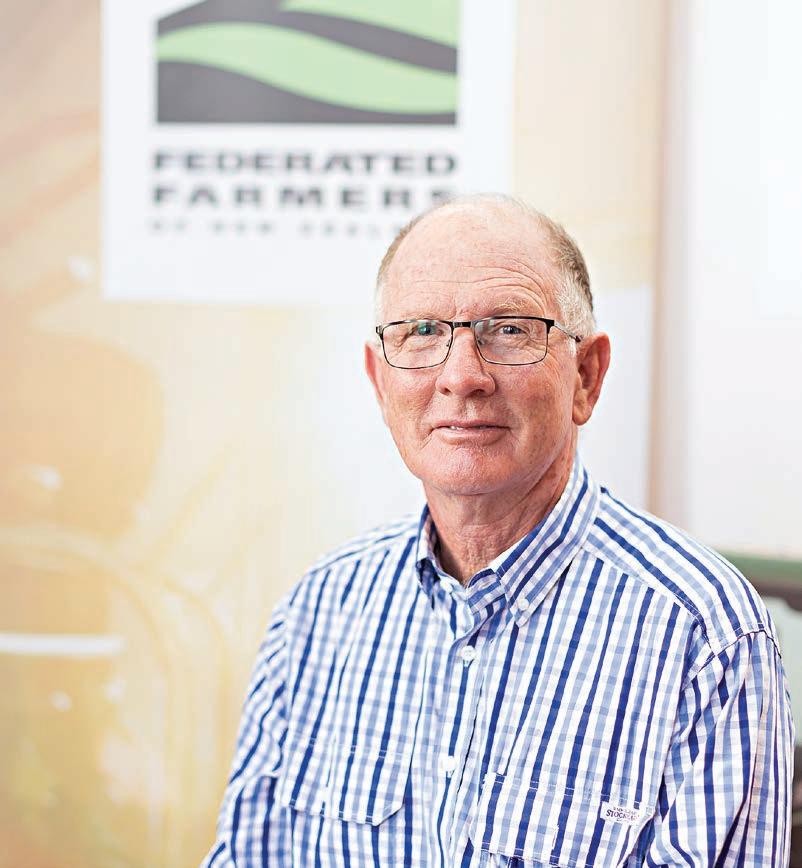
CERTAINTY: Colin Hannah says constructing the Northland Expressway under an authority like the 1950s Harbour Bridge Authority would be the only way to protect the project from political interference.
from a reputable superannuation fund.
Because of our endless rollercoaster of election cycles, we could easily see a new Government come along and scrap the expressway.
Colin Hannah Northland Federated Farmers president
Hannah says he’s been meeting with Northland Chamber of Commerce and other business leaders, and they’ve agreed on a way to safeguard the new expressway from political interference.
“What we’d like to see is this critical piece of infrastructure is constructed and managed under an authority similar to the Harbour Bridge Authority back in 1950.
“The authority could be formed under an act of Parliament and funded not out of the Government’s books but through borrowed money
“This type of structure would be the only way we Northlanders could have some certainty for the future, so we don’t become political pawns like we have in the past.”
Hannah says farmers and others in Northland are 100% on-board with the idea of the new expressway being a toll road.
“In all my meetings and conversations, I’ve not had one ‘no’ to that idea.
“Everybody is saying ‘bring it on’, and that’s because a proper highway to Northland would bring such huge savings and efficiencies to our people that any cost of a toll would be minimal in comparison.”
He says he’s not out to criticise the Government but wants to find a way of working with political leaders to come up with a plan that truly works.
“We need to talk, listen to each other, and find a way to fix Northland’s roading woes once and for all.”
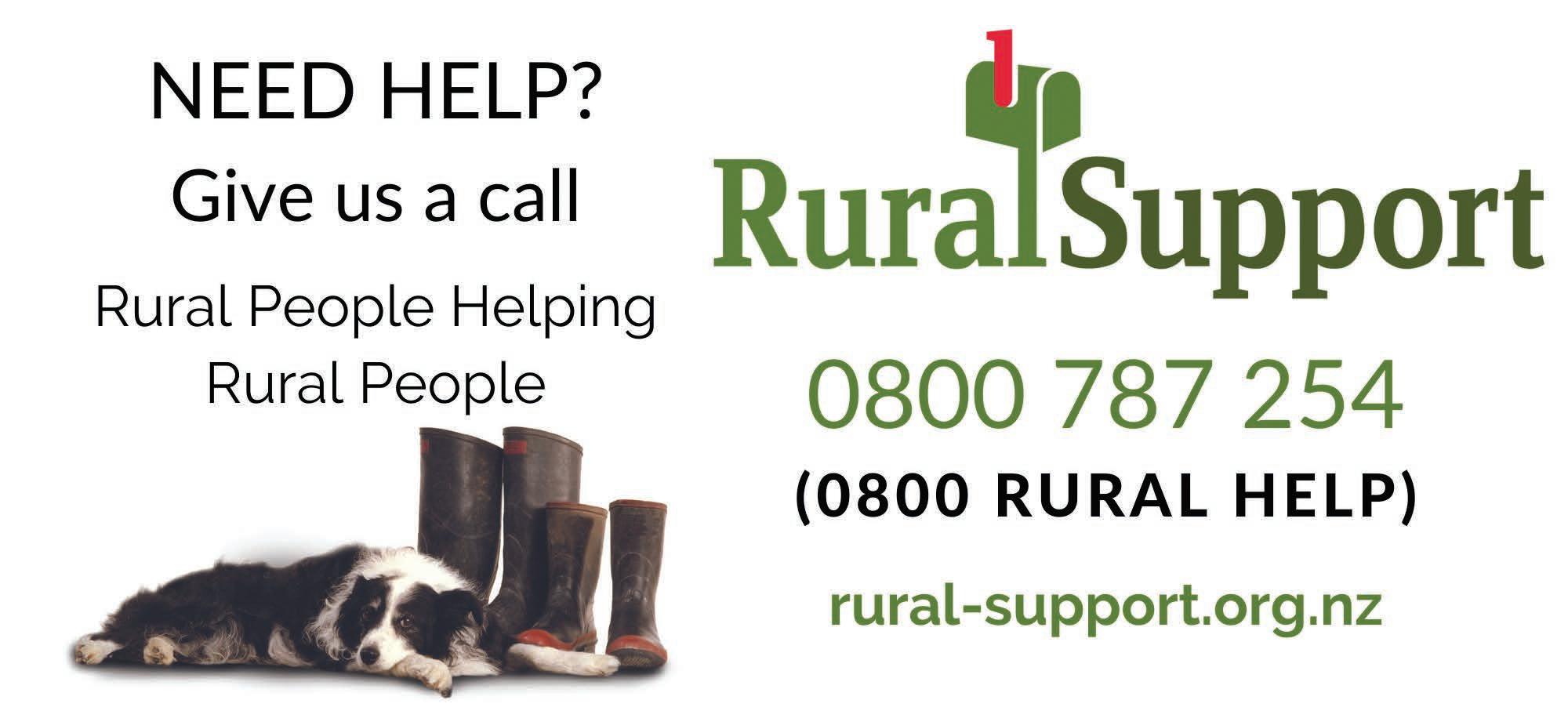
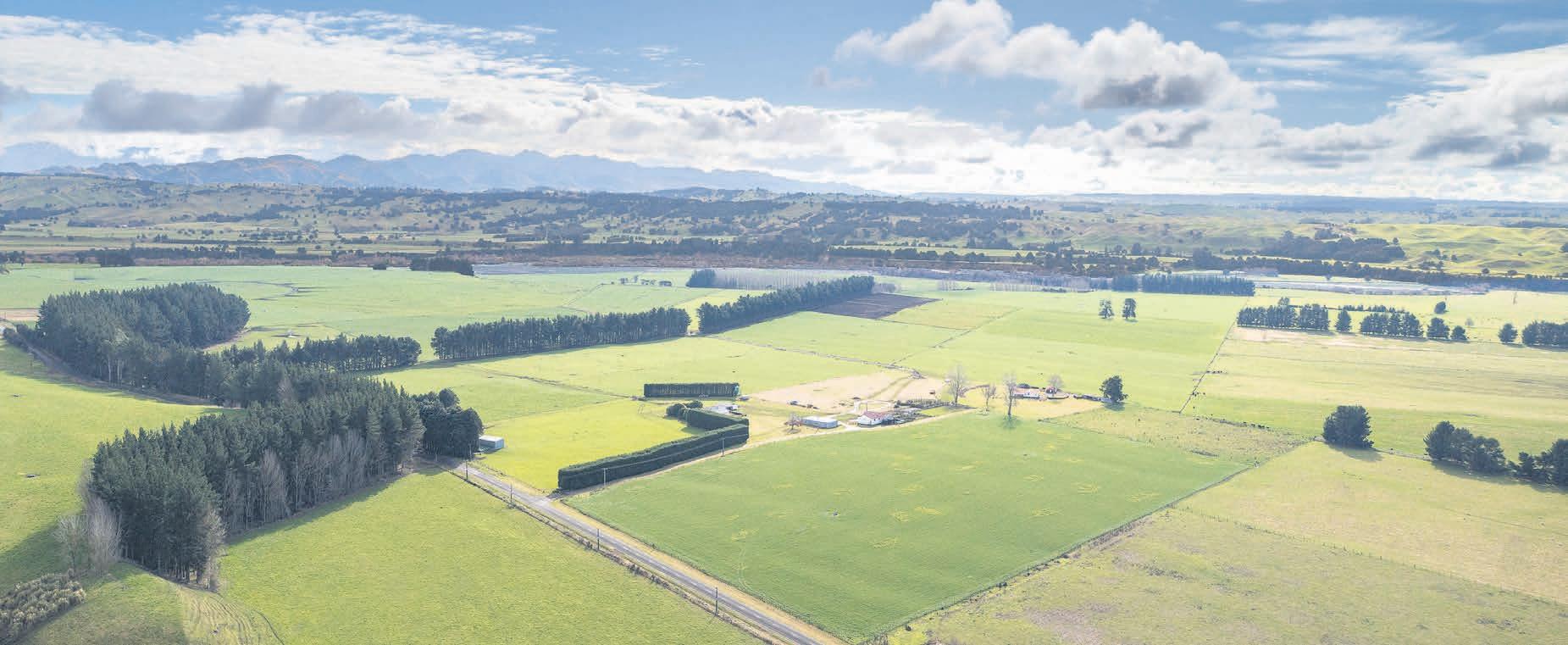
Explore this unique 170ha farming opportunity in the esteemed Onga Onga district, held by the same family for 96 years Currently a high-performance sheep and beef finishing operation, the property also has a history of cash cropping and potential for horticulture Located 9 2km from Onga Onga village and 24km from Waipukurau, the land is flat spread over two terraces with excellent fencing, fertilser history, water system, and grass renewal programs Includes two homes a three-stand woolshed workshop stables and more Endless possibilities await! bayleys co nz/2871044
170 9963 ha
Tender (unless sold prior)
Closing 12pm Wed 18 Sep 2024
26 Takapau Road, Waipukurau
View by appointment
Andy Hunter 027 449 5827 andy hunter@bayleys co nz EASTERN REALTY


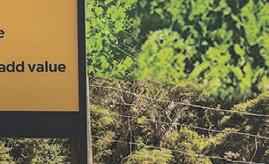





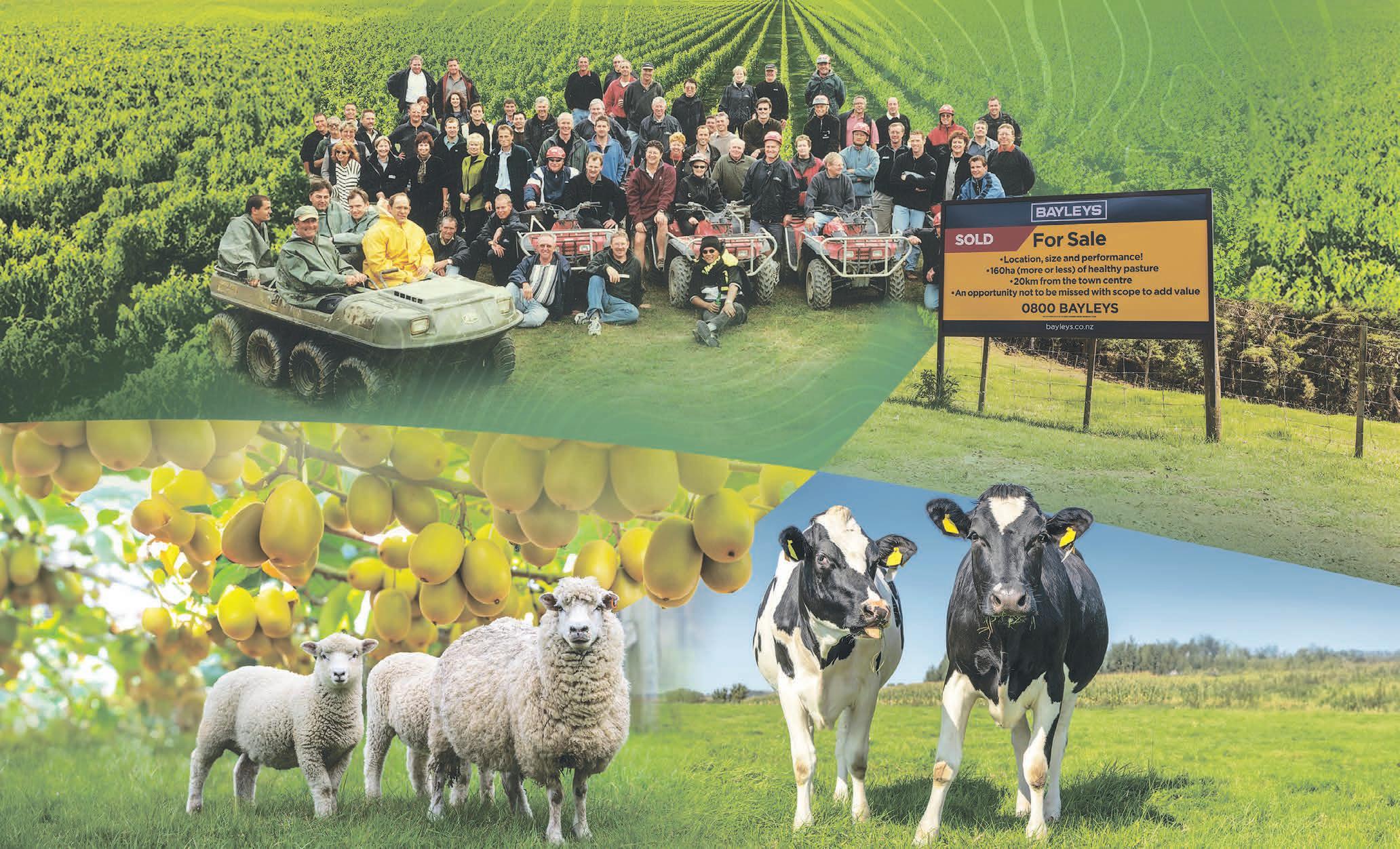


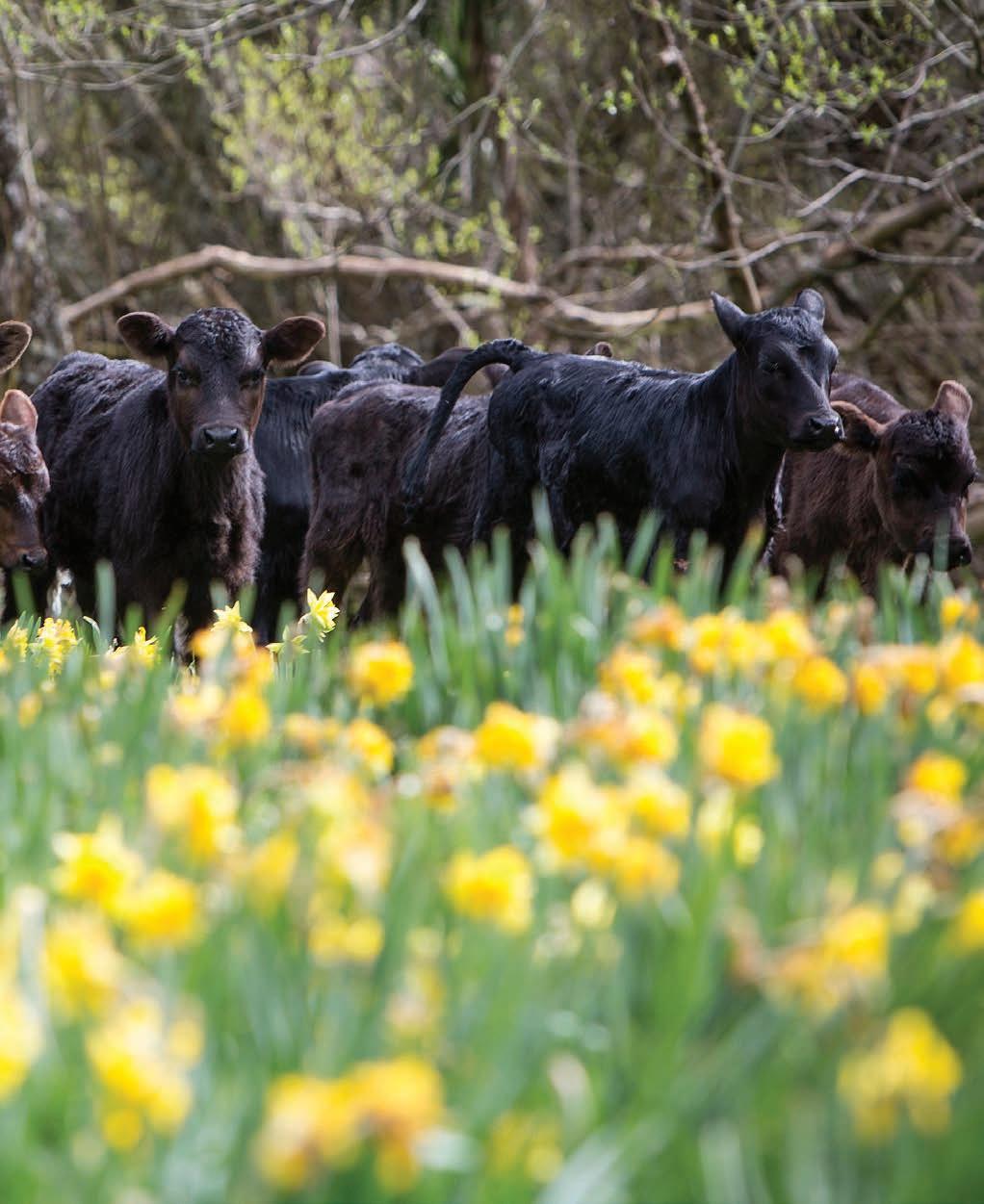
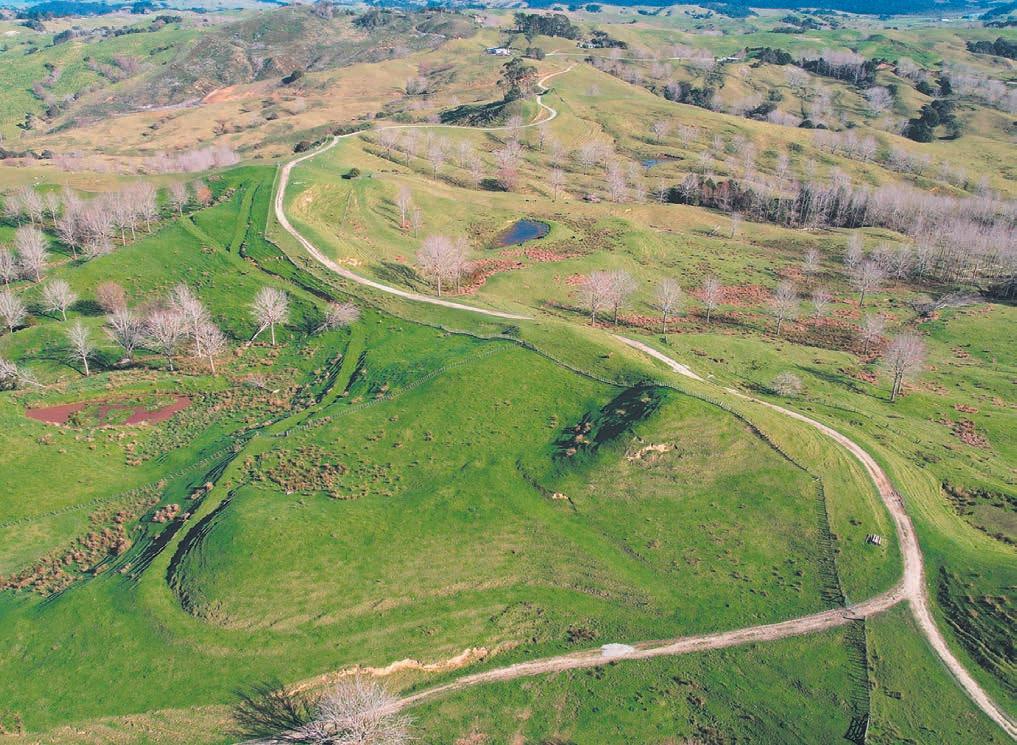



+ 2,449 5ha* combined freehold area (subject to subdivision); + 1,935 6ha* combined planted area (including 2024 planting); + Mixed age class providing future woodflow flexibility;
“Latitude 40 Forests” presents an appealing opportunity for buyers seeking substantial scale and future timber yield in a well-established forestry region An ag gregation of six separate assets, which include a mixture of recently planted and mid-rotation forests, as well as mixed-age near-mature woodlots Each landholding was chosen for its suitability for afforestation, including contour, soil types, and proximity to public arterial roads, domestic wood processors an d ports Significant areas of indigenous bush and riparian setbacks have been reser ved to enhance the biodiversity within the estate Deadline Offers: Thursday 12 September



+ Proximity to transport infrastructure, sawmills and ports; + Stands of indigenous forest, ponds and streams; + This farm land is available for sale










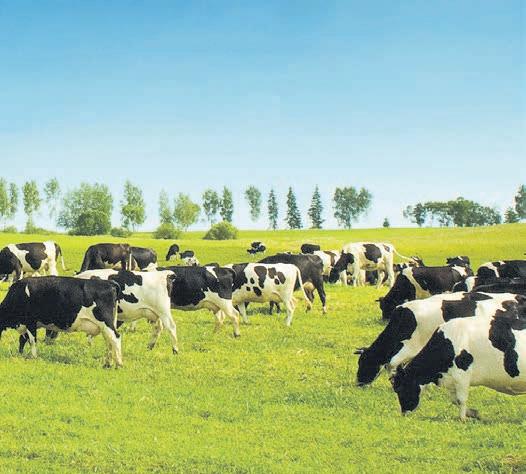


















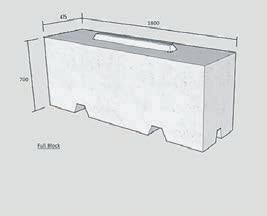








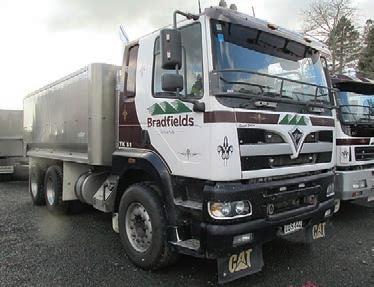
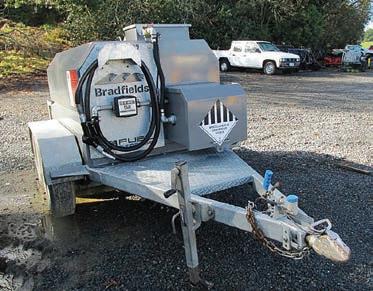
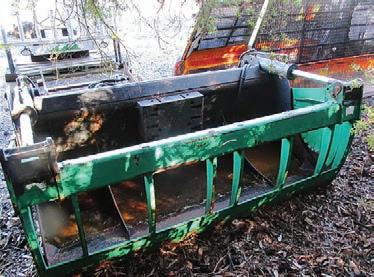

After
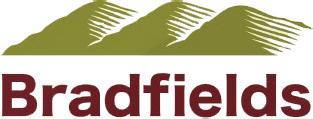







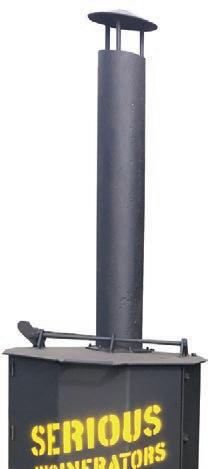

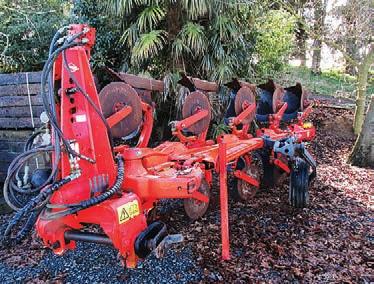

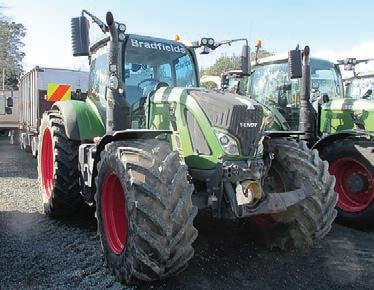
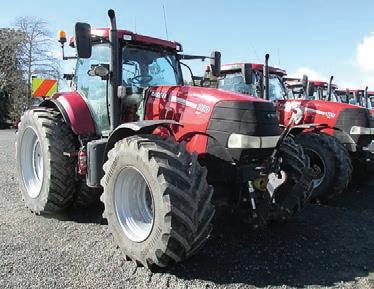
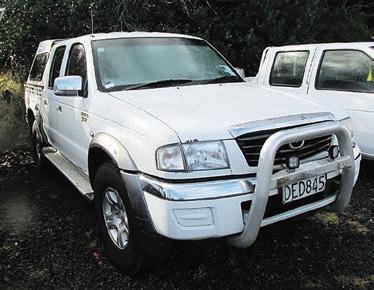
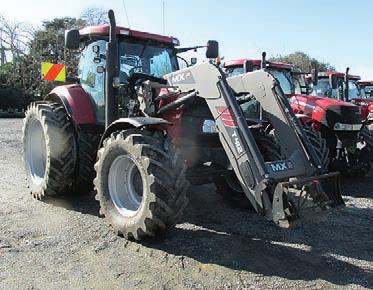
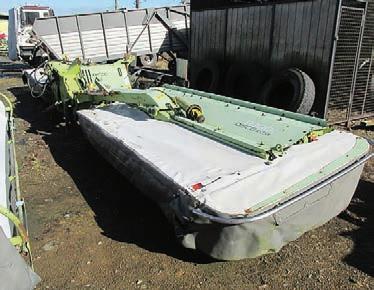



GOATS WANTED. All weights. All breeds. Prompt service. Payment on pick up. My on farm prices will not be beaten. Phone David Hutchings 07 895 8845 or 0274
stock health food. As seen on Country Calendar. Orders to: 03 322 6115 or info@nzkelp.co.nz
HIGH PRESSURE WATER PUMPS, suitable on high headlifts. Low energy usage for single/3-phase motors, waterwheel and turbine drives. Low maintenance costs and easy to service. Enquiries phone 04 526 4415, email sales@hydra-cell.co.nz PUMPS
WILTSHIRES-ARVIDSON. Self shearing sheep. No1 for Facial Eczema. David 027 2771 556.


and practical farm map – visit farmmapping.co.nz for a free quote.
RAMS FOR SALE SILAGE FOR SALE WANTED TO BUY SILAGE ROUND BALES. Good Quality, weed free. Can deliver – Waikato/BOP area. Phone 027 493 2079.
SAWN SHED TIMBER including Black Maire. Matai, Totara and Rimu etc. Also buying salvaged native logs. Phone Richard Uren. NZ Native Timber Supplies. Phone 027 688 2954.
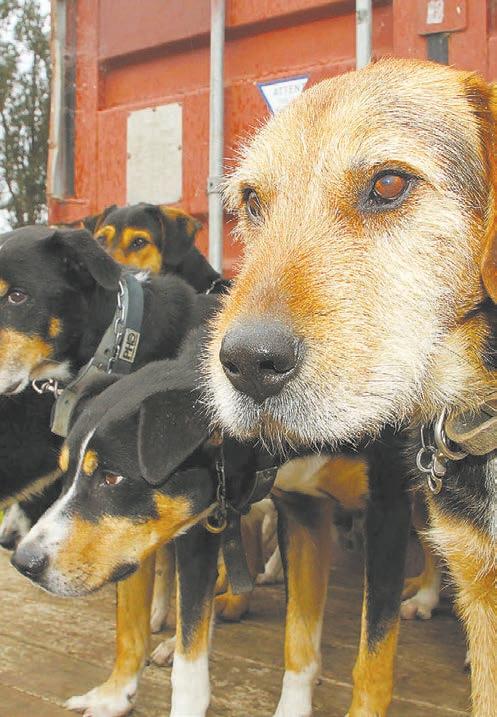


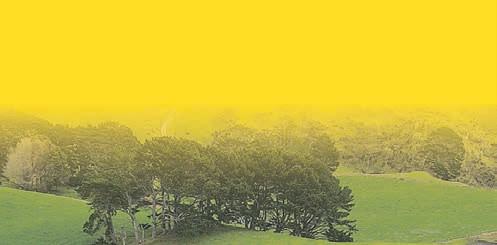
120 YEARLING ANGUS BULLS at our Annual On Farm Sale and Hybrid Auction

Chris & Karren Biddles, RD1, Te Kopuru, Northland P: 09 439 1589 m: 021 795 929 e: chris@teatarangi co nz Specialising in Ease of Calving and Heifer mating


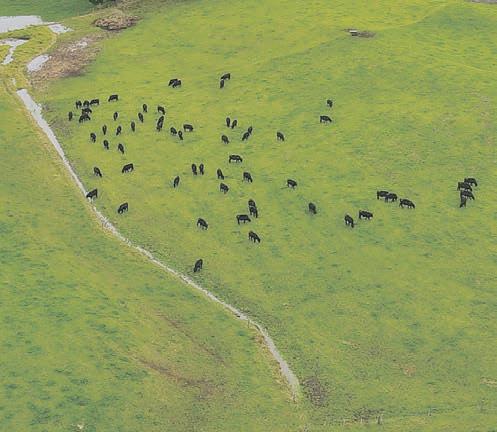

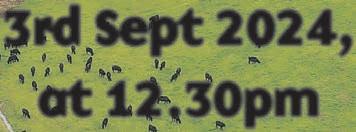
3rd Sept 2024, at 12.30pm
Thanks for all your messages!
First of all, I’m fine - or I will be soon. I had a nasty accident today but I’m ok. I went horse riding and let’s just say it didn’t end up quite as planned.
I got on the horse ok and started out slowly but he started to speed up and we were going faster than I was comfortable with until we were going as fast as the horse could go! Have to admit I was terrified!!
Then the worst thing ever happened - I fell off and caught my foot in the stirrup and the horse was dragging me around in a circle.
It wouldn’t stop, it just kept going around and around. Thank goodness the ride supervisor noticed and came out and unplugged the carousel.
Here at Farmers Weekly we get some pretty funny contributions to our Sale Talk joke from you avid readers, and we’re keen to hear more! If you’ve got a joke you want to share with the farming community (it must be something you’d share with your grandmother...) then email us at: saletalk@agrihq.co.nz with Sale Talk in the subject line and we’ll print it and credit it to you. Conditions apply

In conjunction with North South Livestock
12pm Wednesday 21 August 1010 Quailburn Road, Omarama
WE WILL OFFER APPROXIMATELY:
• 150 Angus and Hereford Angus
R1 steers
• 150 Angus and Hereford Angus
R1 heifers
• 100 Hereford and Simmental X
R1 steers
• 100 Hereford and Simmental X
R1 heifers
• 80 Angus and Hereford R2 mixed
sex
Antibiotic free and fully traceable cattle that will shift.
BBQ lunch and refreshments to be provided.
1% of sale proceeds to be donated to the Omarama school
ENQUIRIES
Bill Reid (N/S Livestock) 027 431 8194
Hamish McAslan (Carrfields) 027 281 0377
Gareth Coutts (Carrfields) 027 208 9365

250
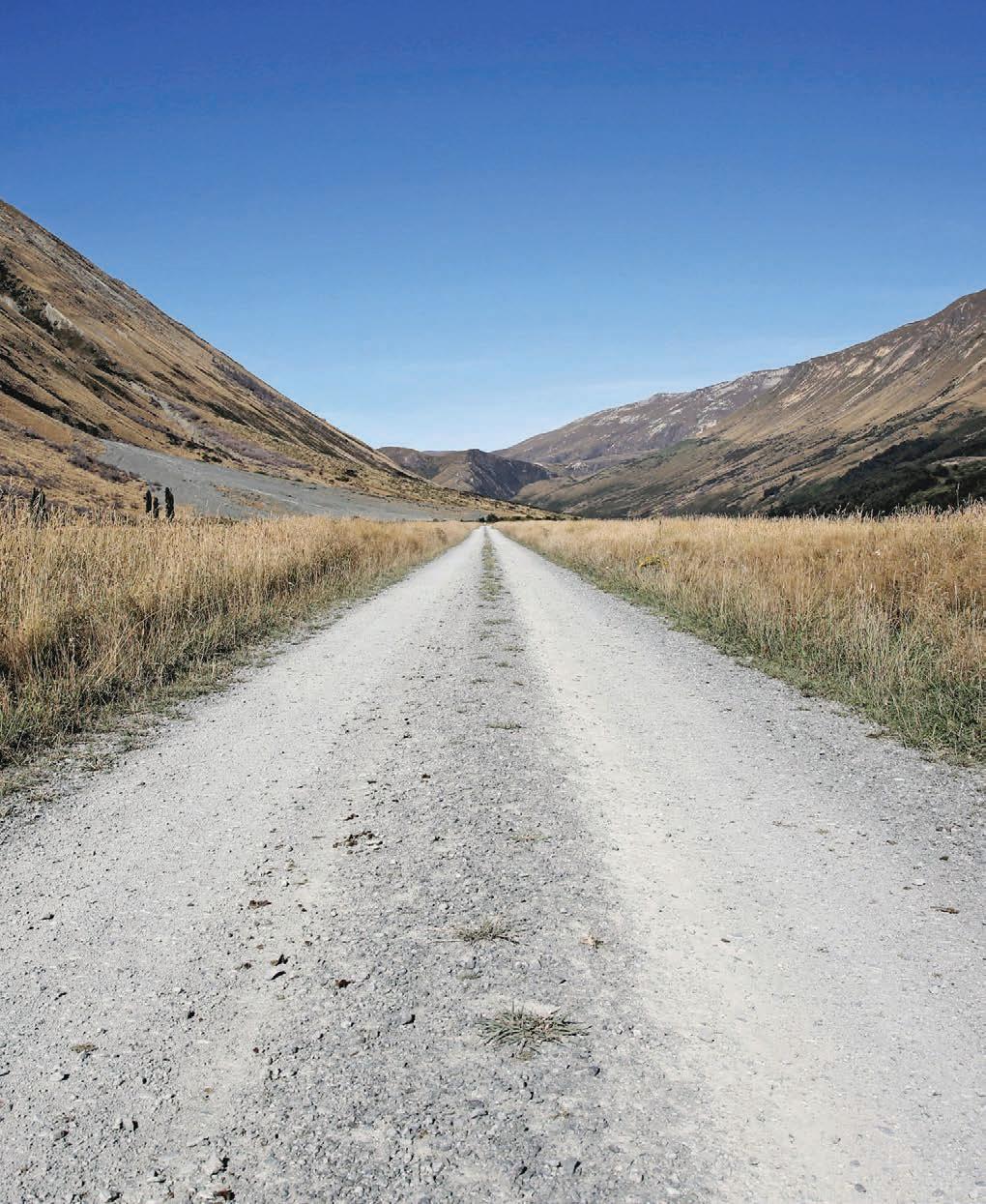





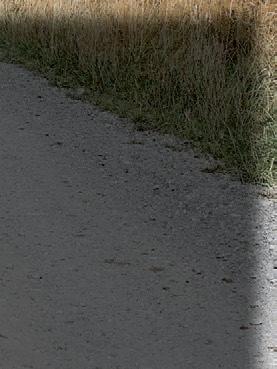

Lamb and beef prices have risen well above normal in the space of a few weeks in the face of a plummeting supply of stock for processing.

STORE and slaughter prices have skyrocketed in recent weeks, buoyed by a shortage of finished stock and a need to replenish on-farm stocking rates.
In the past four weeks, lamb slaughter prices have lifted by 4045c/kg and store lamb prices by 35-65c/kg, while cattle slaughter prices have lifted 25c-75c/kg over the same period.
But the cattle market was already climbing in early June and some slaughter classes are now over a $1/kg higher than eight weeks ago.
While lamb prices have been higher at this point before, cattle prices are in uncharted waters for this time of the season. This is in stark contrast to last year when prices were already falling on the back of weakening export demand.
Without question, local trade demand has driven the market higher since June as end users hunt for supplies to service domestic needs, sheltered from the volatility of export markets.
This has unleashed procurement pressure on the market like we haven’t seen for some time.
The knee-jerk reaction is to lift prices to entice stock into the processors, but if prices lift too hard and fast, sellers tend to sit on their hands waiting for further upside, shortening supplies even further.
Procurement pressure can quickly add extra cents/kg if the stars align and there is a shortage of stock relative to processing capacity. Usually procurement is led by export demand, but this time the lift in farmgate prices doesn’t match what we are seeing in some export markets.
Therein lies the key concern: although lamb and beef prices have risen well above normal in the space of a few weeks, there hasn’t been a corresponding jump in pricing from markets that focus on prime beef and lamb.
This current upside is largely being influenced by domestic forces, which has happened due to plummeting supply of stock for processing. Slaughter rates generally bottom out through the winter months but the drop this year has happened earlier and
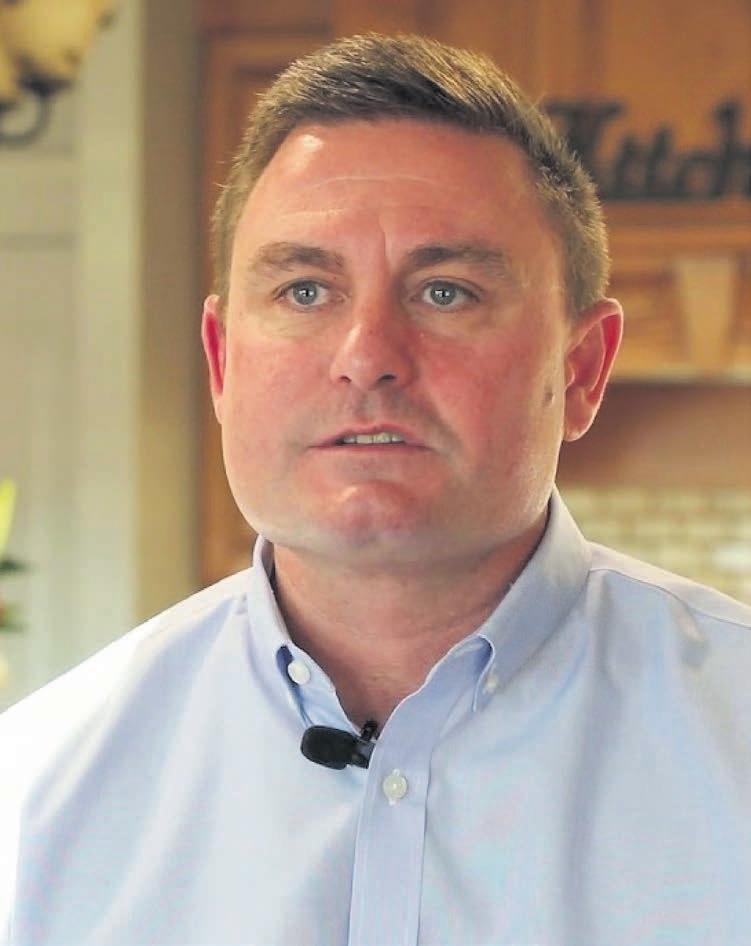
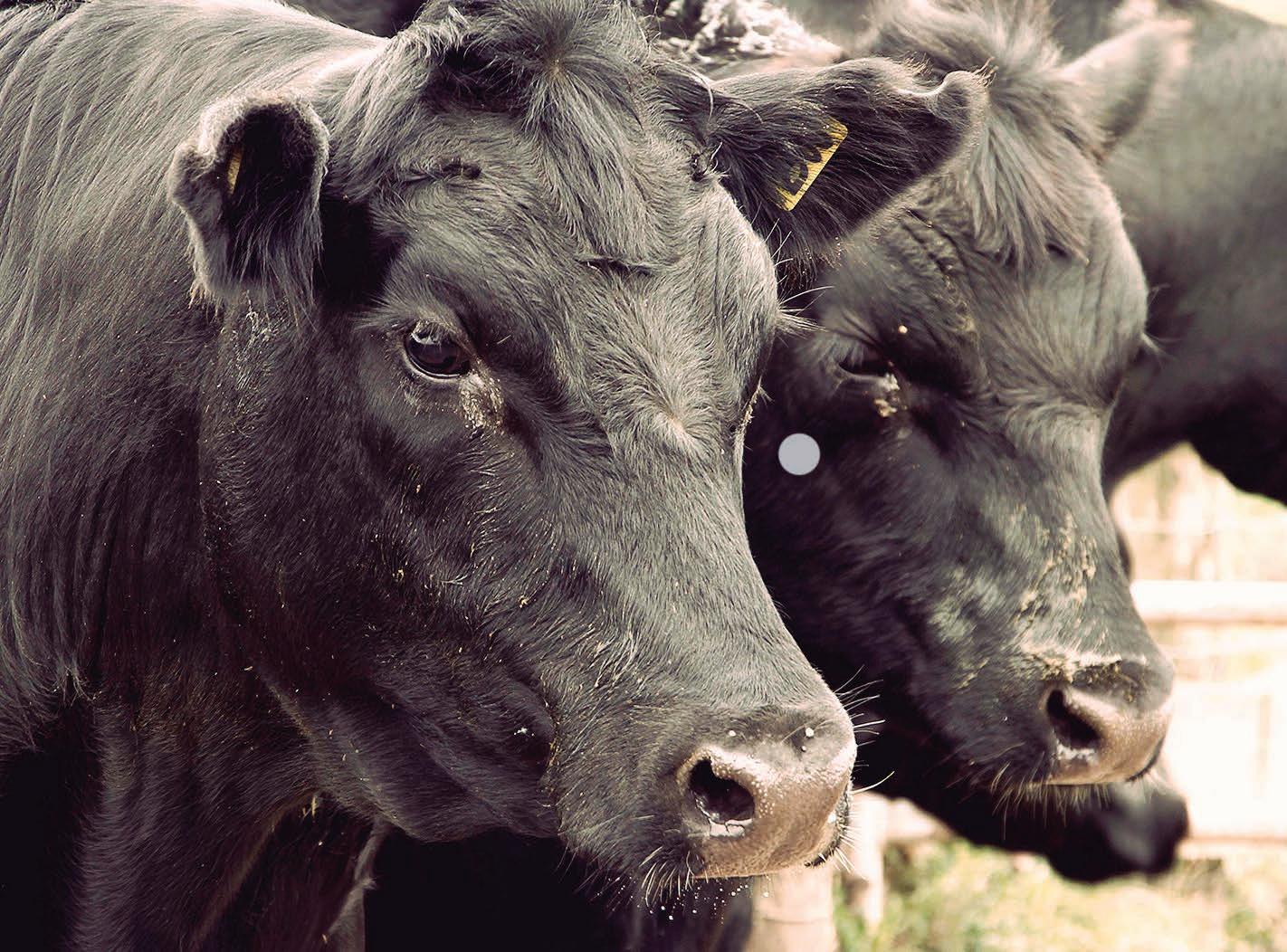
quicker than normal, catching some by surprise.
By early July, the weekly New Zealand lamb kill had dropped to 130,000 head. This represents the lowest lamb kill for this time of the season in three years. National cattle slaughter rates have also slumped well below average.
Last year market conditions were quickly deteriorating, forcing a higher offload to processors to offset further pricing downside.
Now we are seeing the opposite occur, whereby there’s a growing expectation that if prices are lifting now, they will simply continue to march higher to spring. It’s clear this is underpinning prices paid for store stock.
The rapid upside in slaughter
prices has sparked life into the store markets and encouraged buyers to return to the rails and compete. In some cases, processors are competing against the strength of the store market as it pulls livestock away from them and back to the paddock.
This has further magnified the shortage of available stock for processing. The prices paid for good R2 cattle and trade lambs means a further delay before these reach processing plants as buyers will look to pump weights to secure required margins.
That won’t necessarily mean a continuation of strong procurement pressure. Rather, processors will be looking at when supplies are set to favour them. They have paid more for livestock
versus export returns in recent weeks and at some point they will look to recoup. This will happen as supplies lift to a level that dampens the need to compete. This is the downside of a procurement battle. When it occurs, with no material lift in market support, it generally has a short life span and creates a volatile pricing environment. While those with cattle will be able to ride it out for longer, the window to offload this season’s lambs is now condensed down to roughly eight weeks, with a little extra leeway for later South Island lambs. If there is no lift in export demand and lamb numbers spike, chances are prices may start to fall faster than earlier expectations.
Bryan


in his only NZ
L I S TE N N OW
and development at Bayer
about how new genetic technologies are transforming seed production and how our strict regulations may hamper our ability to compete
A shortage of cattle to finish has been an issue brewing for a couple of years now and buyers understand competition is high. This has created stronger markets across the board. At the beginning of the production line are feeder calves and Frankton sold another 1367-head on Tuesday, August 6. Another notch stronger than last week, Friesian bulls reached $245 and black-whiteface Hereford-Friesian made $310 and $210 for steers and heifers respectively. Also in short supply, R2 Friesian bulls made an appearance at Stortford Lodge last Wednesday and reached $2005 for a pen of 21-head at 518kg, $3.87/kg.
R1 Angus, exotic-Friesian steers, 295-377kg
R1 Hereford-Friesian heifers, 246-315kg
Aut-born weaner Hereford-Friesian, Friesian bulls, 92-155kg
Aut-born weaner beef-cross, Hereford-Friesian heifers, 91-150kg
Prime Hereford-Friesian steers, 675-760kg 3.61-3.62 Prime Limousin steers, 536-596kg
Friesian-cross cows, 423-535kg
Kuiti | August 2
R2 Hereford-Friesian heifers, 347-430kg
R1 Hereford-Friesian steers, 276-285kg
R1 dairy-beef heifers, 220-335kg
Rangiuru | August 6 | 404 cattle, 27 sheep
R2 dairy-beef steers, 395-458kg
R1 dairy-beef steers, 156-183kg 4.25-4.62
R1 Angus heifers, 196-236kg 4.24-4.46
Prime beef, dairy-beef steers, 655-738kg 3.67-3.80
Prime beef, dairy-beef heifers, 470-550kg 3.51-3.60
Prime lambs, all 130-134
Frankton | August 6 | 559 cattle
or $/hd
R2 traditional, beef-cross steers, 440-491kg 3.53-3.69
R2 Angus, Friesian heifers, 420-503kg 3.24-3.51
R1 Hereford-Friesian steers, 196-212kg
R1 Hereford-Friesian heifers, 273-306kg
Aut-born weaner Hereford-Friesian, Friesian bulls, 111-116kg
Aut-born weaner Hereford-Friesian heifers, 98-115kg
Prime Angus, Hereford-Friesian steers, 603-671kg
Prime Hereford-Friesian heifers, 492-520kg
Prime Angus cows, 490-574kg
Boner Friesian, Friesian-cross cows, 439-546kg
Frankton | August 7 | 605 cattle $/kg or $/hd
R2 dairy-beef steers, 462-511kg 3.53-3.65
R2 Hereford-Friesian, South Devon heifers, 403-471kg 3.33-3.52
Dannevirke | August 1 | 822 sheep
Store ewe lambs, all
Feilding | August 2 | 1032 cattle, 9090 sheep
R2 traditional steers, 442-536kg
R2 dairy-beef heifers, 299-462kg
R1 Hereford-Friesian heifers, 214-268kg
or $/hd
Aut-born weaner Friesian bulls, 132-153kg 715-810
| August 5 | 118 cattle, 1903 sheep



Paeroa | August 5 | 343 cattle
Hereford-Friesian (black) bulls, small to good
Hereford-Friesian (red) bulls, small to good
Charolais-Friesian bulls, small to good
Other dairy-beef bulls, medium to good
Hereford-Friesian (black) heifers, small to good
Charolais-Friesian heifers, small to good
Other dairy-beef heifers, medium to good
Te Awamutu | August 1 |
Hereford-Friesian (black) bulls, small to good
Hereford-Friesian (red) bulls, small to good
Charolais-Friesian
Frankton | August 6 | 1367
Hereford-Friesian (red) bulls, small to good
Angus-Friesian bulls,



















Philip Duncan NEWS Weather
OIL moisture levels around New Zealand are, generally speaking, smack bang where they should be for this time of year.
In mid-August most regions should be wet underfoot – but not necessarily hearing squelches when you walk on the ground, or having large areas of ponding or puddles.
There are some parts of NZ that are a bit muddy, but there should be far larger areas that aren’t that wet.
According to the Crown’s soil moisture maps, instead of being at field capacity (puddles on the grass, large muddy areas), a majority of the nation is at about 50% soil moisture storage. Hawke’s Bay, Coastal Otago, South Westland, the very eastern coastal side of Marlborough and parts of Northland all fare a little wetter.
But it’s Canterbury that is driest compared to usual for mid-August.
Usually in the depths of the darkest days of winter farmers
around NZ, especially in the south, don’t want much rain. This year we’ve had farmers from Canterbury (and other regions) ask if more rain is coming.
The concern isn’t so much directly for today – it’s about what is going to happen once spring arrives.
Usually in spring NZ gets the traditional westerlies blowing through – and this creates a bigger rain shadow for those in the east, thanks to our mountains and ranges. In other words, spring isn’t often the best season to drive rain in to eastern areas. Parts of Canterbury are now well below where they should be from a soil moisture point of view.
It’s also worth noting the lack of rain falling on the West Coast, especially the northern half or pushing deeper into the mountains; this will also limit rainfall spillover into lakes and other waterways.
There have been some good snow events this winter, to help in spring when that melts, but it’s not as big as some might think despite the snowy snaps we’ve occasionally seen.
At the time of writing this the
ACCUMULATE:
This image shows predicted rainfall accumulation over seven days starting from 6am on Sunday, August 11, through to 6am Sunday, August 18.

forecast for every region in NZ was to lean drier than average for this week up to about Friday, and that included some rain falling in the forecast.
Even if we look at the rainfall forecast for this week, there is not a huge amount of rain coming specifically for Canterbury. The best chances may be this coming
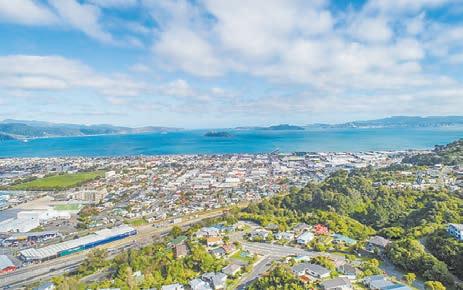

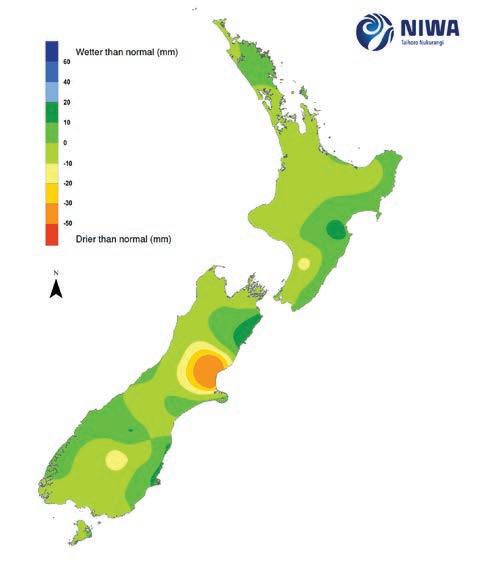
weekend (August 17 and 18) for rain on the West Coast and some spillover to the east.
The long-range forecast taking us closer to the end of August shows some very big high-pressure zones moving through (especially this week) but there is still variety in the weather pattern and we do see low-pressure zones and
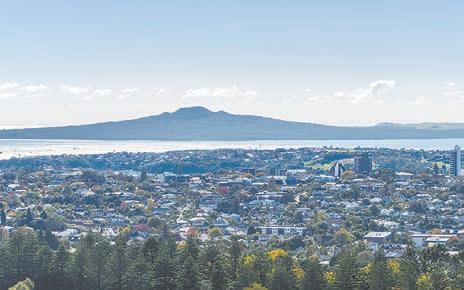
cold fronts still coming into the country.
It’s not all dry. This long-range guidance suggests most rain will lean to the western side of NZ, and that we still have some very large areas of high pressure to come through just yet. We remain in a neutral weather pattern – likely for the rest of this year.
